Despite attempts to lure workers back to the office, remote work persists, especially in urban markets like New York City. As a result, home offices and dedicated workspaces have become an attractive feature, even one that can make or break a deal, for a growing number of buyers. This article discusses the current and projected demand for home offices, the value of home offices, and how and where to add a home office or dedicated workspace to your property.
In this article:
The demand for home workspaces is here to stay
As reported in “Work From Home and the Office Real Estate Apocalypse,” as of early May 2023, there was a 48.4 percent office occupancy rate in NYC. The study's authors also noted that there are few signs that office occupancy will ever return to pre-pandemic levels, observing, “With over three years of remote work experience, many employers and employees have formed new habits and expectations.”
A June 2023 study prepared for WFH Research also found that the work-from-home trend remains strong. Indeed, the study, based on survey data collected since May 2020, found that the pandemic has permanently increased work from home. While the practice peaked at the height of the pandemic (when over 60 percent of US workers were working remotely), as of June 2023, over 28 percent of US workers were still working remotely, with approximately 12 percent fully remote and close to 30 percent engaged in some form of hybrid work.
The WFH study also concluded that rather than continue to trend down, remote work may increase over the coming years. Several factors are at play here. First, as the WFH study found, employees would like to spend more time working at home and have access to more fully remote jobs than are currently available. There is also evidence that remote work is now a major bargaining point in negotiations with employers. Moreover, while some businesses want their employees on-site, others are embracing the cost-savings associated with reducing their real estate footprints, especially in major urban centers. Unsurprisingly, this trend also continues to impact Manhattan’s once-bustling business districts.
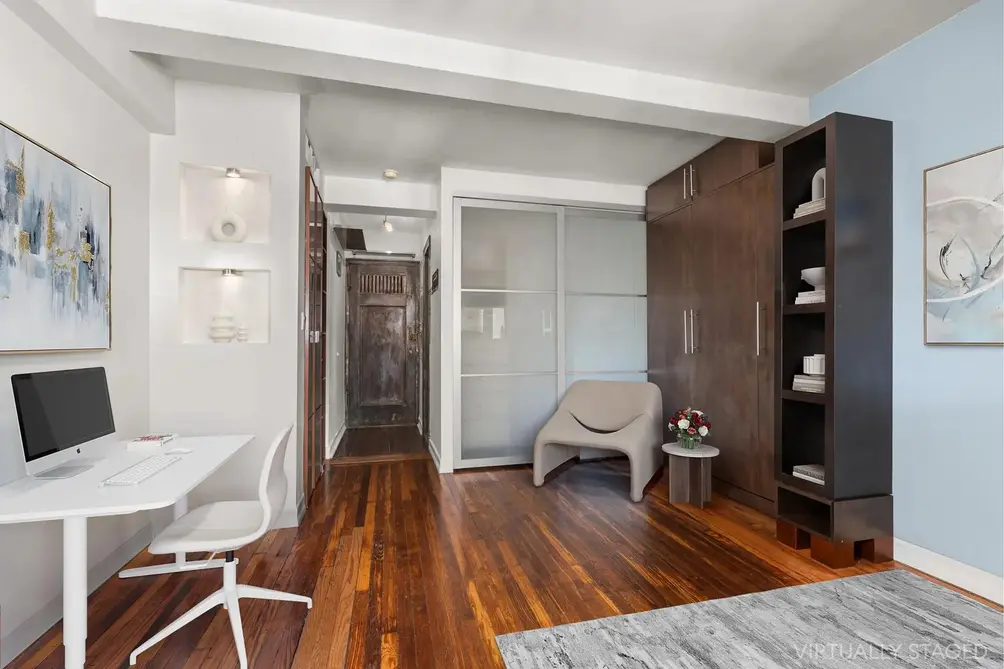 Prospect Tower, #1020 (Douglas Elliman Real Estate
Prospect Tower, #1020 (Douglas Elliman Real Estate
Home offices add value to your property
Whether you are currently working at home, plan to do so in the future, or are just looking to increase the value and desirability of your property, adding an office or dedicated workspace is likely a smart addition. A March 2023 article published by Inman found that adding a home office can increase the value of your home by up to 10 percent. This means that alongside other go-to renovations, including kitchen remodels, bathroom remodels, and replacing or refinishing old hardwood floors, adding a home office may increase your return on investment. Better yet, unlike other common value-added remodeling projects, the cost of adding a home office is usually significantly lower.How and where to add an office to your residential unit
The easiest way to add an office to an existing home is to turn an unused room (e.g., a guestroom) into an office. If you’re putting your property on the market, this may be as simple as staging your current guest room as a workspace.If you have an oversized living room or dining space that can be easily divided, another option is to install a sliding wall to create a dedicated workspace within the larger area. If you choose to do so, be certain that your wall is in compliance with local fire and building codes (learn more about how to legally flex your apartment here).
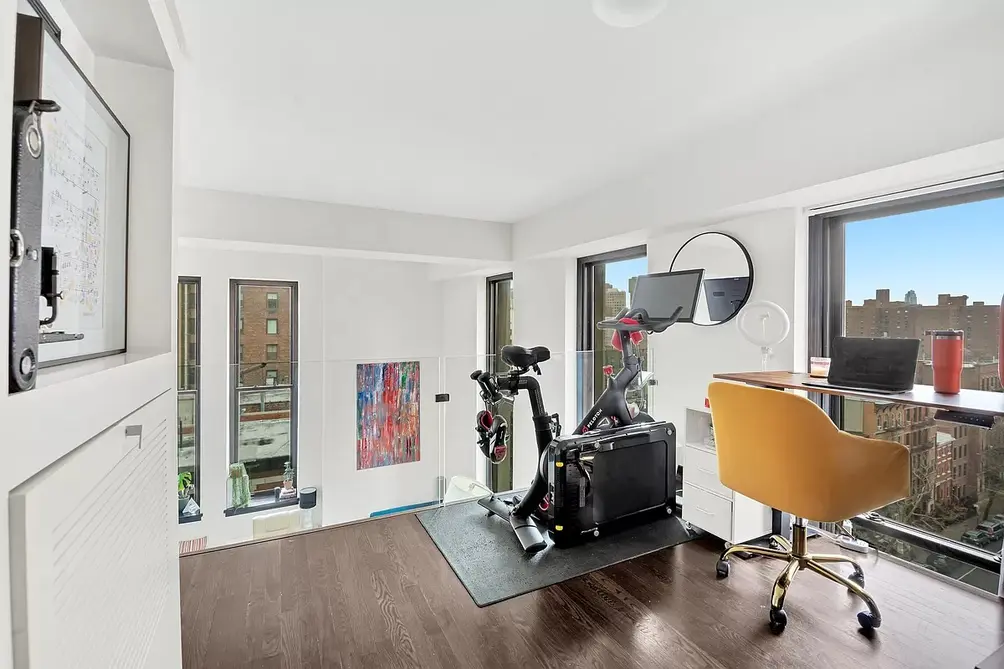 Rutherford Place, 305 Second Avenue #522
Rutherford Place, 305 Second Avenue #522
How and where to add a dedicated workspace
In New York City, where most properties trend smaller than the size of an average home in the United States, carving out separate office space is often impossible. Still, this doesn’t mean you can’t create a dedicated workspace. While a dedicated workspace may not add as much value to your unit as a separate office, if you are selling, it will likely still generate greater interest in your unit, potentially attracting more prospective buyers. There are several easy and cost-effective ways to create a dedicated workspace in your home.- Redeploy a front foyer or other underused space: Depending on the layout of your apartment, a front foyer, wide hallway, or nook in another area of your home may be an ideal place to create a dedicated workspace. If adding a desk is potentially obstructive, consider investing in a folding desk so you can tuck away the workspace when it is not in use.
- Convert a closet into a dedicated workspace: Even before the pandemic, the “closet office” was trending. While you may not be able to afford to sacrifice a closet, if you can, converting a closet into an office is a simple and cost-effective way to add a dedicated workspace without cutting into your other living spaces.
- Invest in convertible furniture: Most bedrooms are only used at night, which makes them an obvious location for an office. However, conducting your professional life with a crumpled bed in the background is rarely a good look. As an alternative, consider investing in a wall bed that converts into a desk during the day. Some new construction buildings have begun to incorporate modular systems like Bumblebee that can move the desk and bed to the ceiling when not in use, but this is a fairly new practice that requires certain specs older buildings might not be able to accommodate.
Whether you choose to add an entire room, set up a dedicated workspace, or invest in built-in convertible furniture, with remote work predicted to continue trending over the coming decade, the addition holds strong potential to add value to your property and help attract a higher number of prospective buyers. We take a look at listings with space to set up a home office.
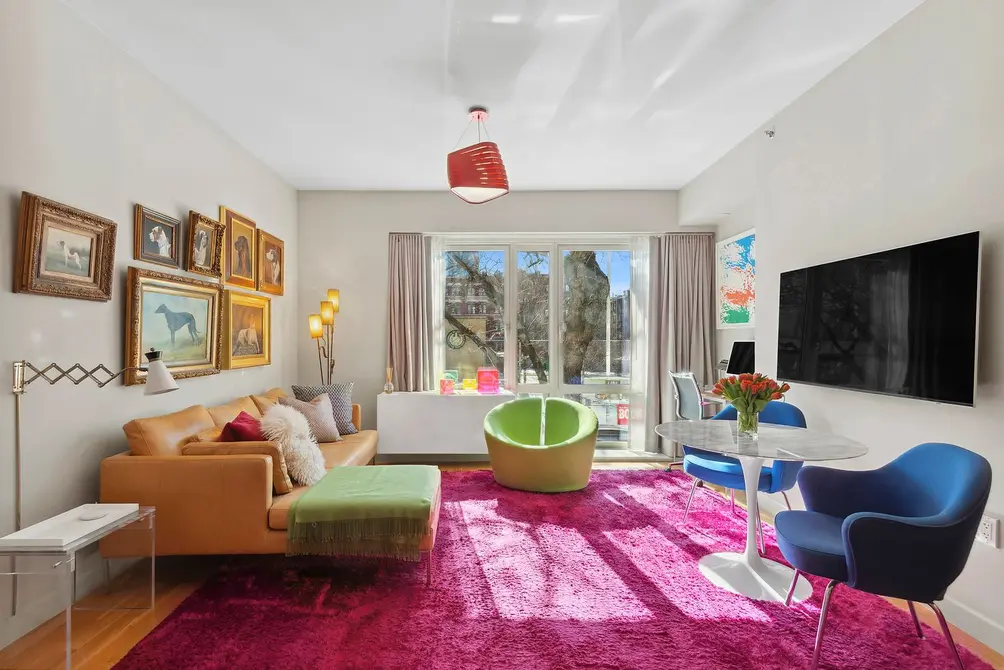 Living room with home office at Griffin Court, #2N (Compass)
Living room with home office at Griffin Court, #2N (Compass)
New listings with open houses and space for a home office
Find below a selection of new listings with spaces for a home office. They include the former Park Avenue home of Hollywood actor Douglas Fairbanks Jr. who passed away in 2000.
Find a full list of condos and condops with upcoming open houses here. For a full list of co-op and townhouses listings with open houses, find the full list here. If you are interested in attending, please contact CityRealty to schedule an appointment.
Find a full list of condos and condops with upcoming open houses here. For a full list of co-op and townhouses listings with open houses, find the full list here. If you are interested in attending, please contact CityRealty to schedule an appointment.
18 East 12th Street, #7BC
$4,995,000
Greenwich Village | Condominium | 4 Bedrooms, 3 Baths | 2,982 ft2Open House: Sunday, March 24, 2024
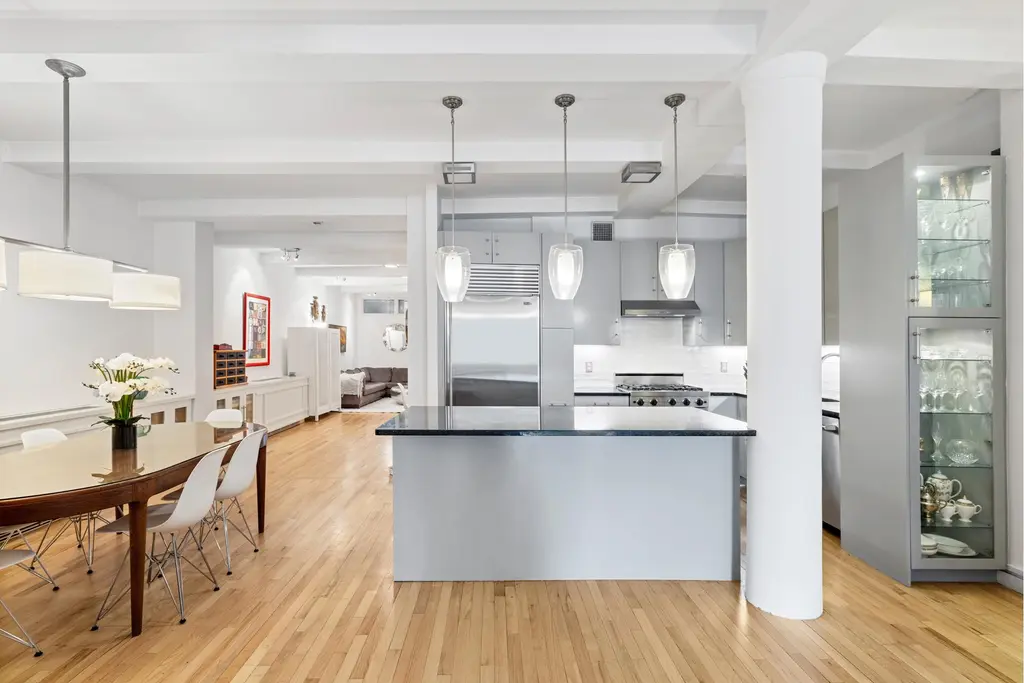
18 East 12th Street, #7BC (Douglas Elliman Real Estate)
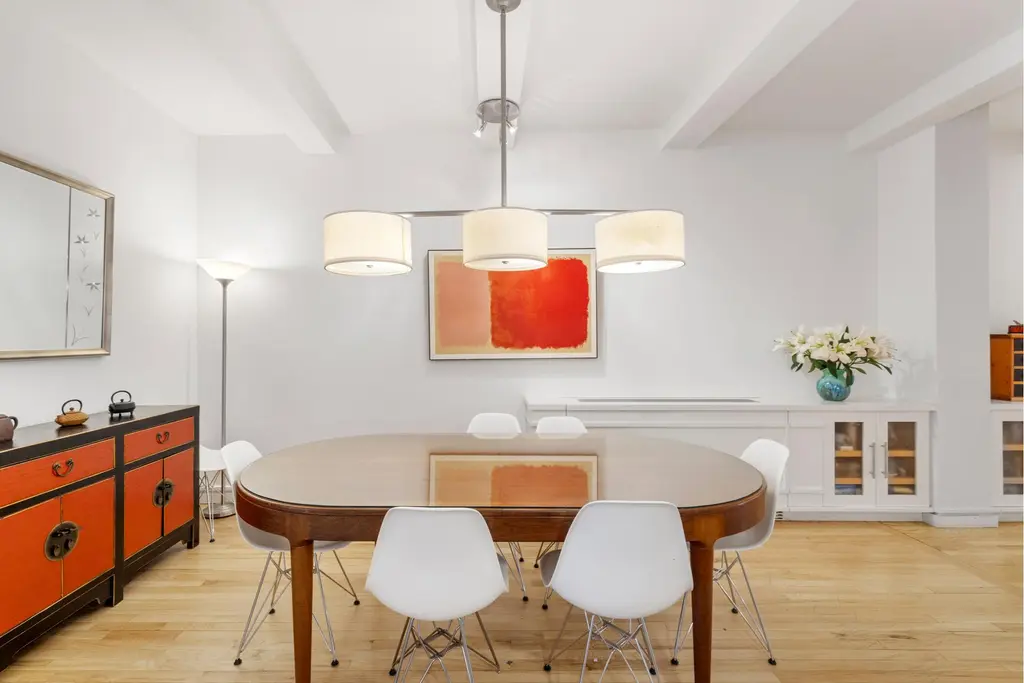
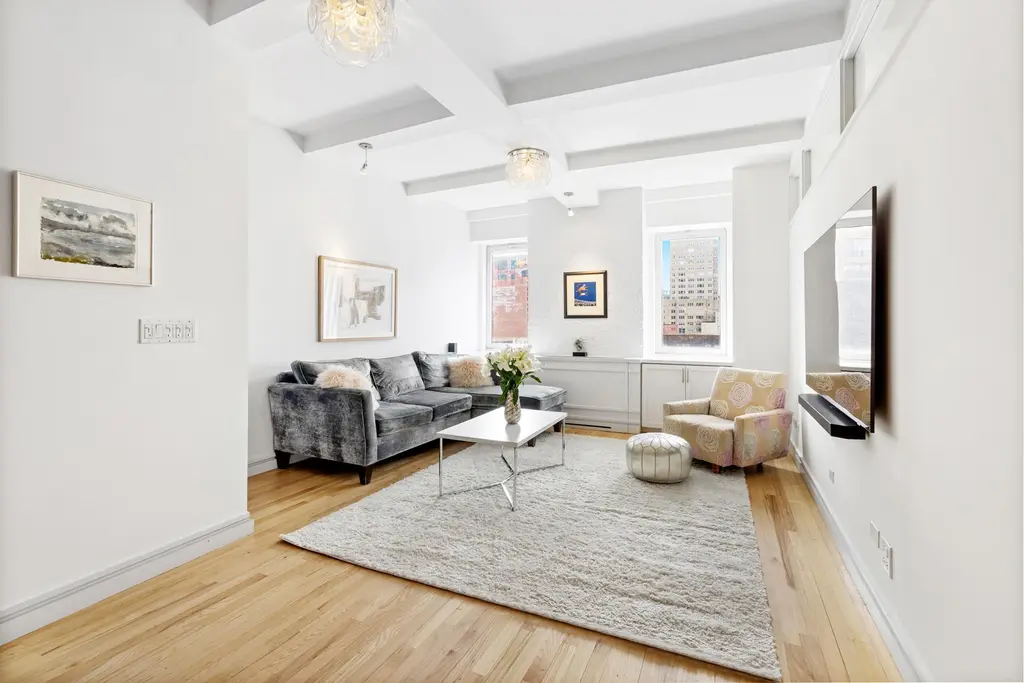
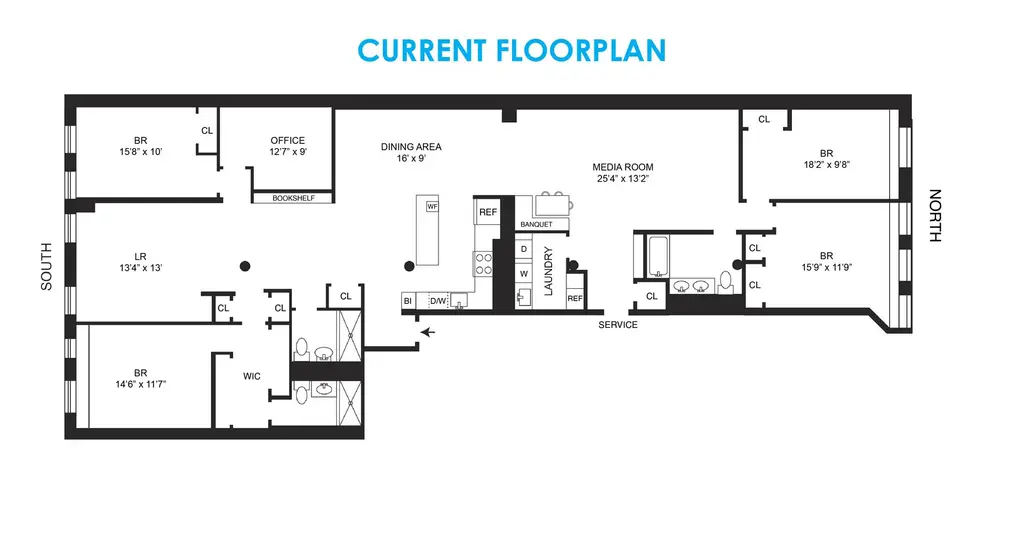
Lincoln Towers, #4MN
$3,295,000
Lincoln Center | Cooperative | 4 Bedrooms, 3 BathsOpen House: Sunday, March 24, 2024
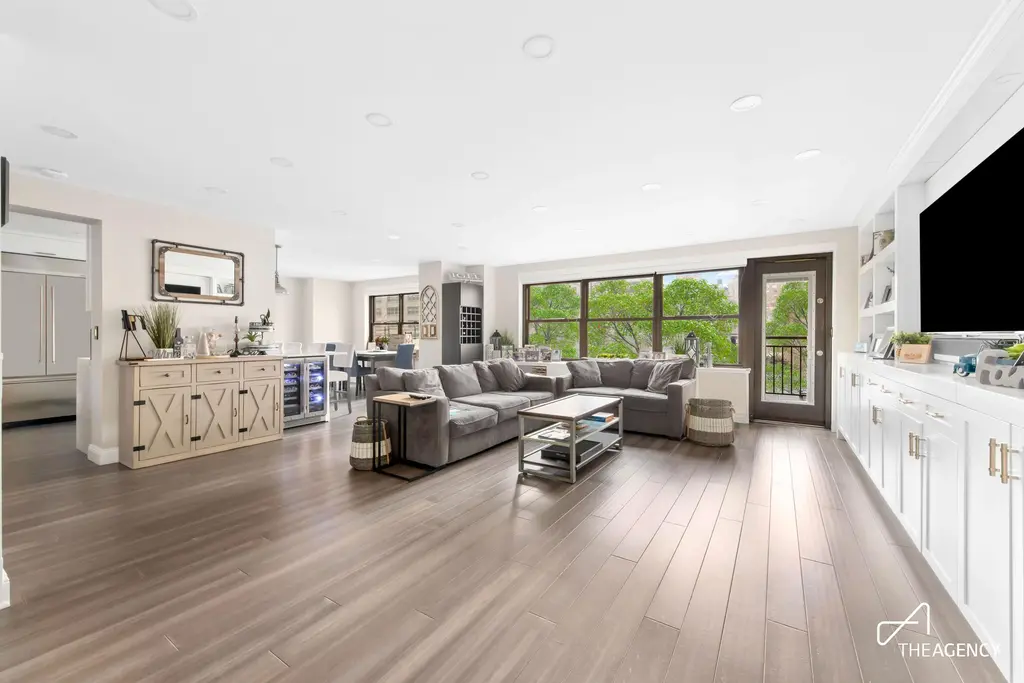
Lincoln Towers, #4MN (The Agency Brokerage)
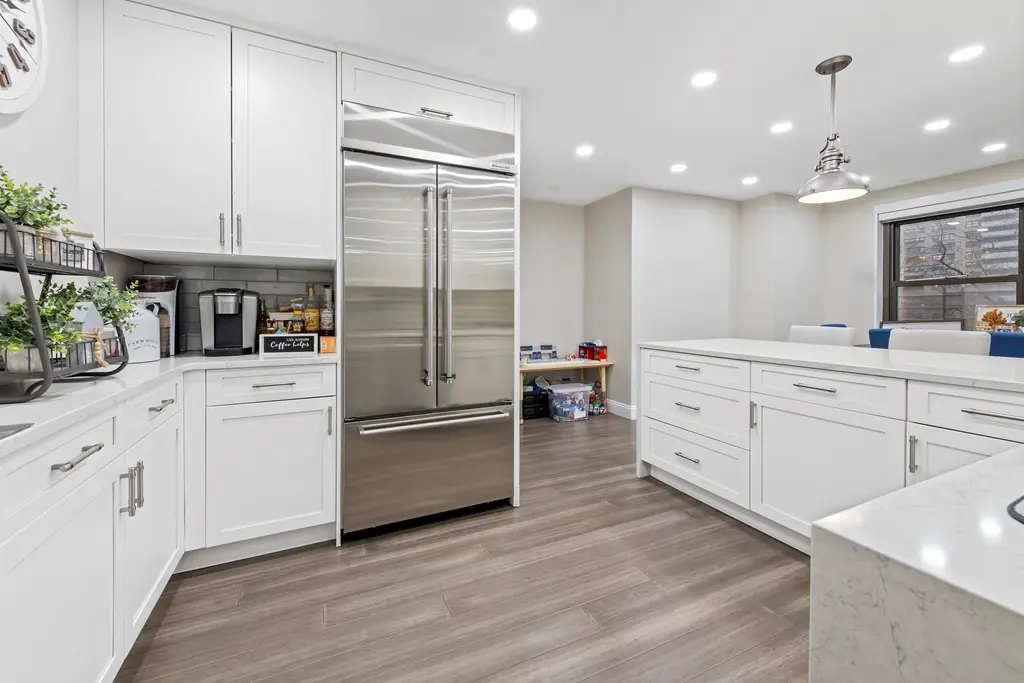
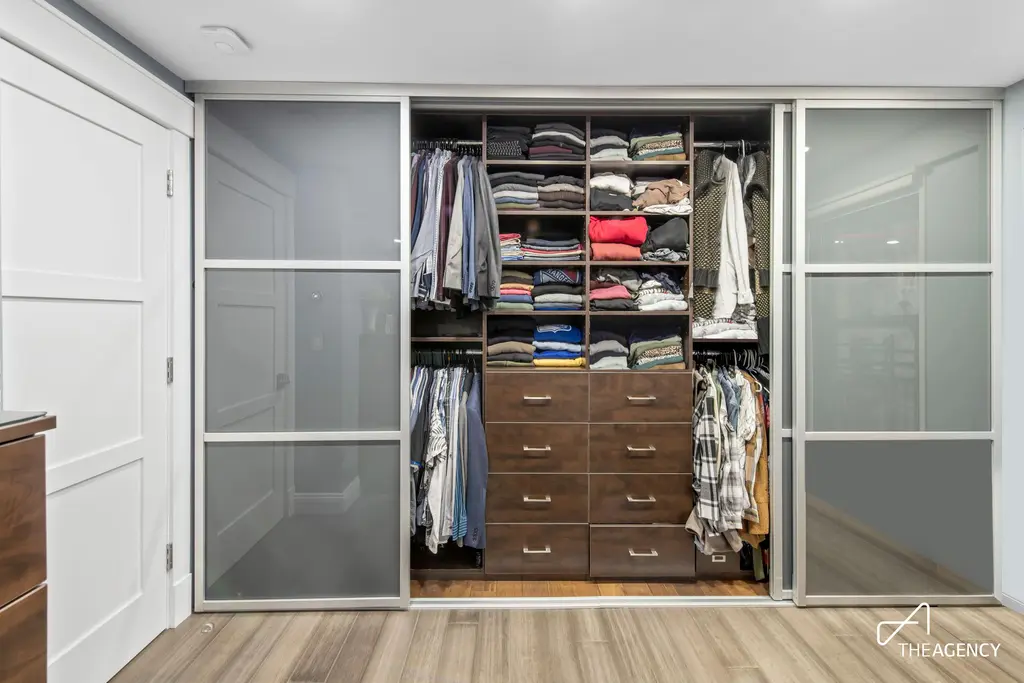
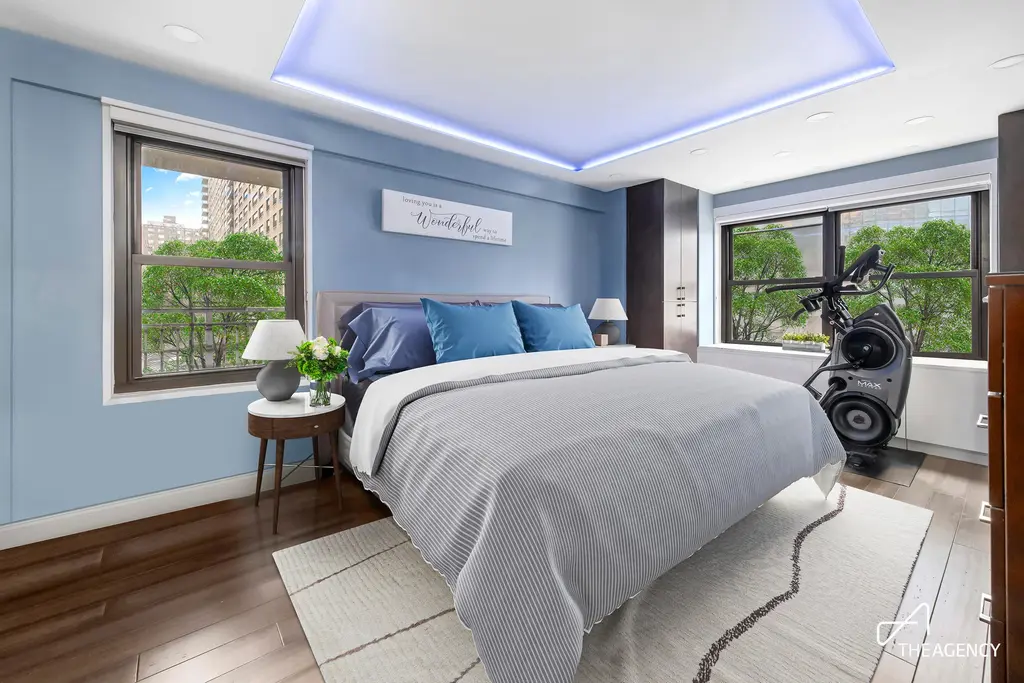
233 East 69th Street, #14KLM
$2,995,000 (-9.1%)
Lenox Hill | Cooperative | 4 Bedrooms, 4 Baths
Open House: Sunday, March 24, 2024
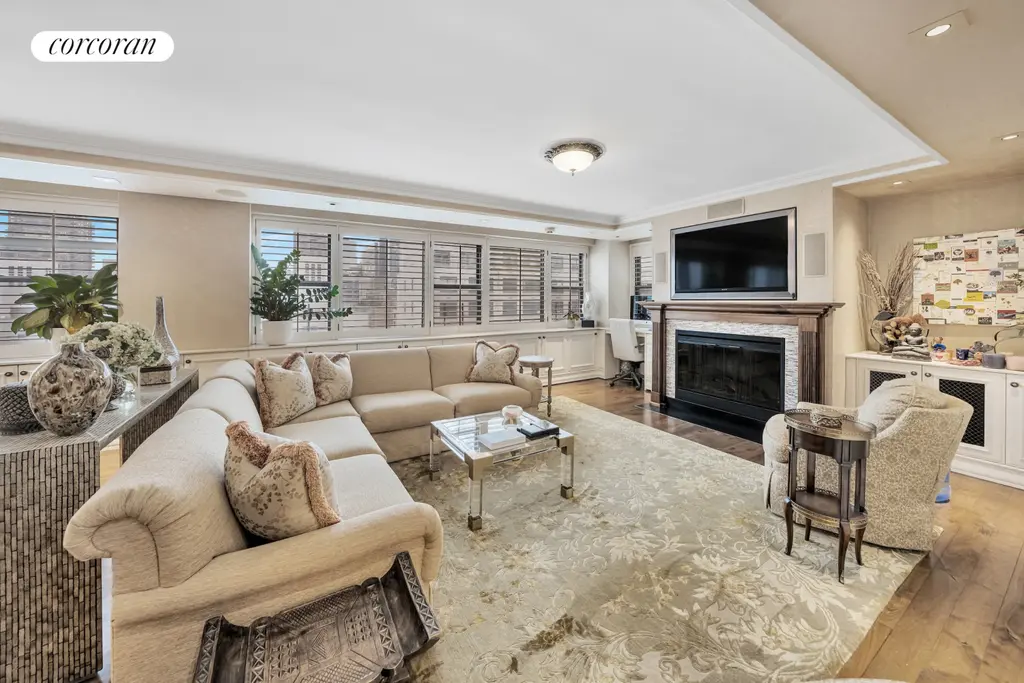
233 East 69th Street, #14KLM (Corcoran Group)
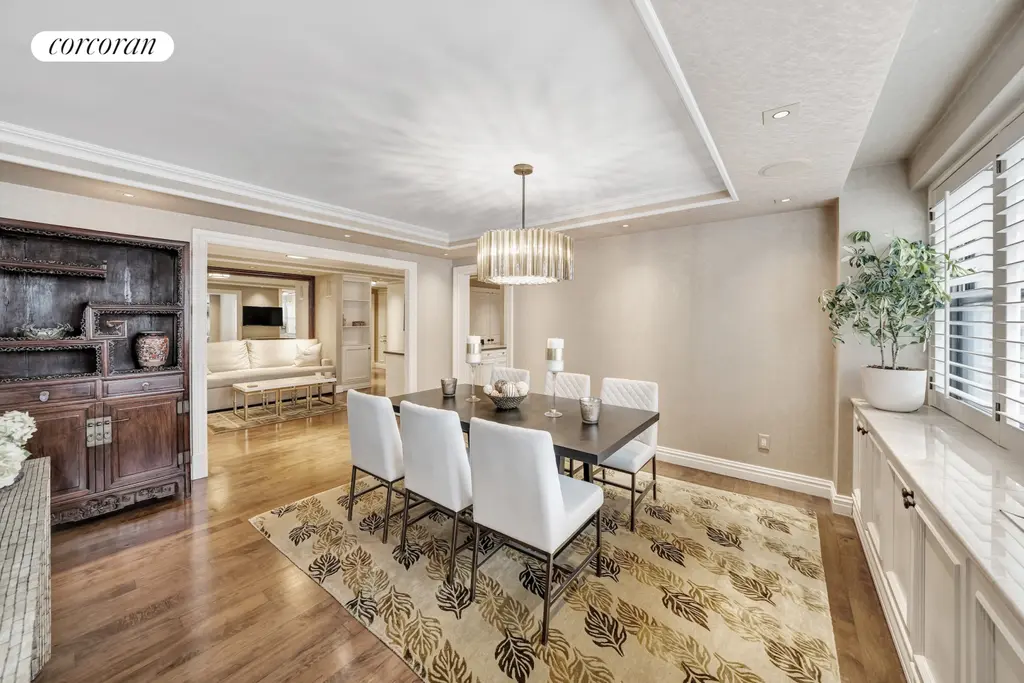
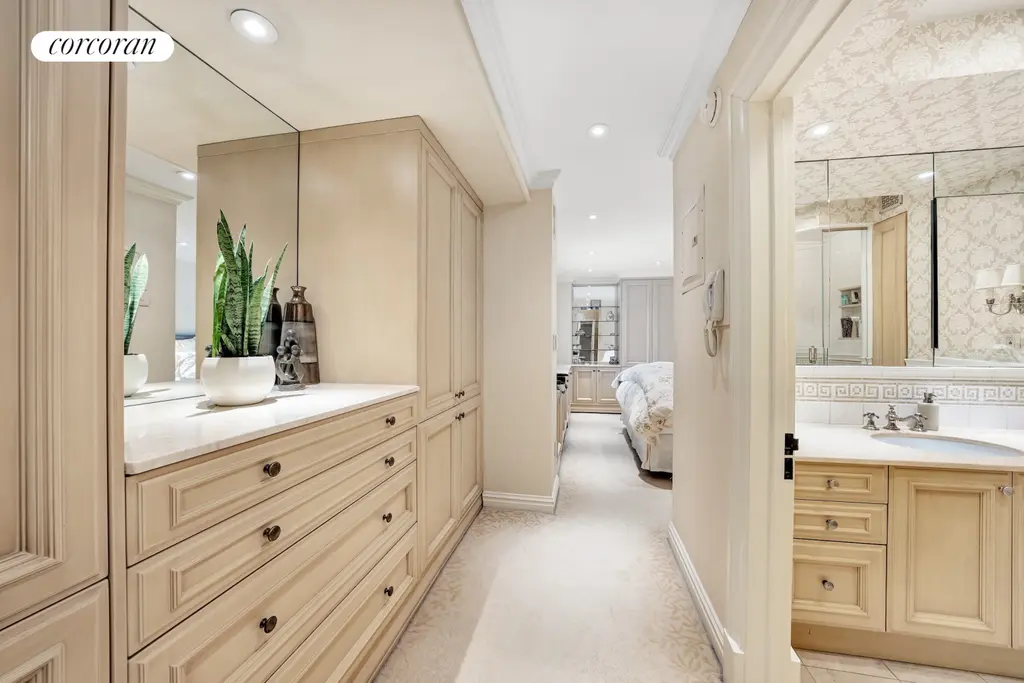
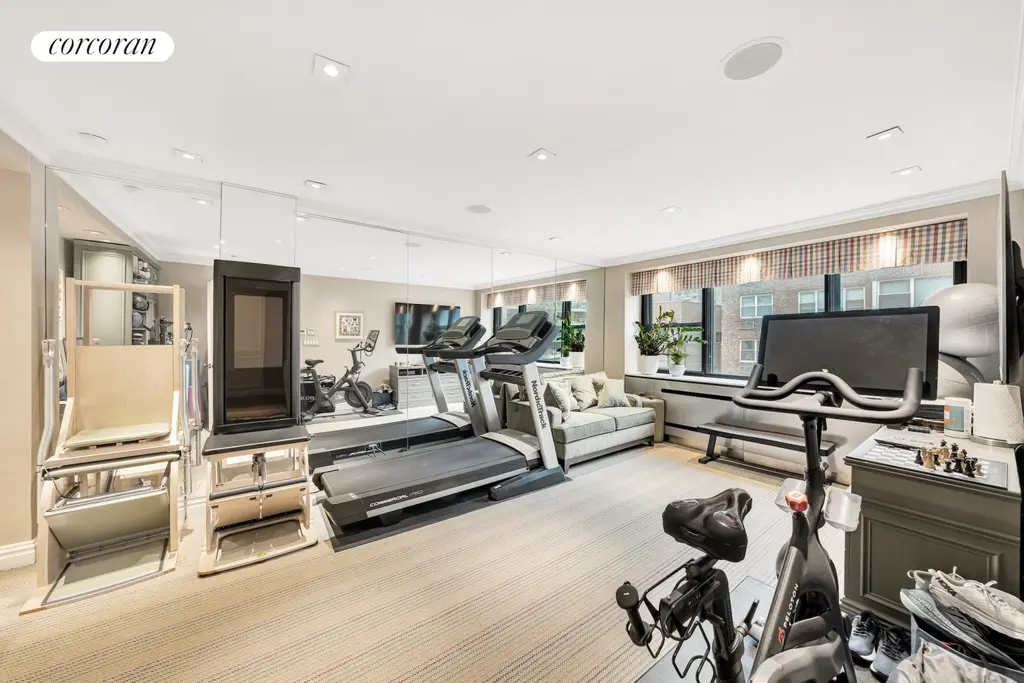
20 Sutton Place South, #1617E
$2,925,000 (-10%)
Beekman/Sutton Place | Cooperative | 3 Bedrooms, 3.5 Baths
Open House: Sunday, March 24, 2024
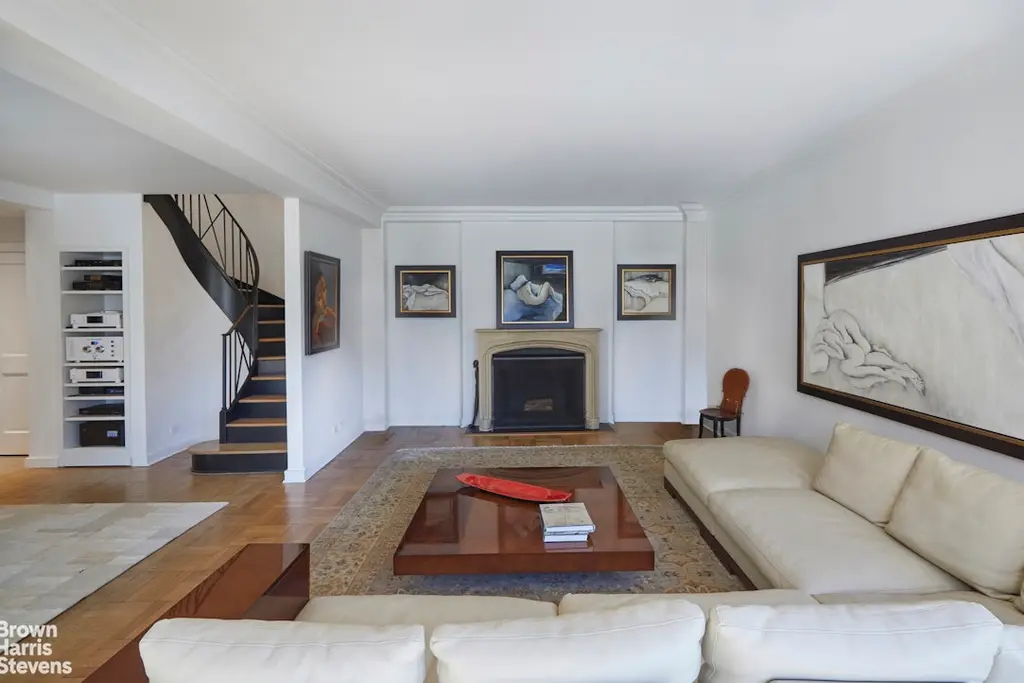
20 Sutton Place South, #1617E (Brown Harris Stevens Residential Sales LLC)
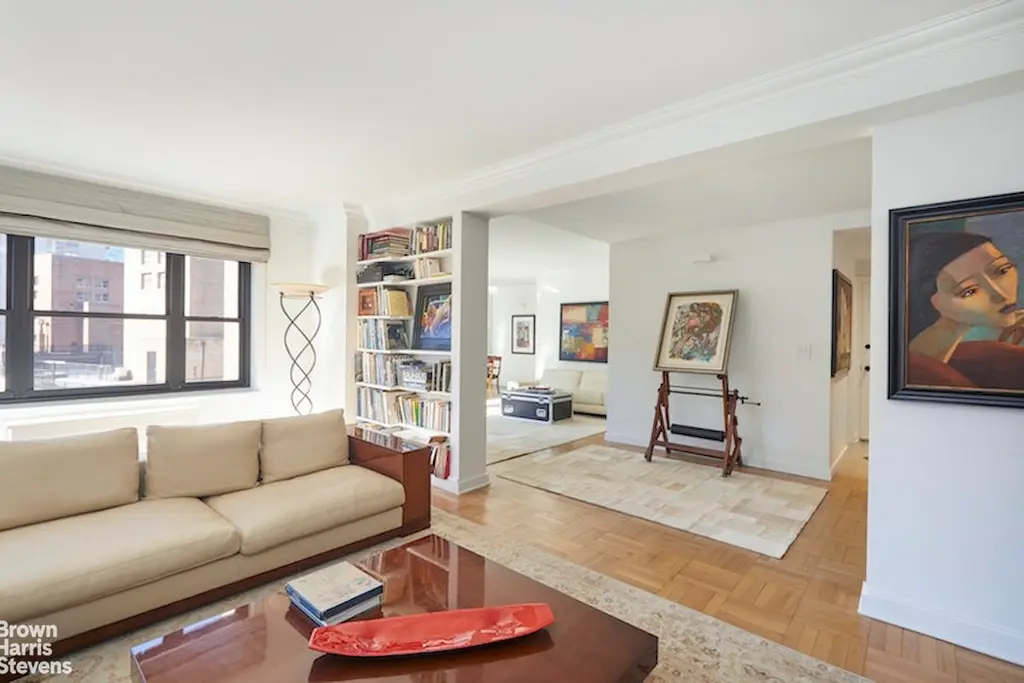
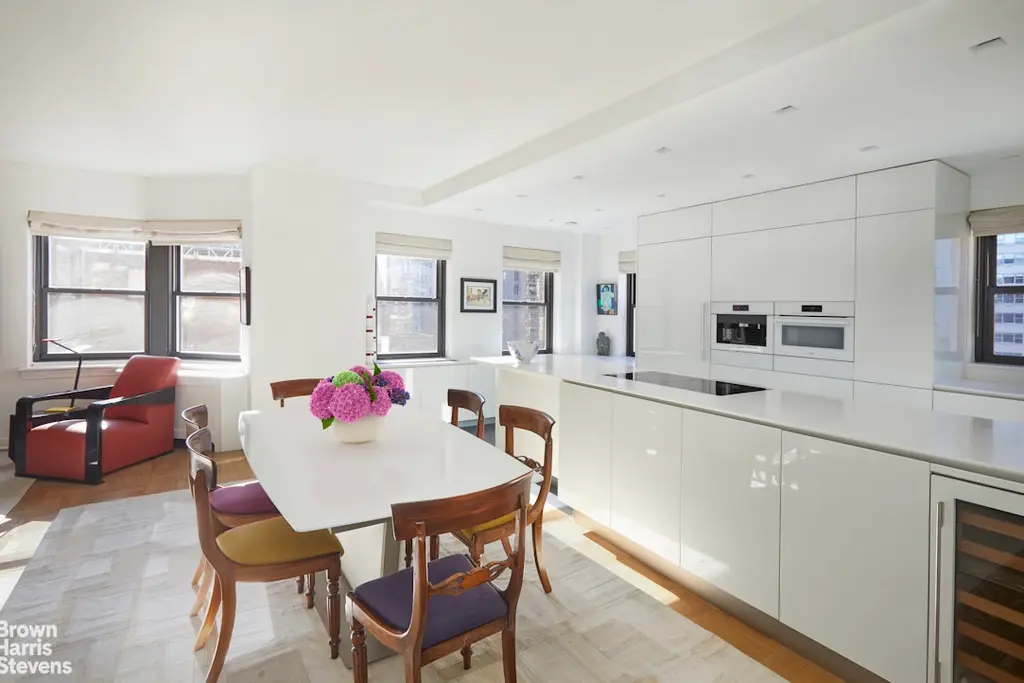
425 East 86th Street, #15BC
$2,250,000
Yorkville | Cooperative | 3 Bedrooms, 3 Baths | 2,100 ft2Open House: Sunday, March 24, 2024
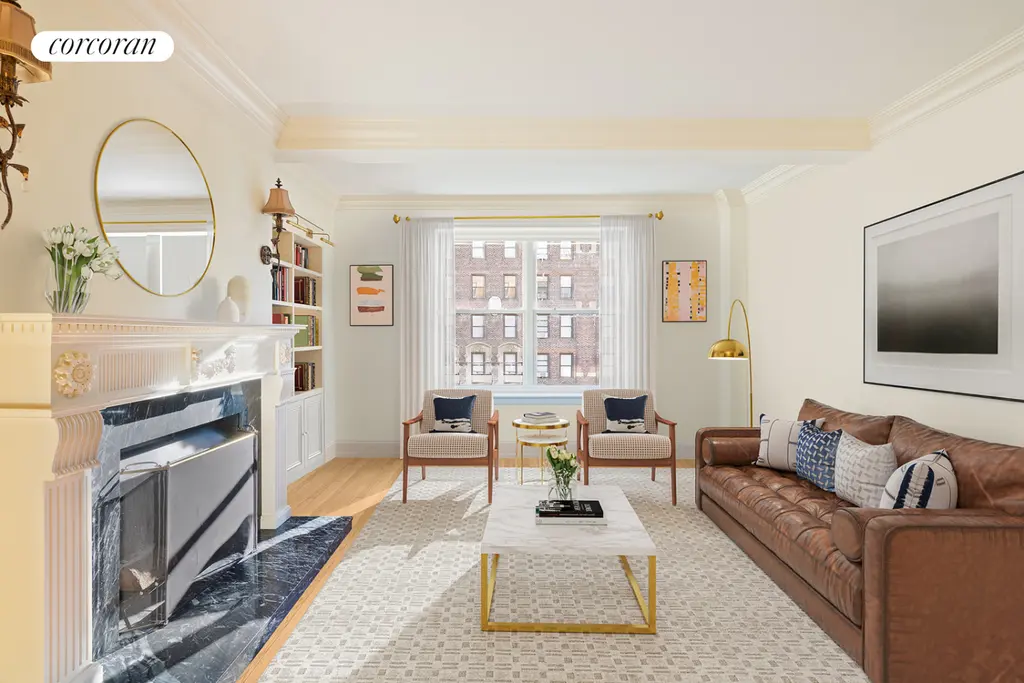
425 East 86th Street, #15BC (Corcoran Group)
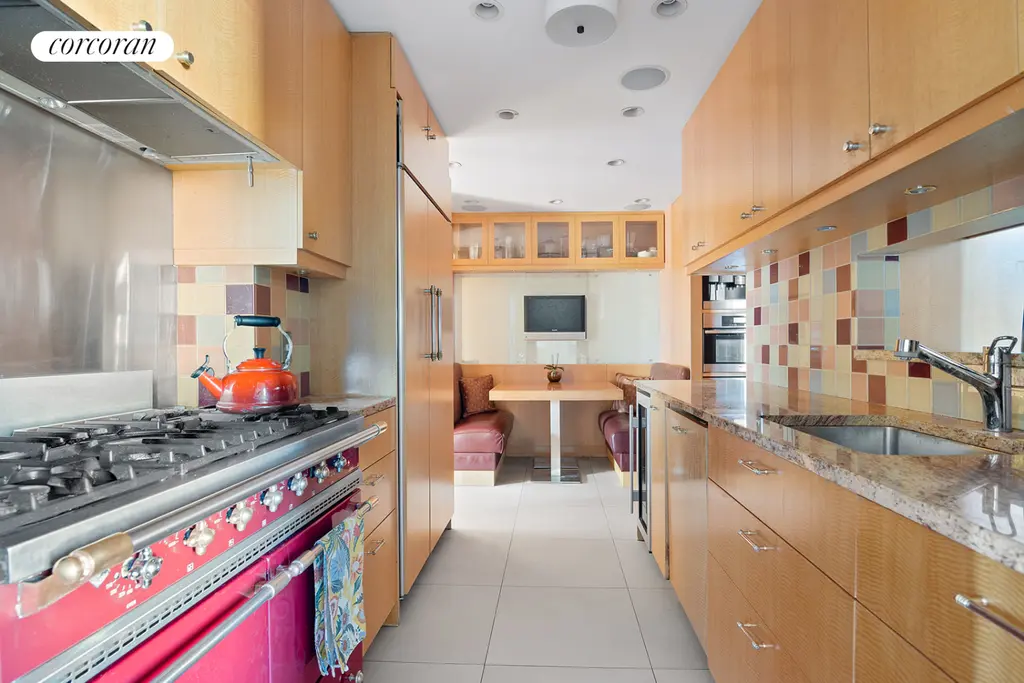

50 East 72nd Street, #5C
$2,000,000
Park/Fifth Ave. to 79th St. | Condominium | 2 Bedrooms, 1.5 Baths | 1,250 ft2Open House: Sunday, March 24, 2024
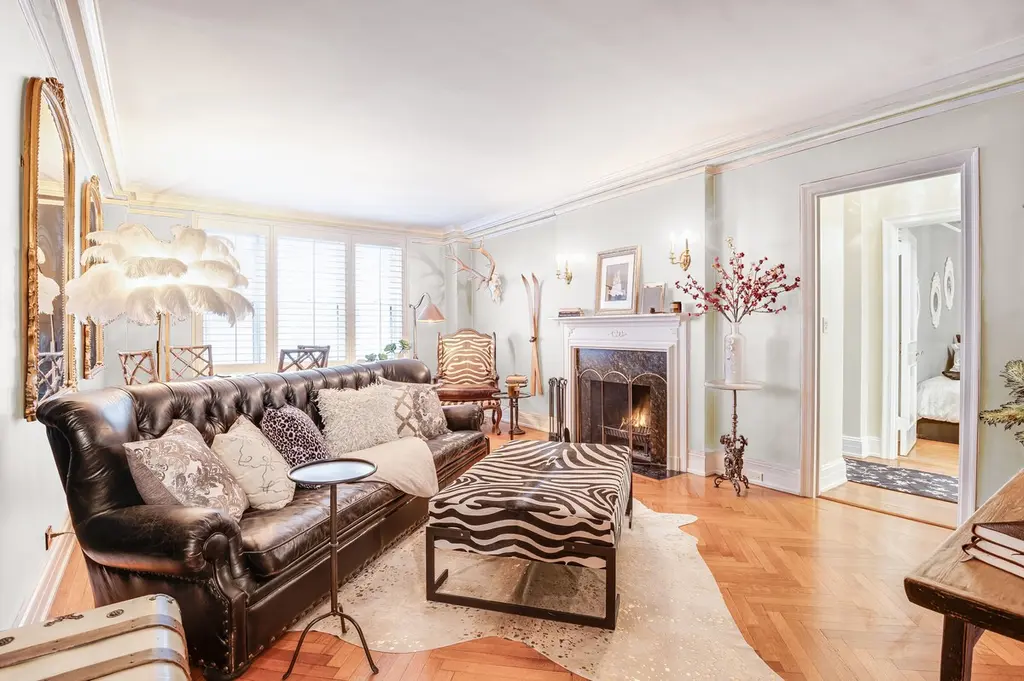
50 East 72nd Street, #5C (Keller Williams NYC)
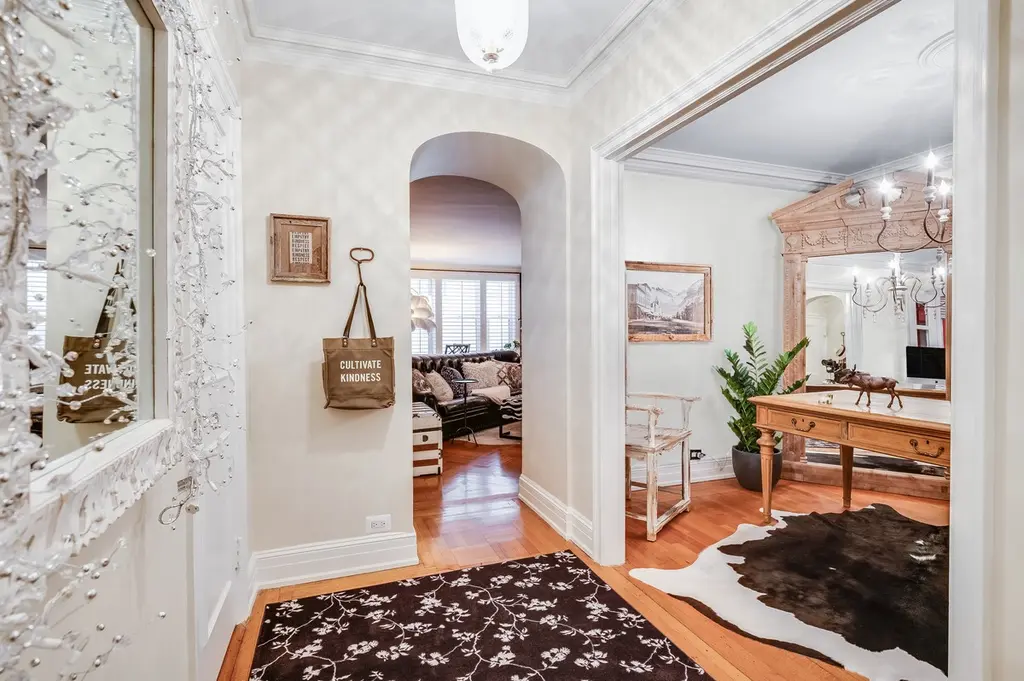
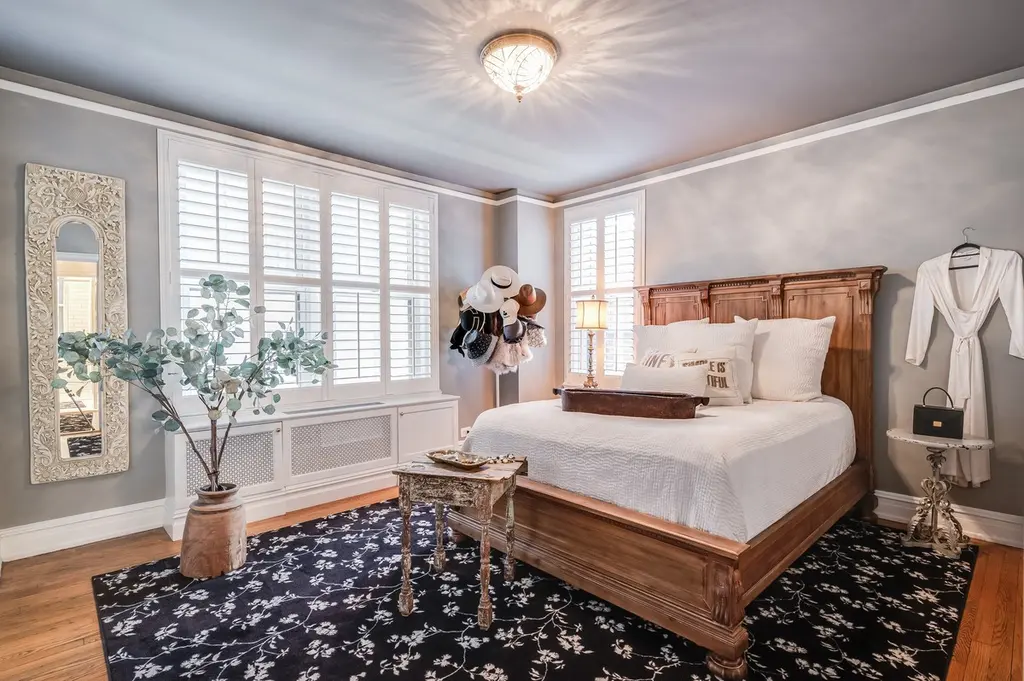
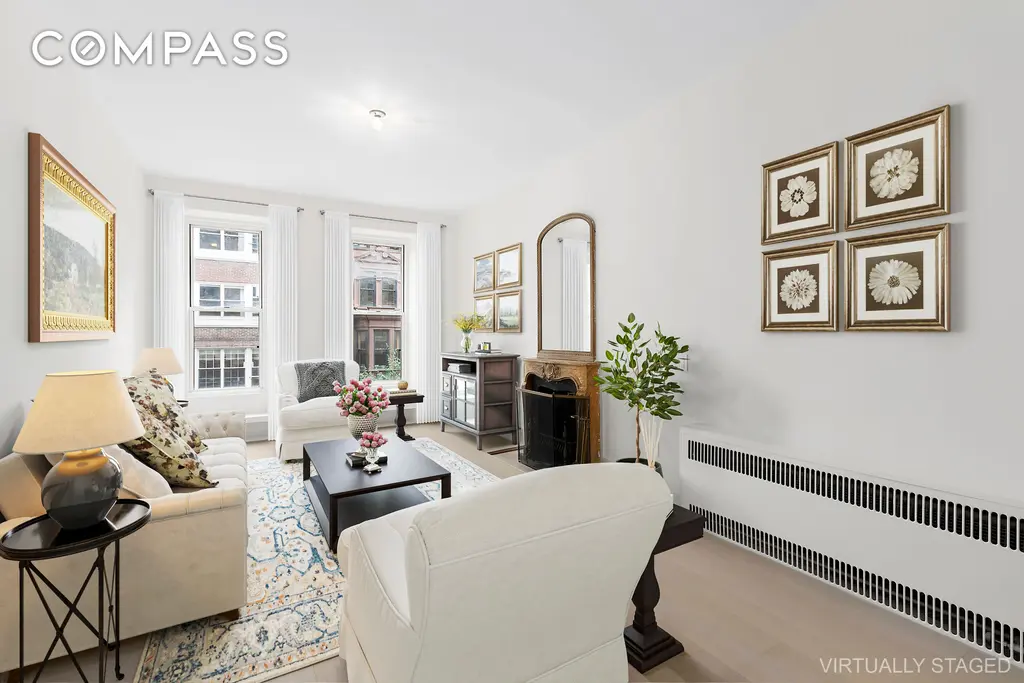
The Imperial, #SIX (Compass)
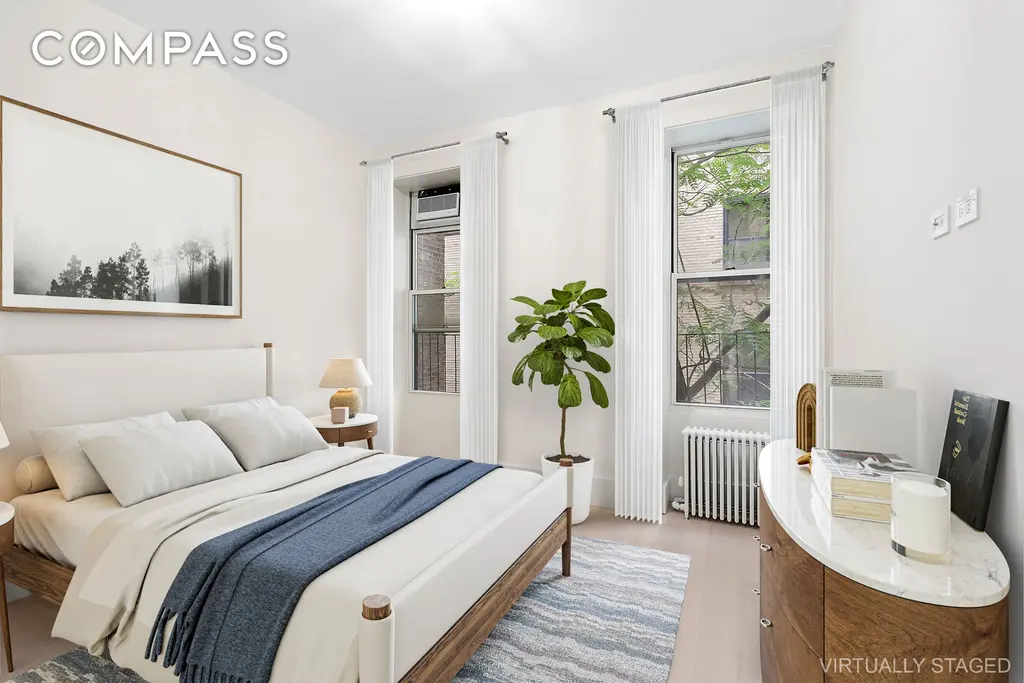
Rutherford Place, #522
$1,950,000
Gramercy Park | Condominium | 2 Bedrooms, 2 Baths | 1,327 ft2Open House: Sunday, March 24, 2024
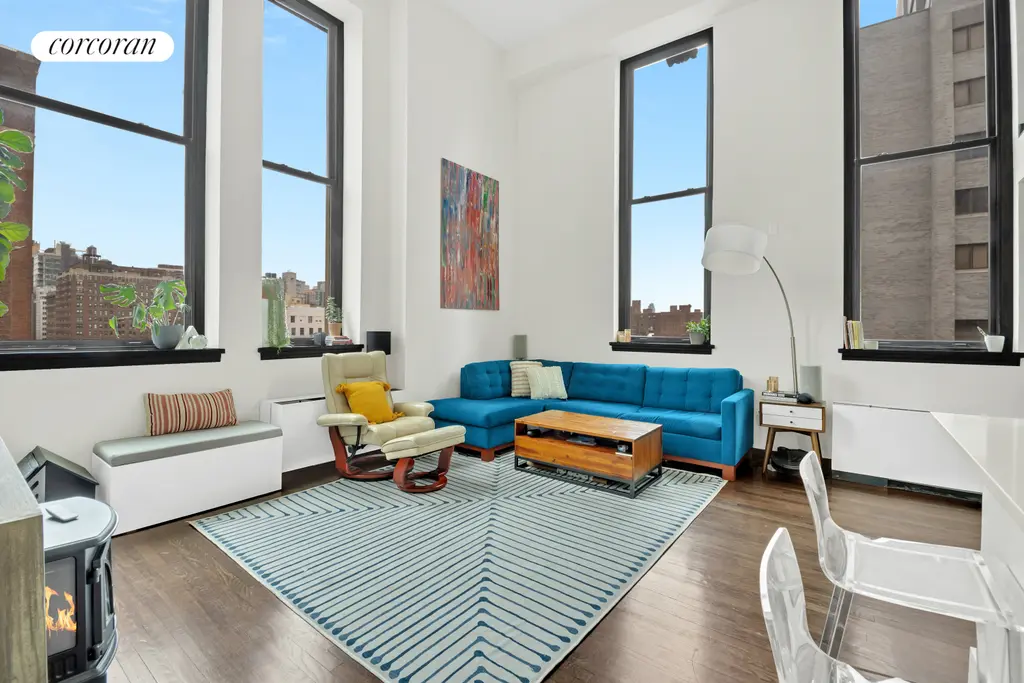
Rutherford Place, #522 (Corcoran Group)
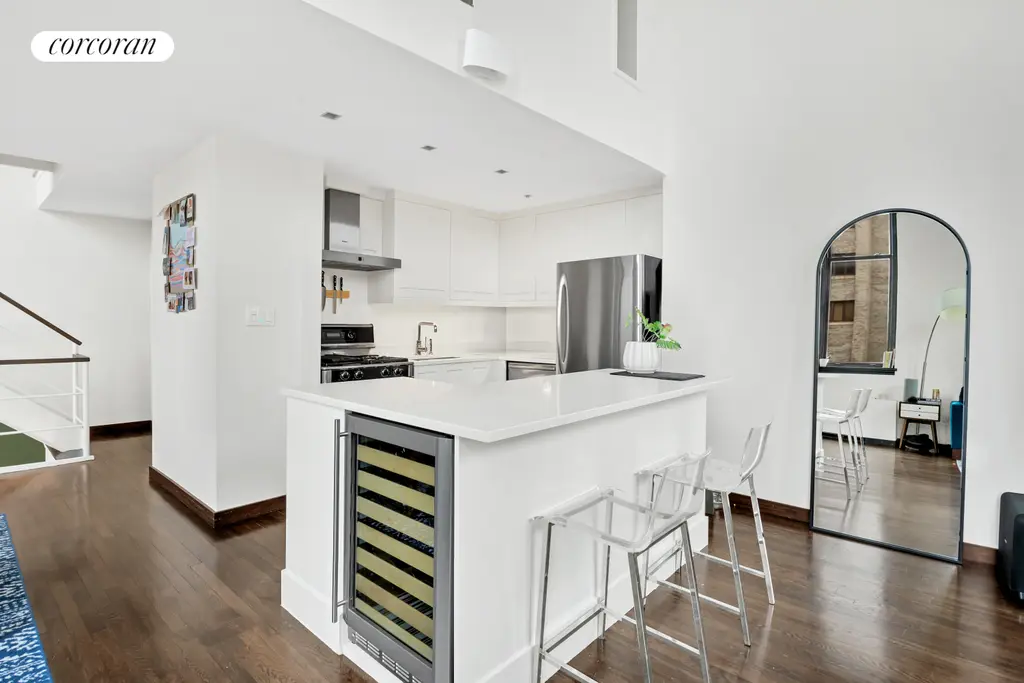
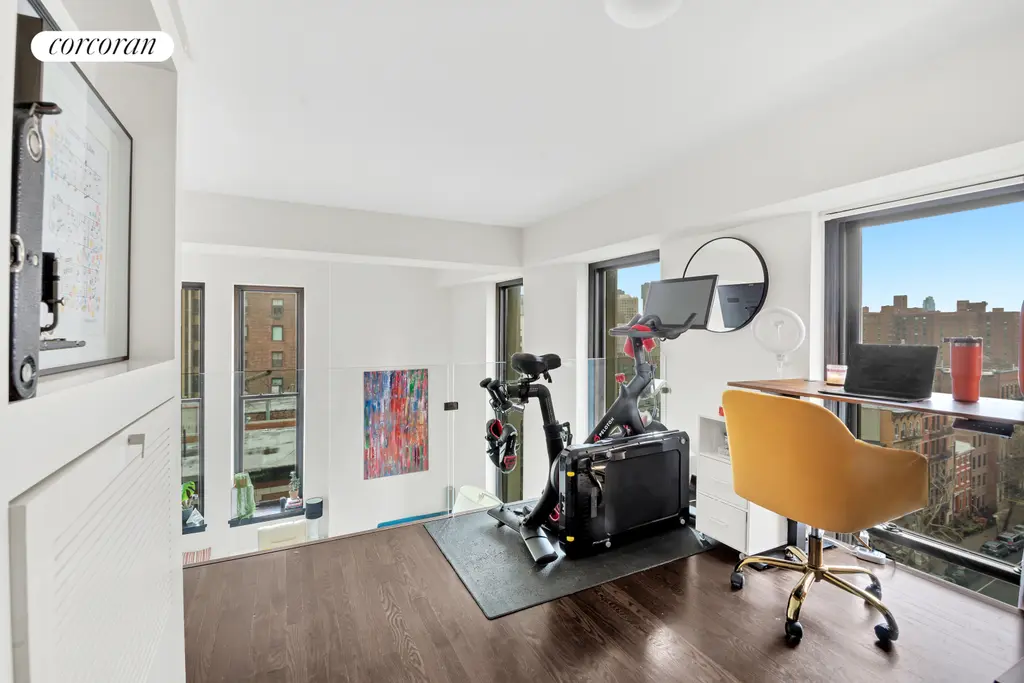
Would you like to tour any of these properties?
Just complete the info below.
Or call us at (212) 755-5544
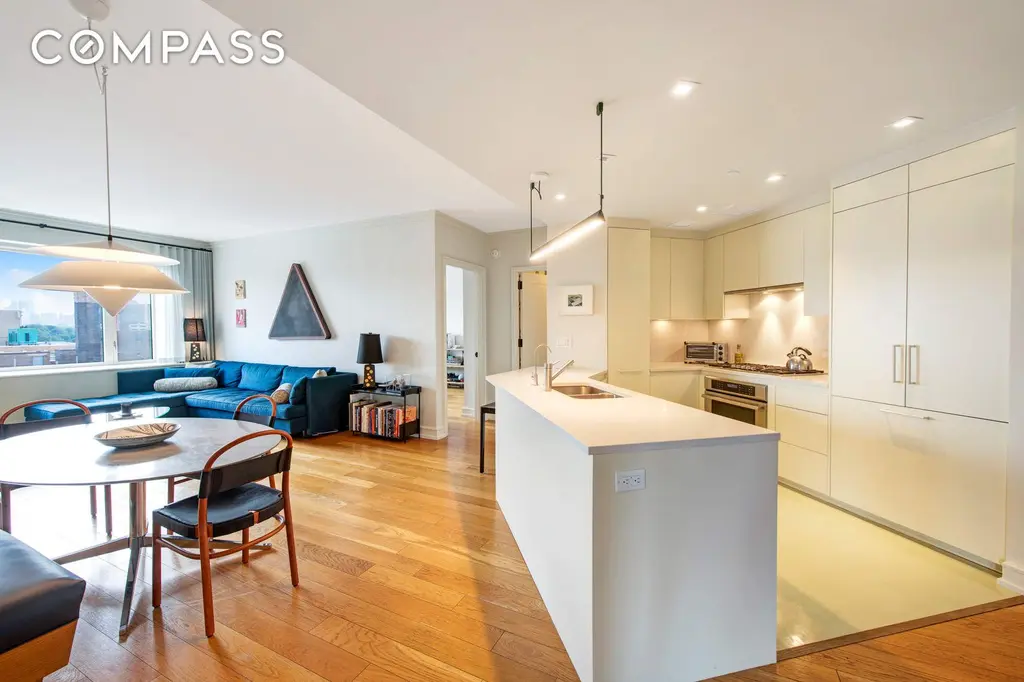
One Museum Mile, #15D (Compass)
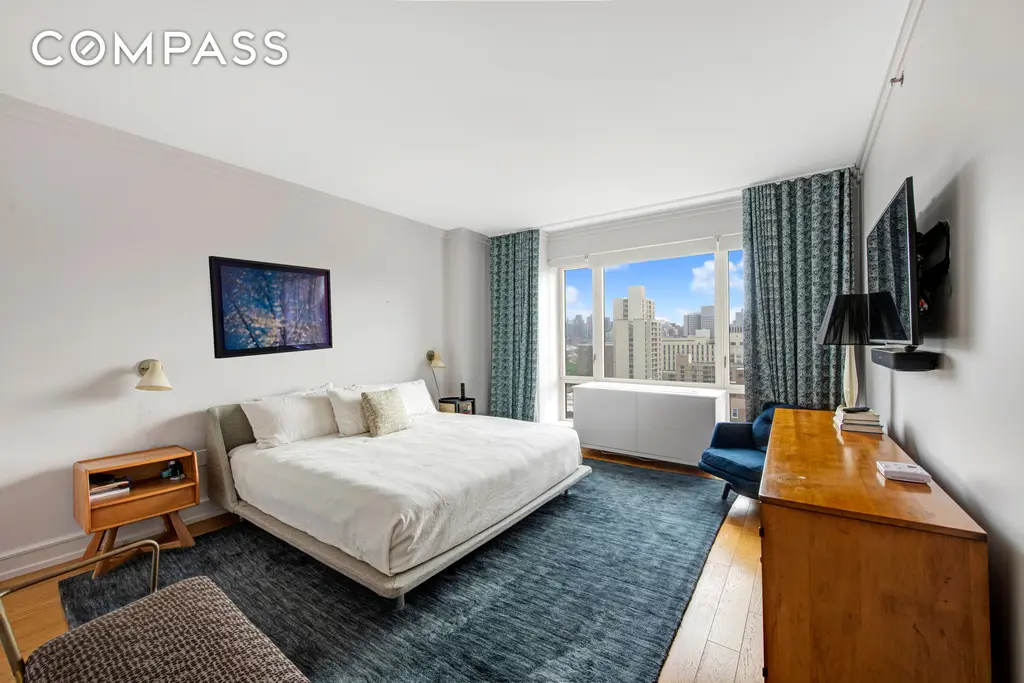
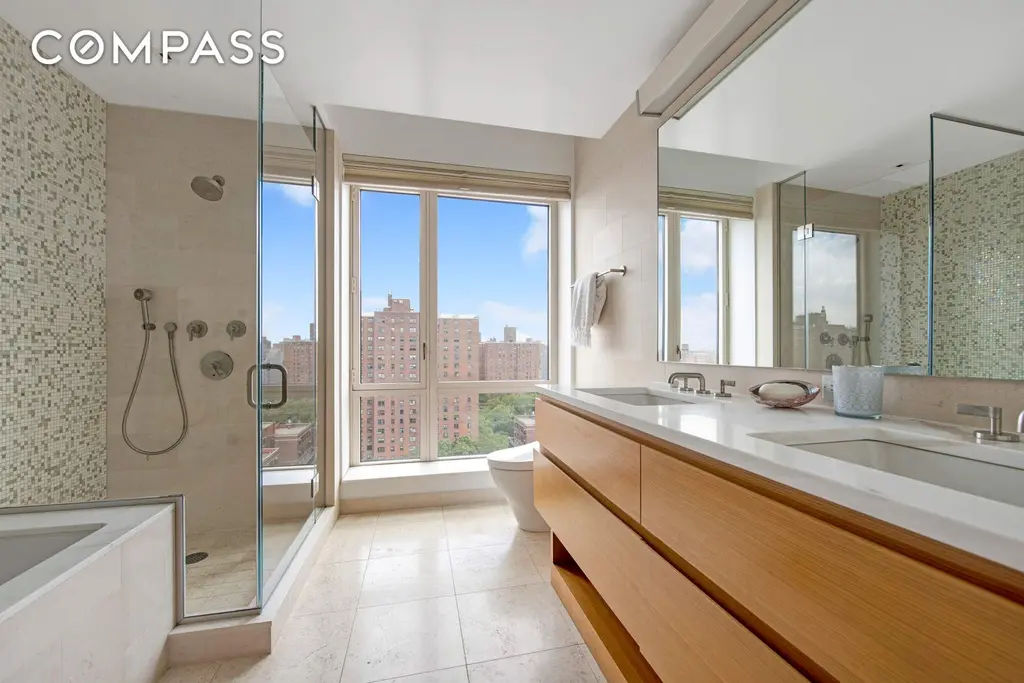
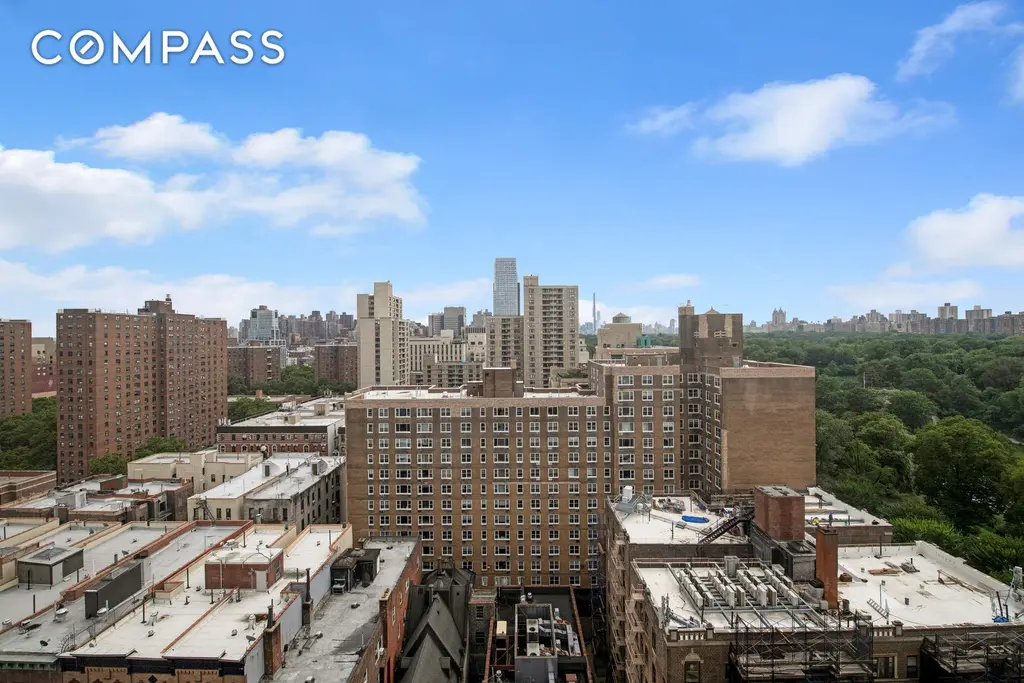
Randall House, #12O
$1,795,000
Greenwich Village | Condop | 2 Bedrooms, 2 BathsOpen House: Sunday, March 24, 2024
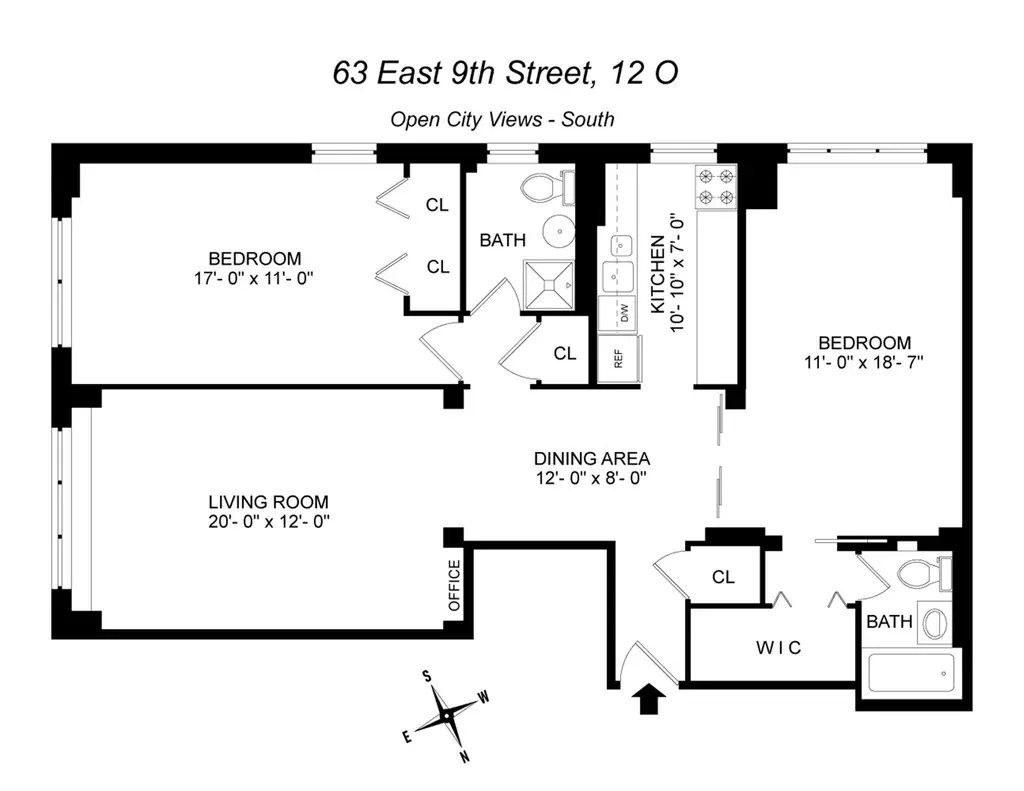
Randall House, #12O (Douglas Elliman Real Estate)
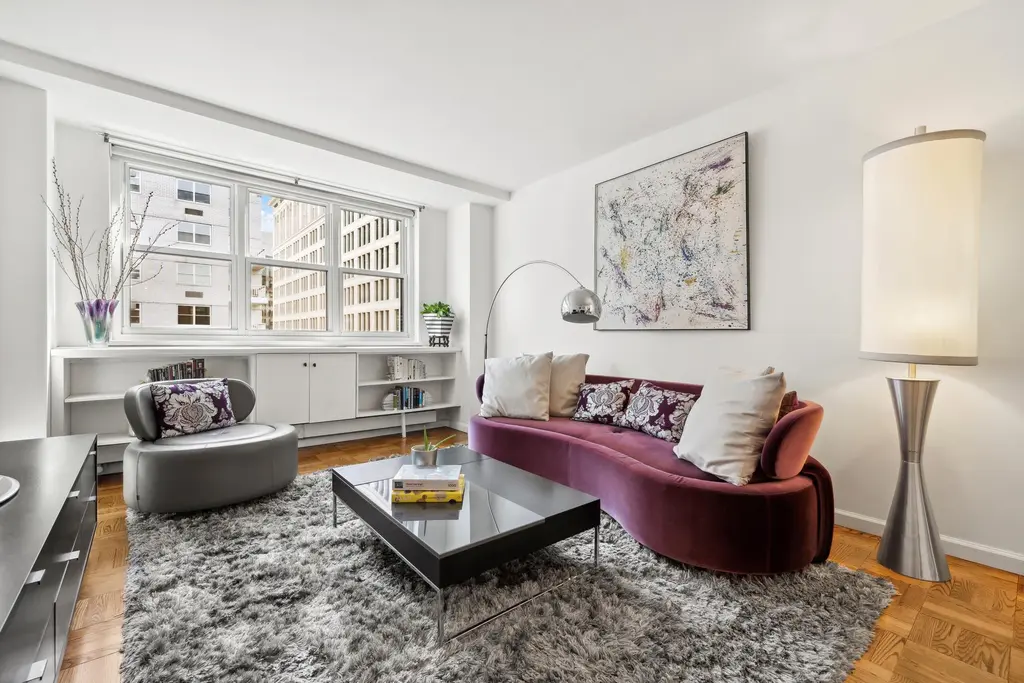
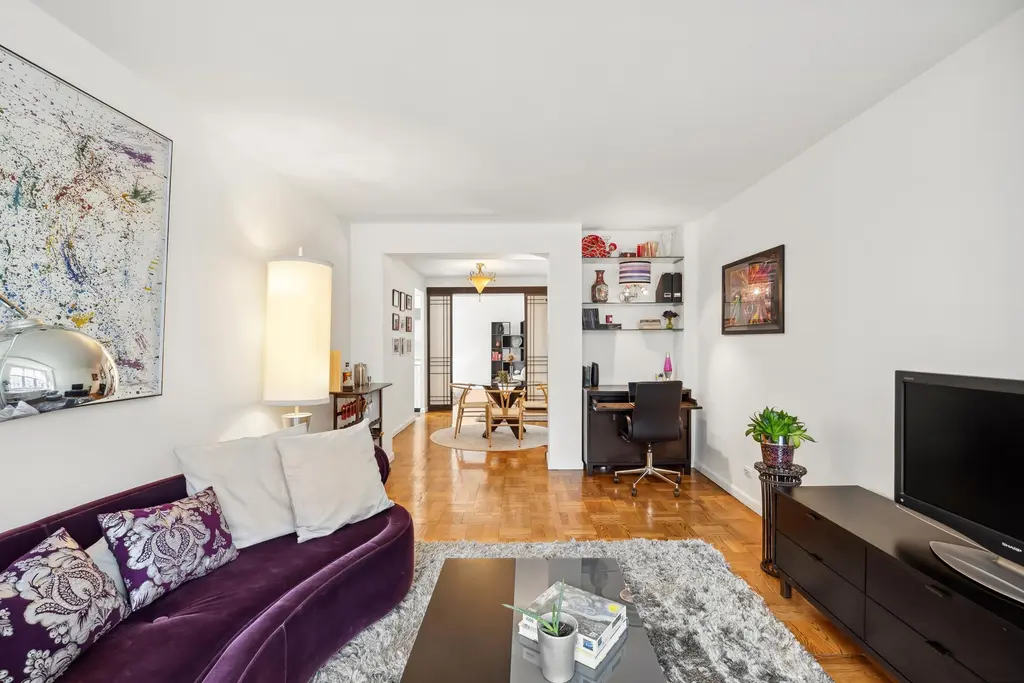
Lincoln Towers, #7A7B
$1,600,000
Lincoln Center | Cooperative | 3 Bedrooms, 2 BathsOpen House: Sunday, March 24, 2024
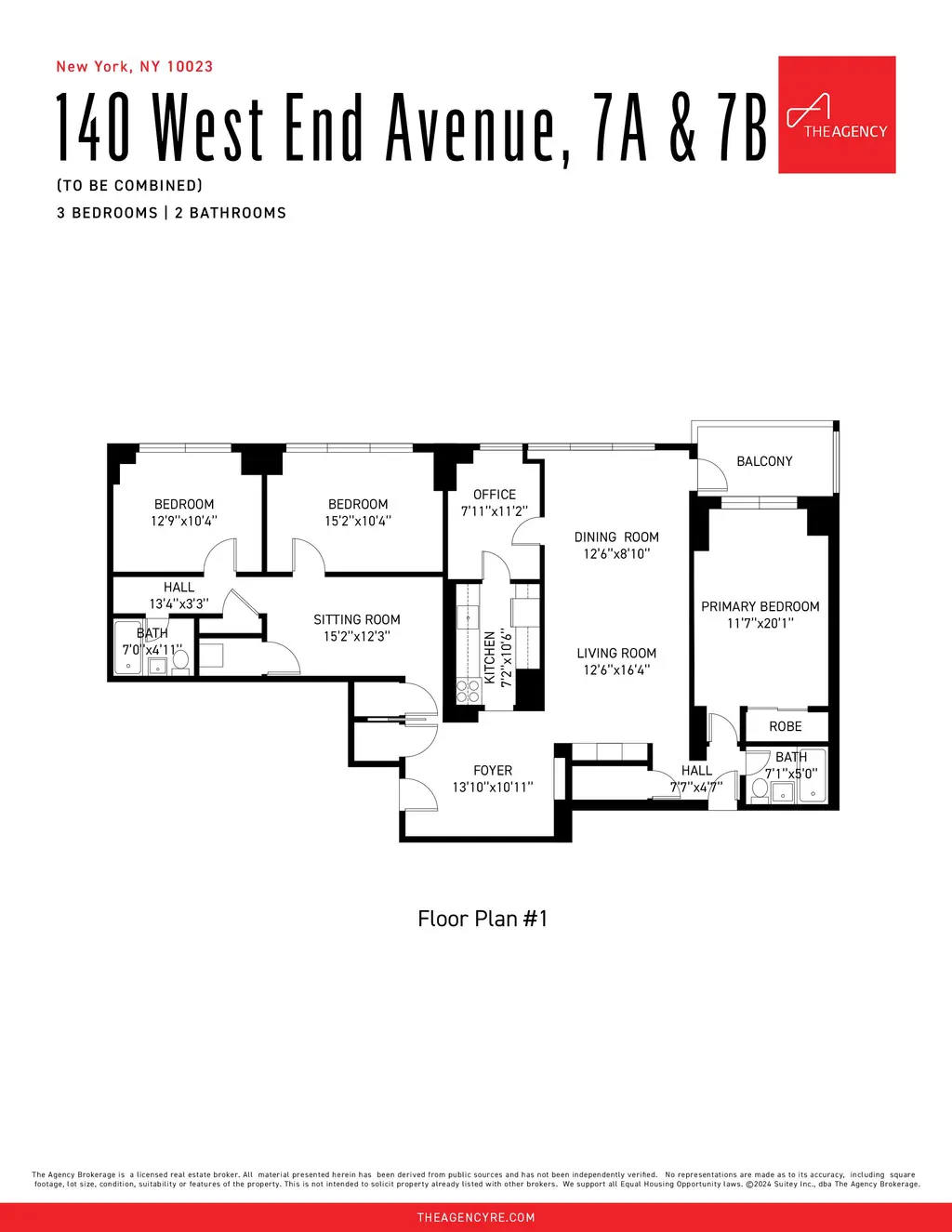
Lincoln Towers, #7A7B (The Agency Brokerage)
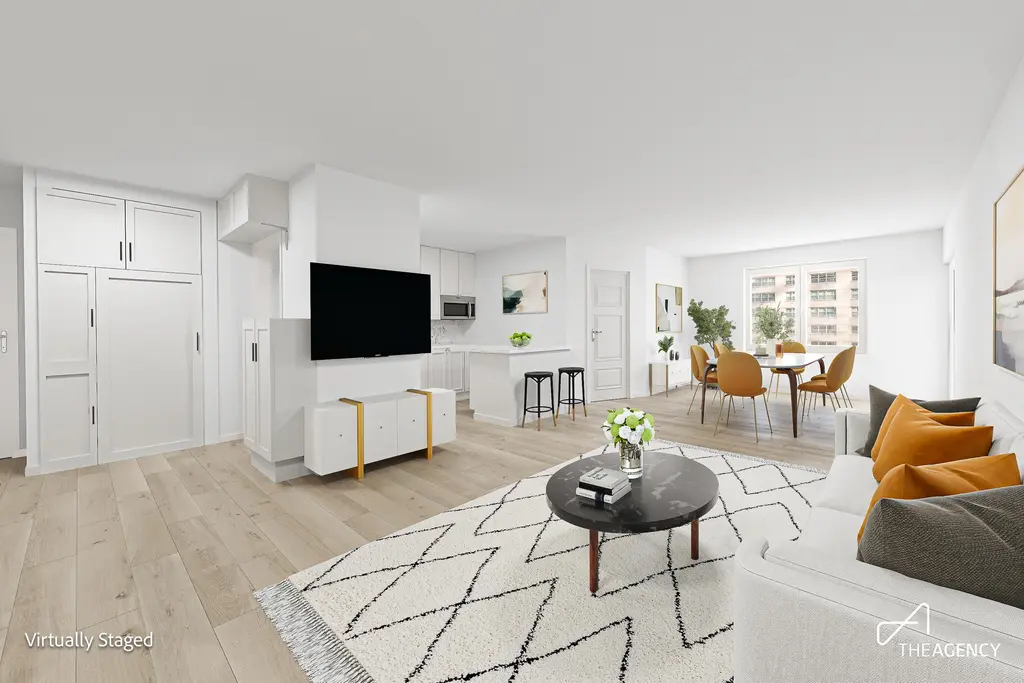
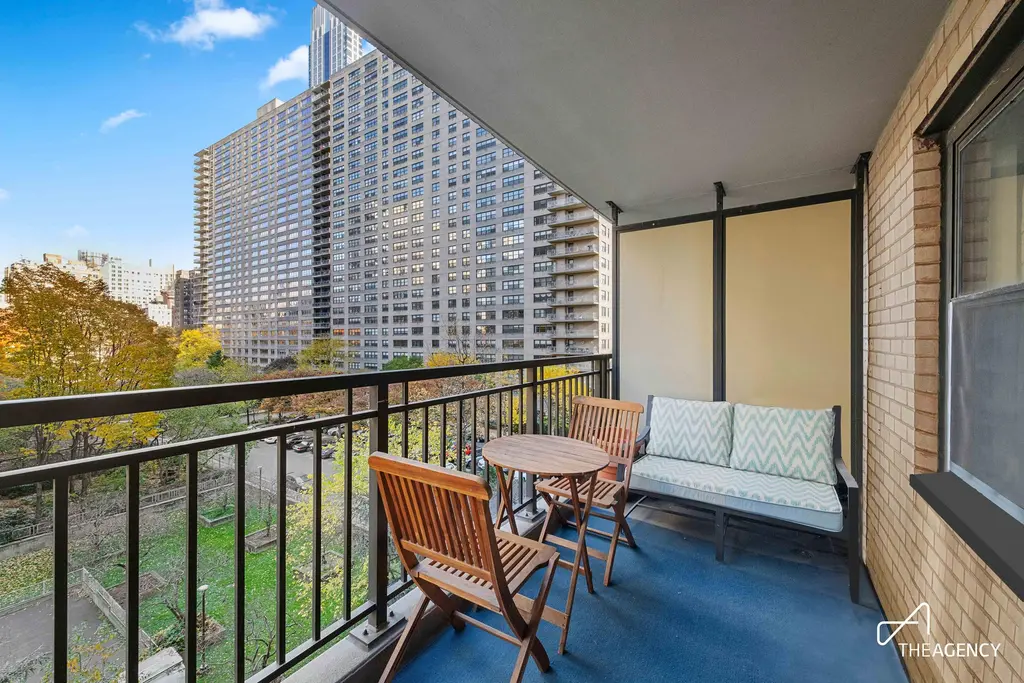
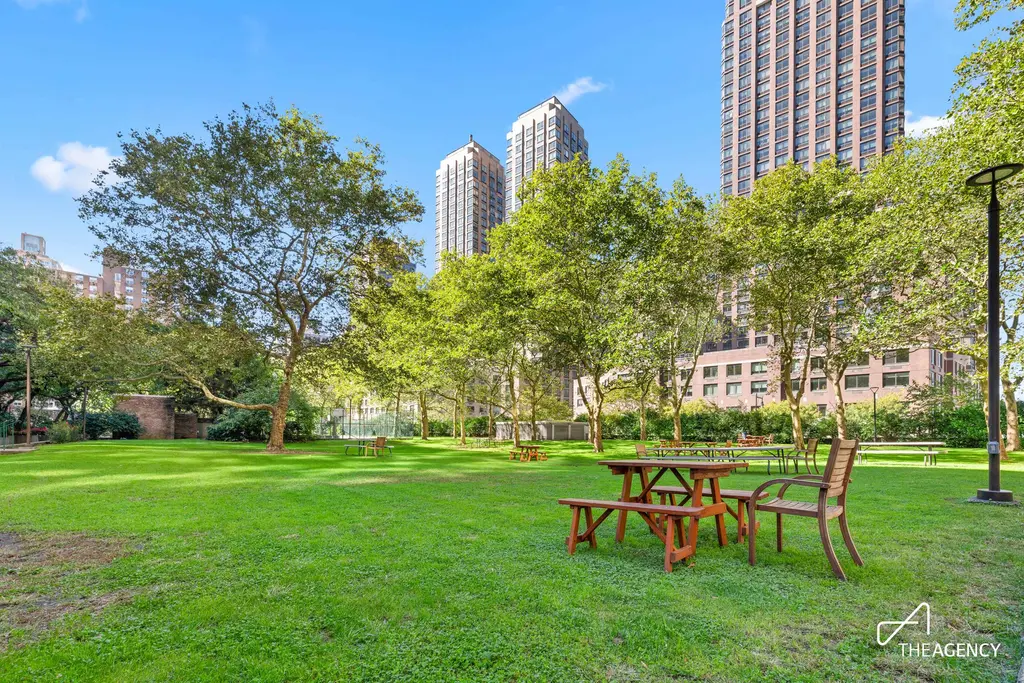
The Beekman, #608609
$1,500,000
Park/Fifth Ave. to 79th St. | Cooperative | 3 Bedrooms, 3 Baths | 2,100 ft2Open House: Sunday, March 24, 2024

The Beekman, #608609 (Corcoran Group)
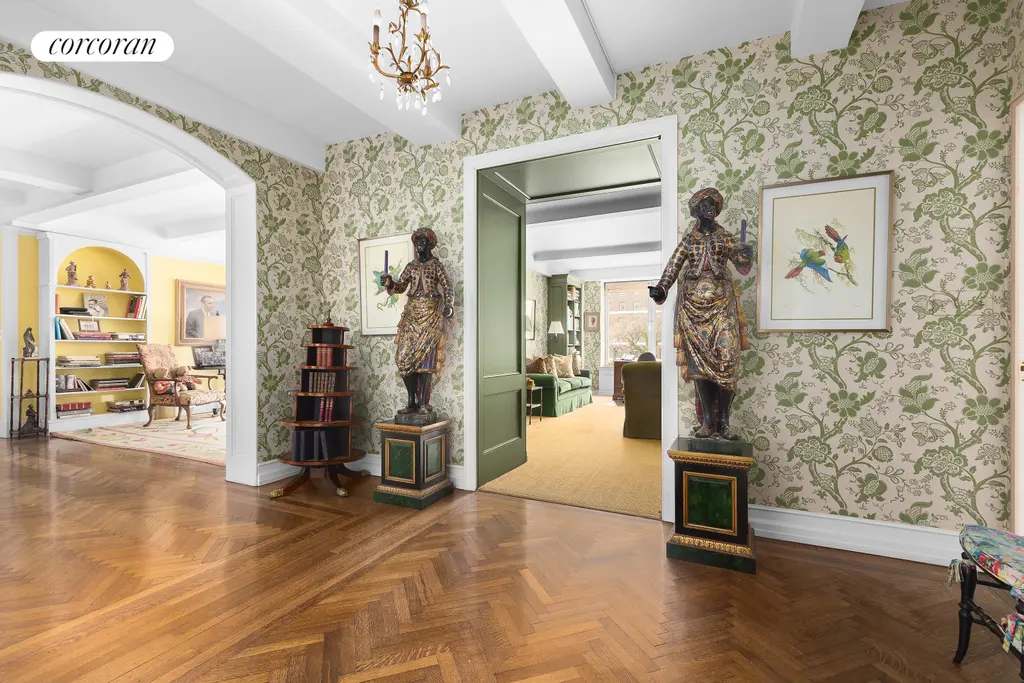
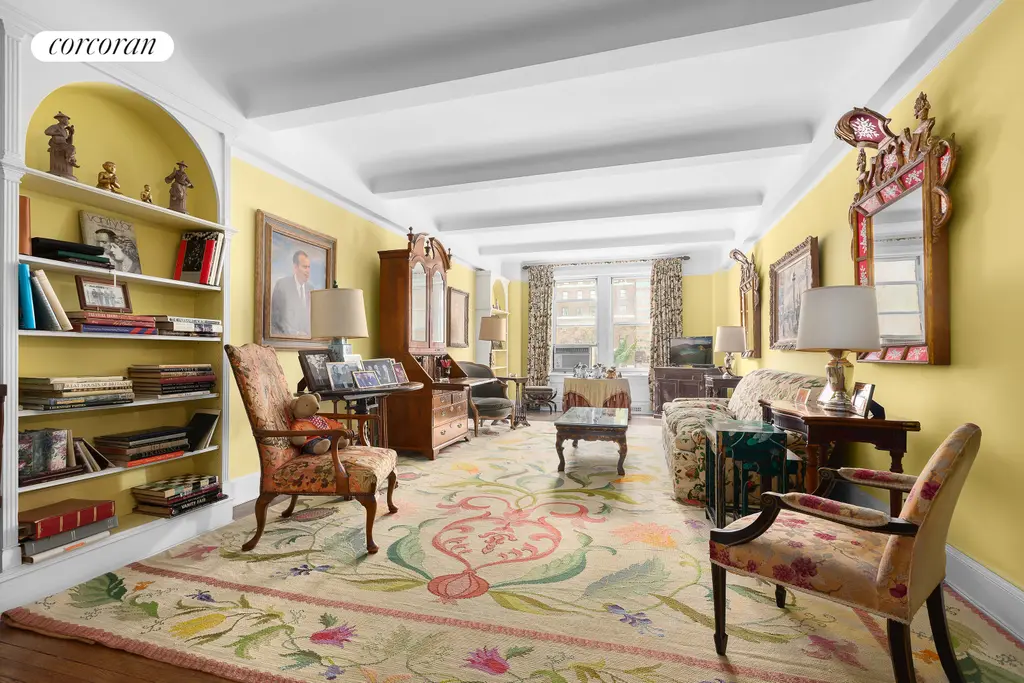

124 Thompson Street, #24
$1,395,000
SoHo | Cooperative | 2 Bedrooms, 2 BathsOpen House: Sunday, March 24, 2024
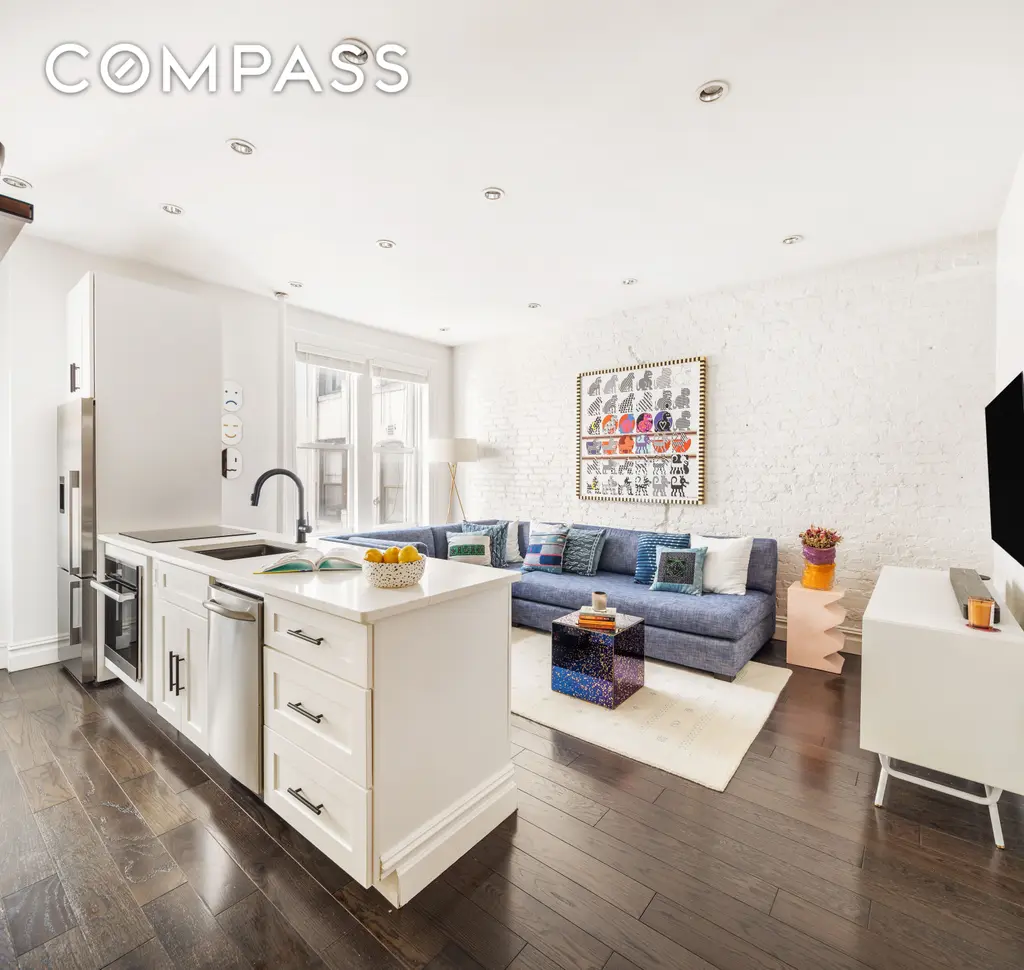
124 Thompson Street, #24 (Compass)
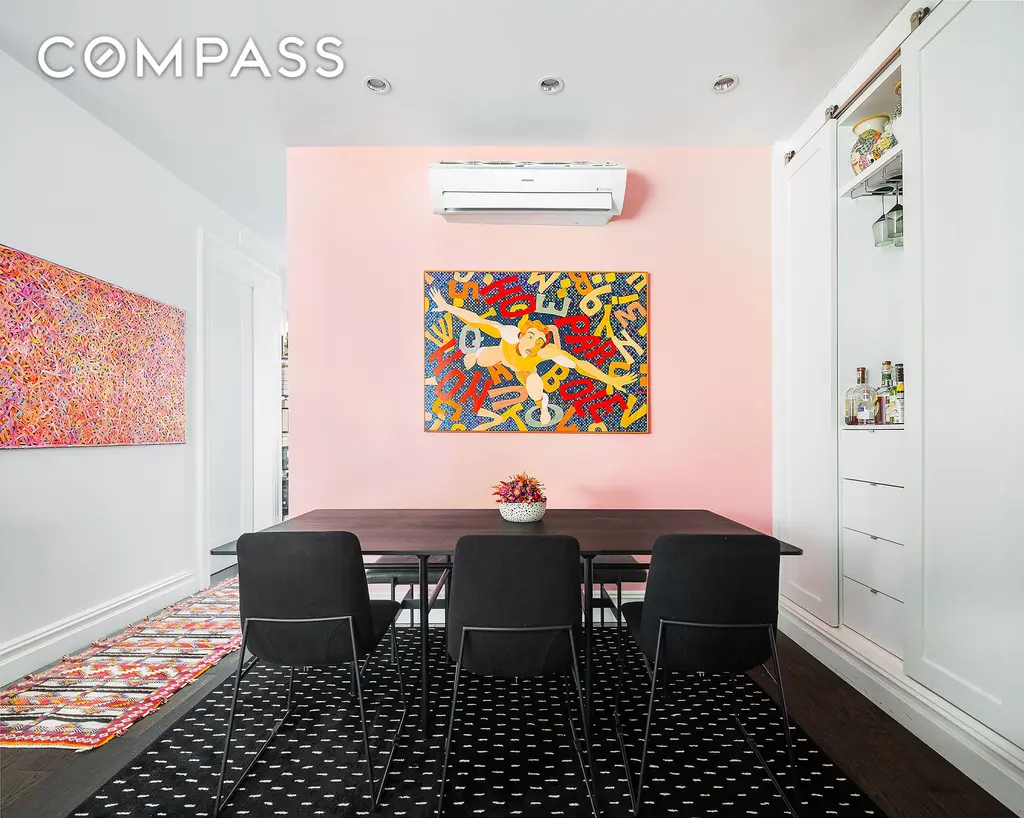
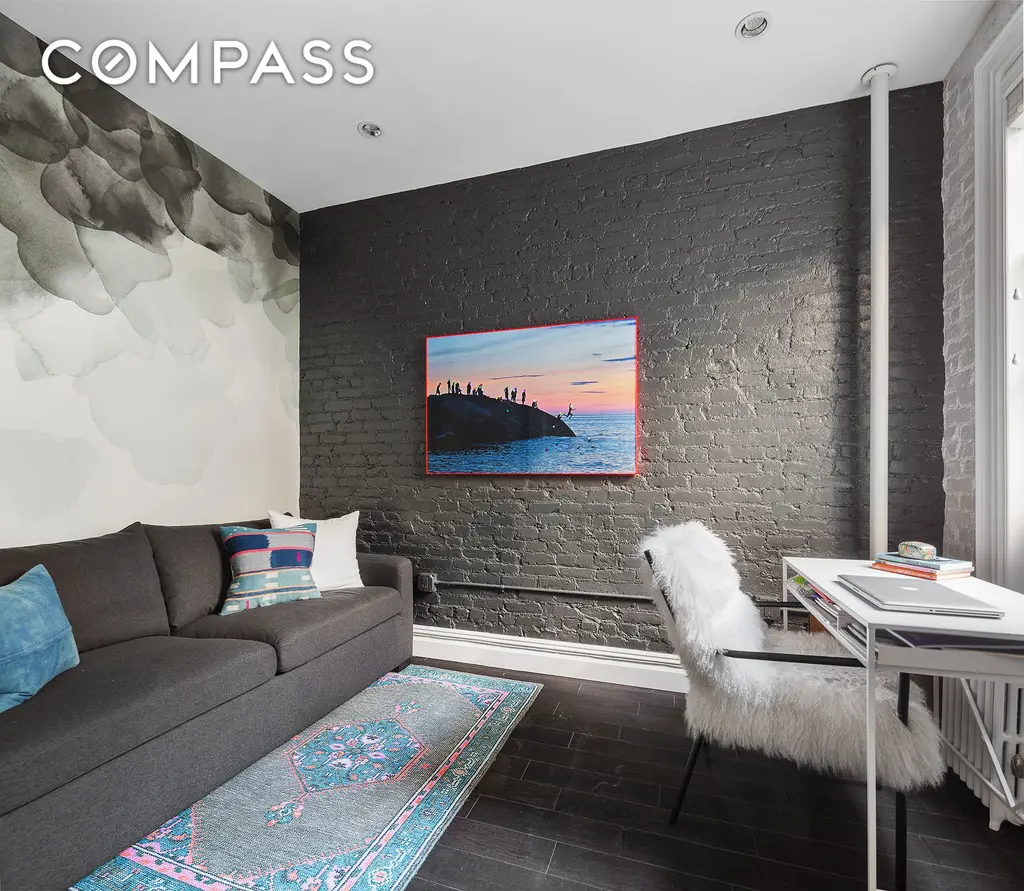
315 Riverside Drive, #6E
$1,175,000
Riverside Dr./West End Ave. | Cooperative | 1 Bedroom, 1 BathOpen House: Sunday, March 24, 2024
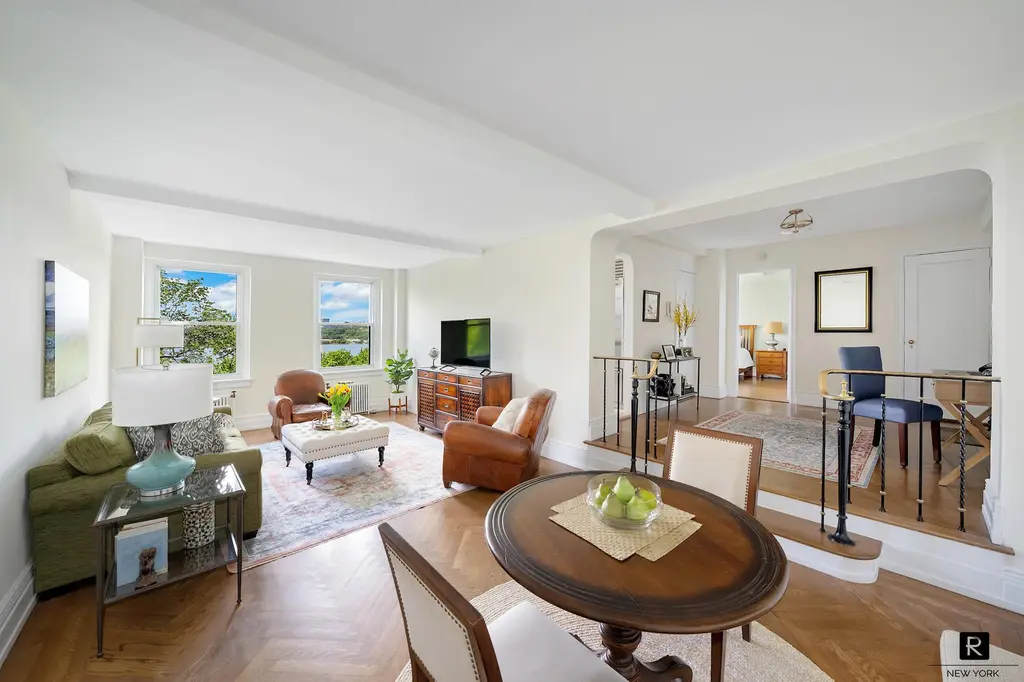
315 Riverside Drive, #6E (R New York)
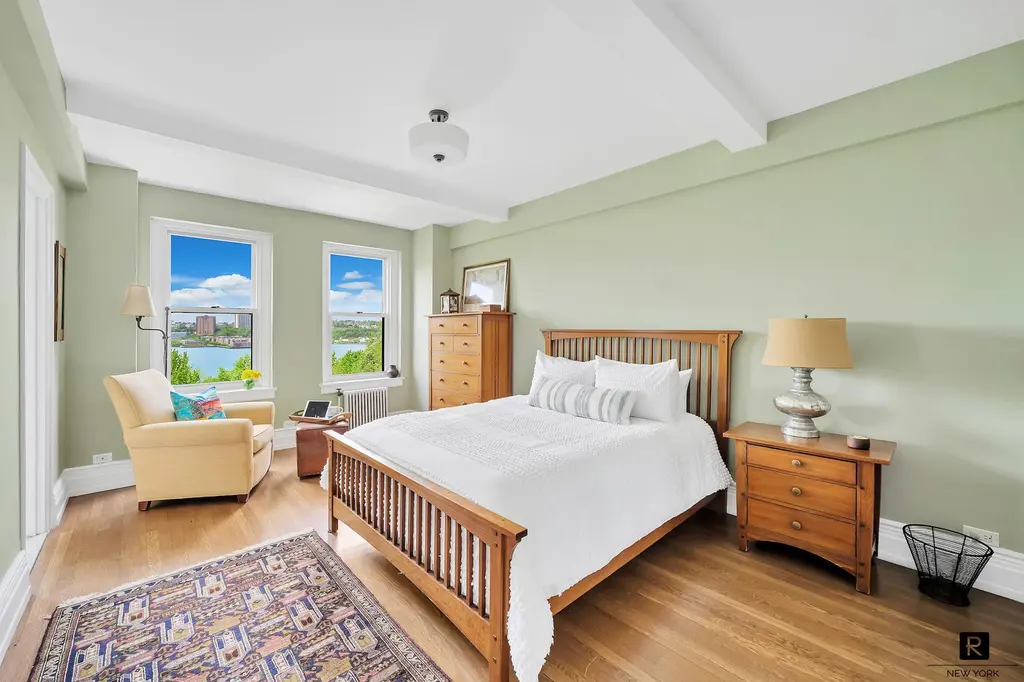


The Pinehurst, #22
$1,095,000
Washington Heights | Cooperative | 4 Bedrooms, 3 Baths | 1,800 ft2Open House: Sunday, March 24, 2024
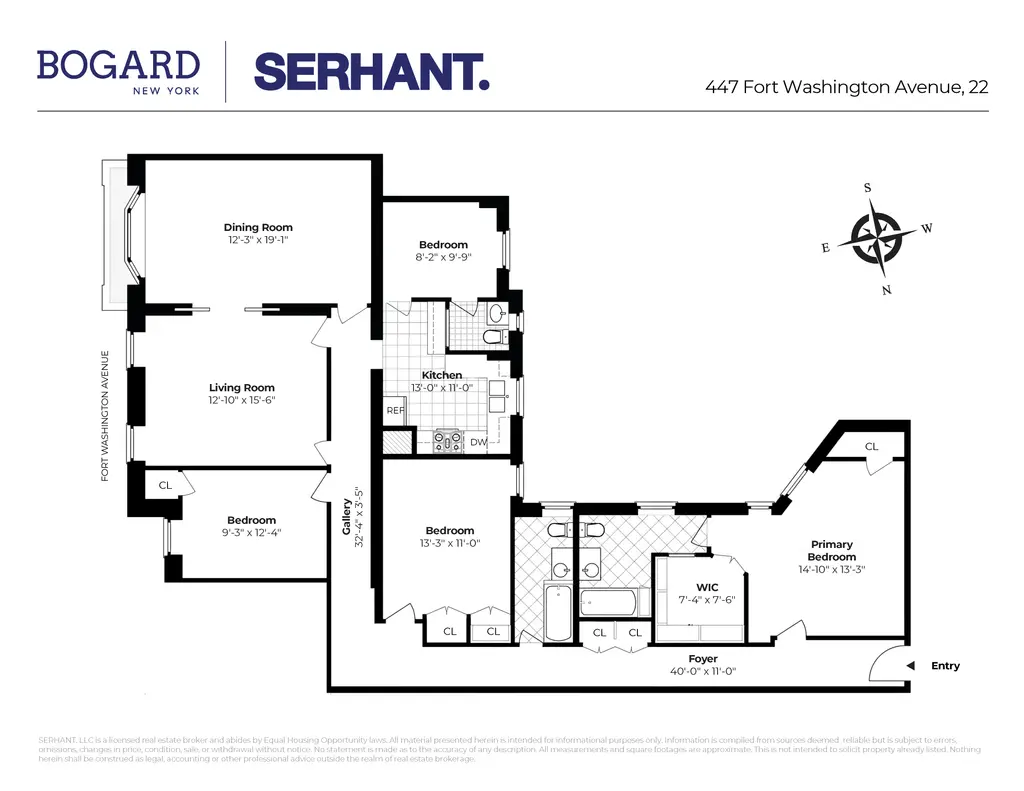
The Pinehurst, #22 (Serhant LLC)
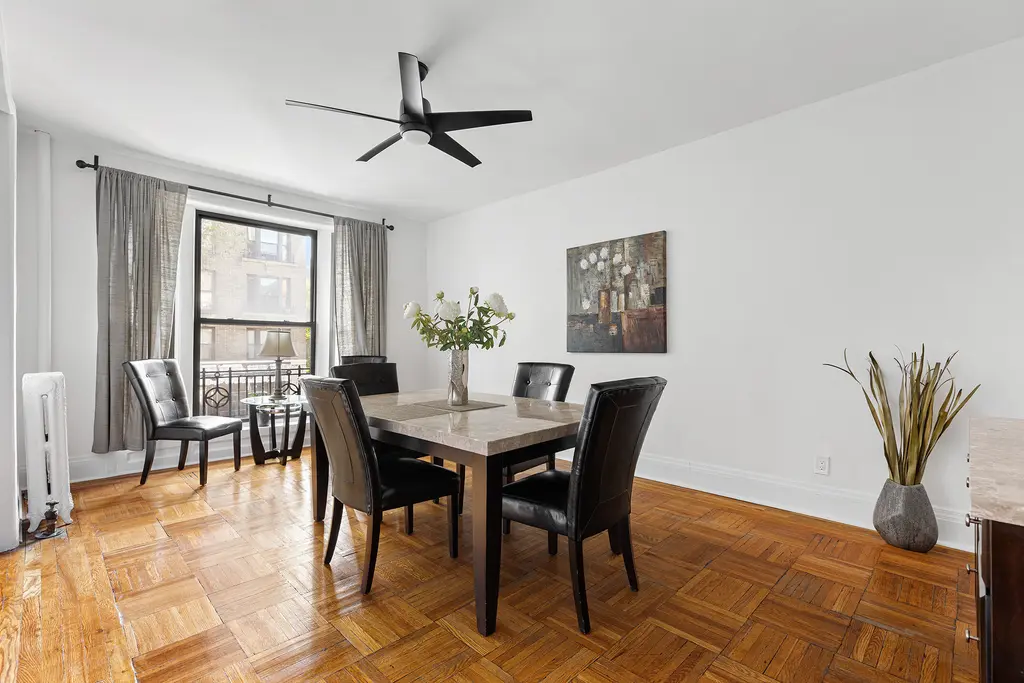

340 West 19th Street, #11
$995,000
Chelsea | Cooperative | 2 Bedrooms, 1 BathOpen House: Sunday, March 24, 2024
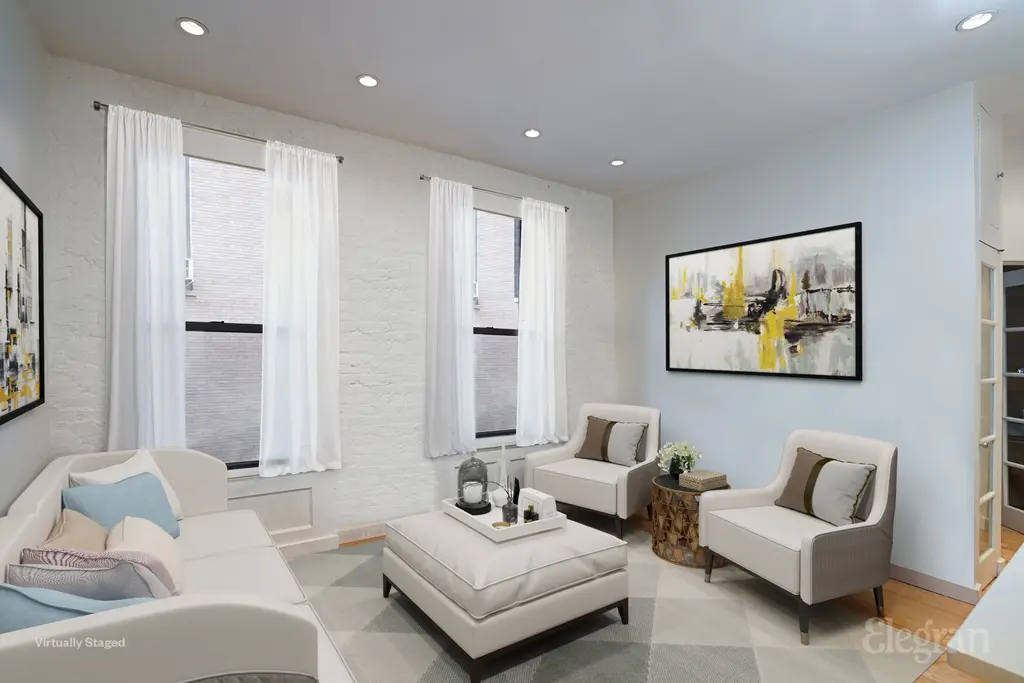
340 West 19th Street, #11 (Elegran LLC)
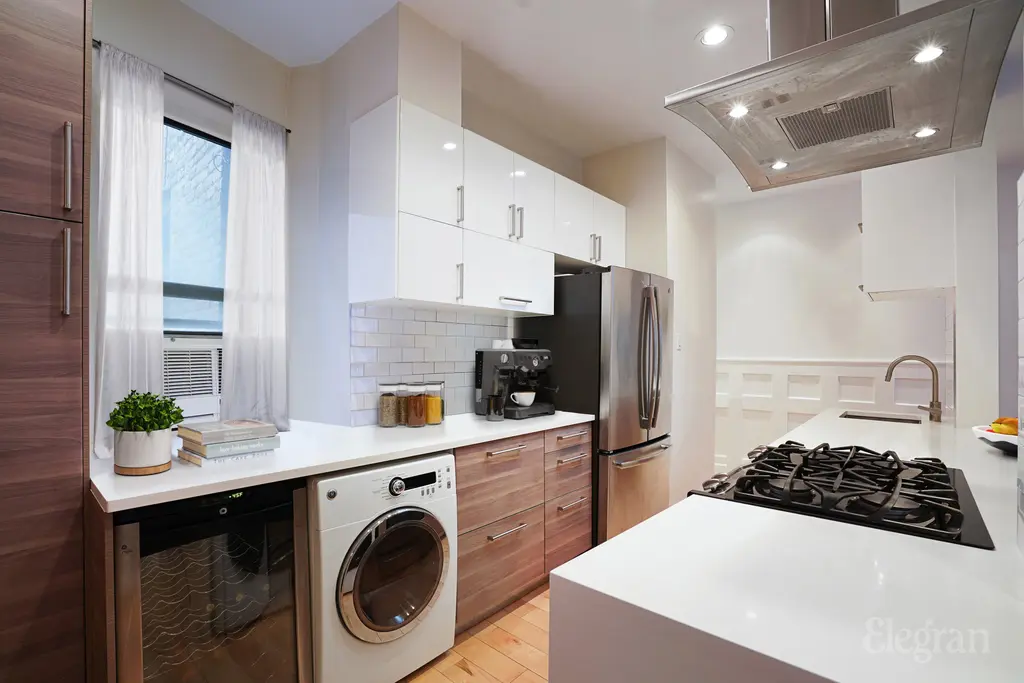
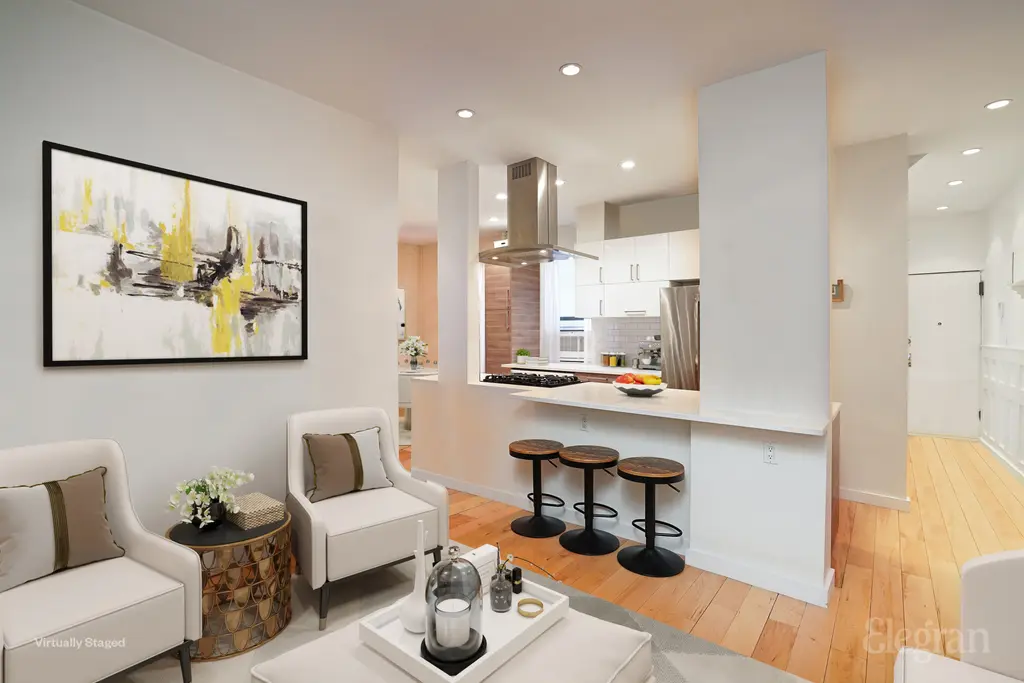
750 Park Avenue, #3B
$950,000
Park/Fifth Ave. to 79th St. | Cooperative | 1 Bedroom, 1 BathOpen House: Saturday, March 23, 2024
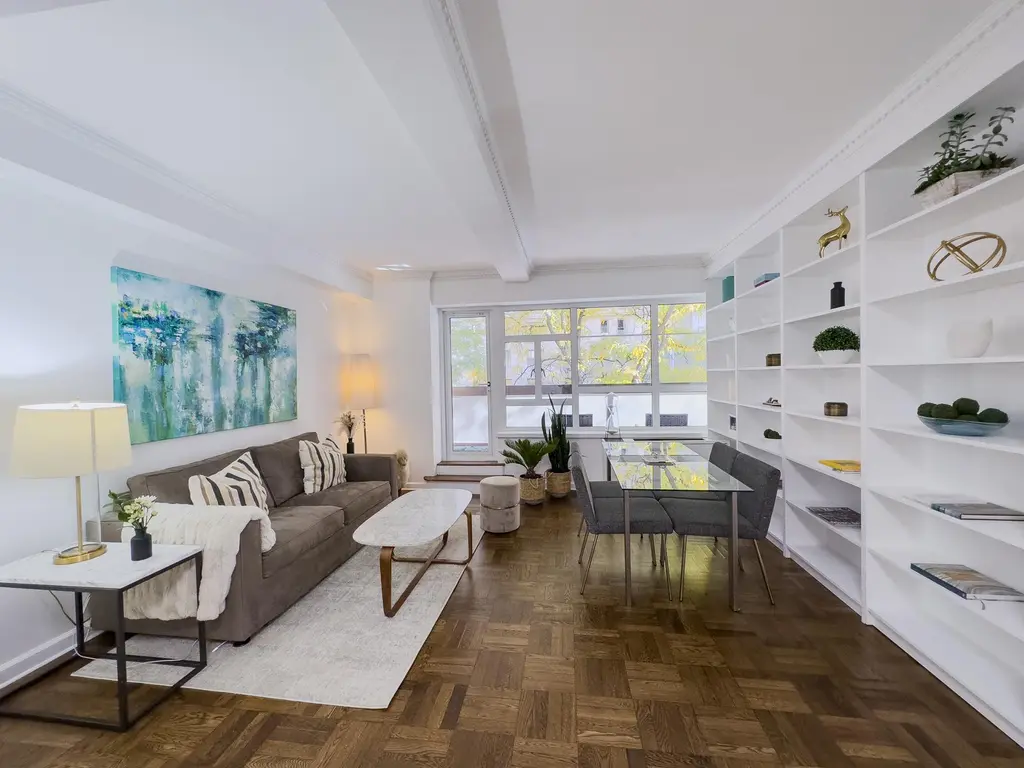
750 Park Avenue, #3B (Douglas Elliman Real Estate)
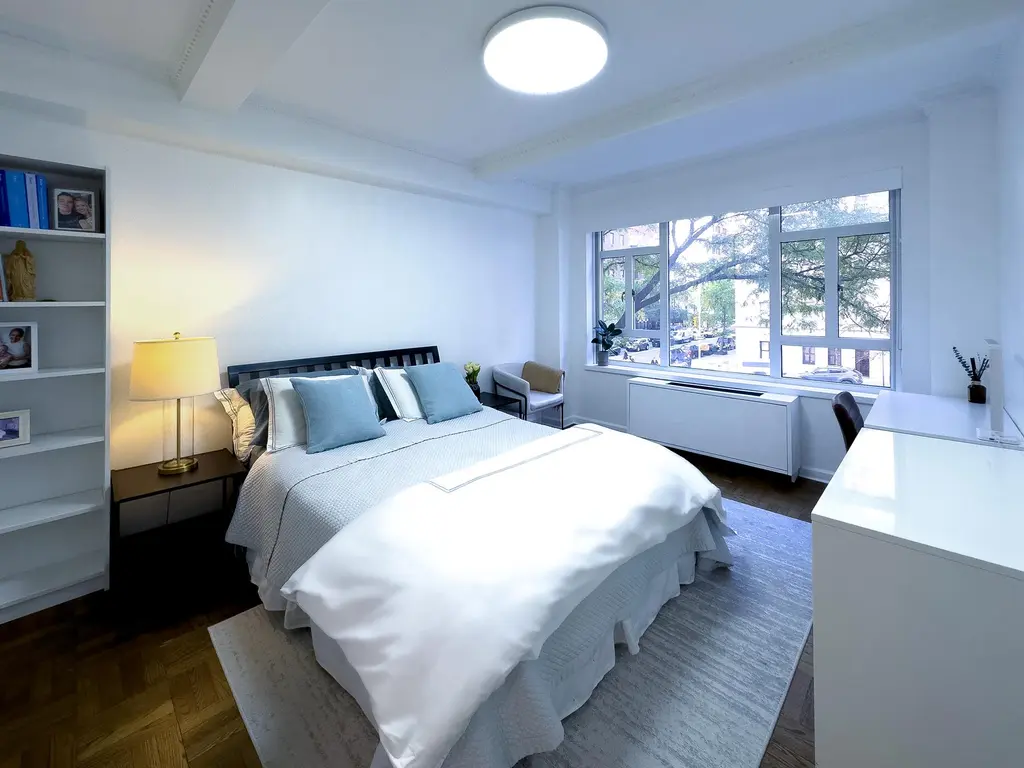
265 Riverside Drive, #4B
$950,000
Riverside Dr./West End Ave. | Cooperative | 2 Bedrooms, 1 BathOpen House: Sunday, March 24, 2024
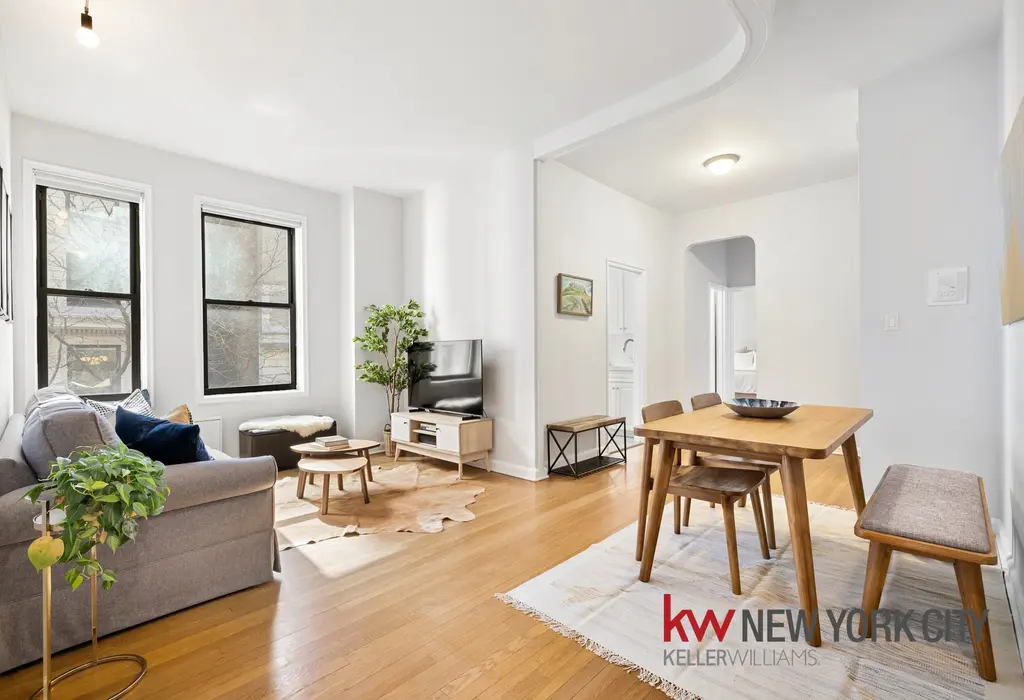
265 Riverside Drive, #4B (Keller Williams NYC)
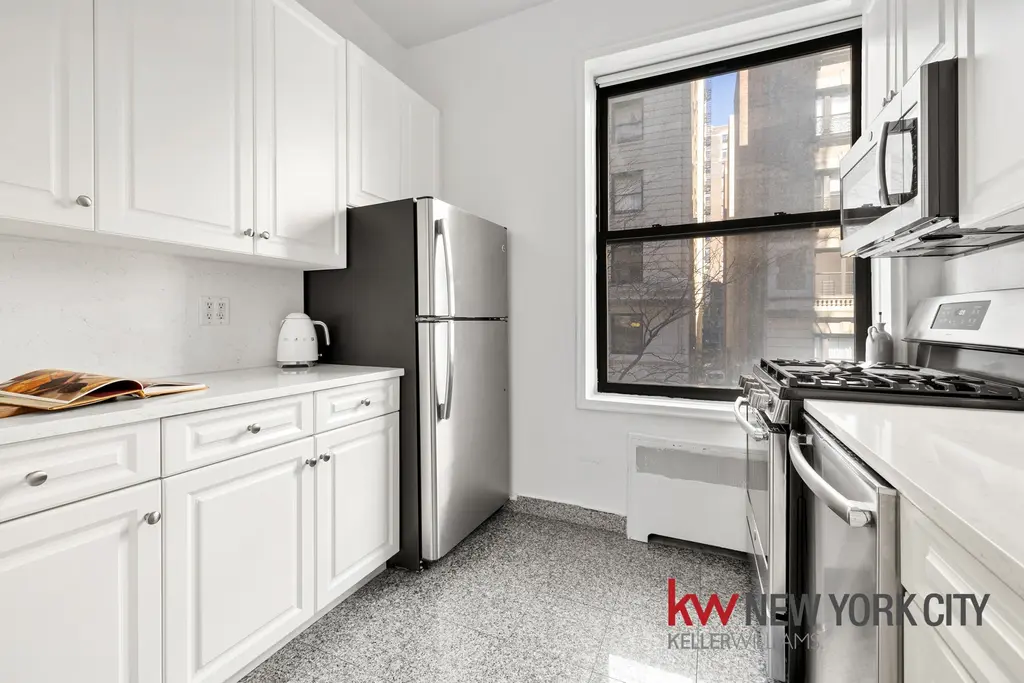
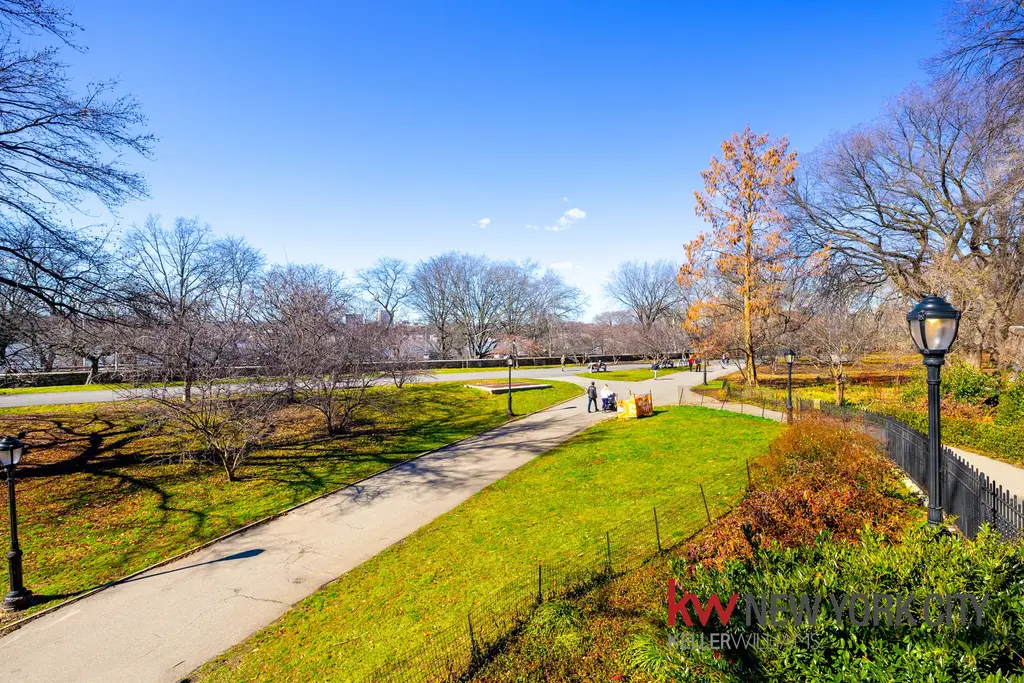
71 East 3rd Street, #6
$895,000
East Village | Cooperative | 2 Bedrooms, 1 BathOpen House: Sunday, March 24, 2024
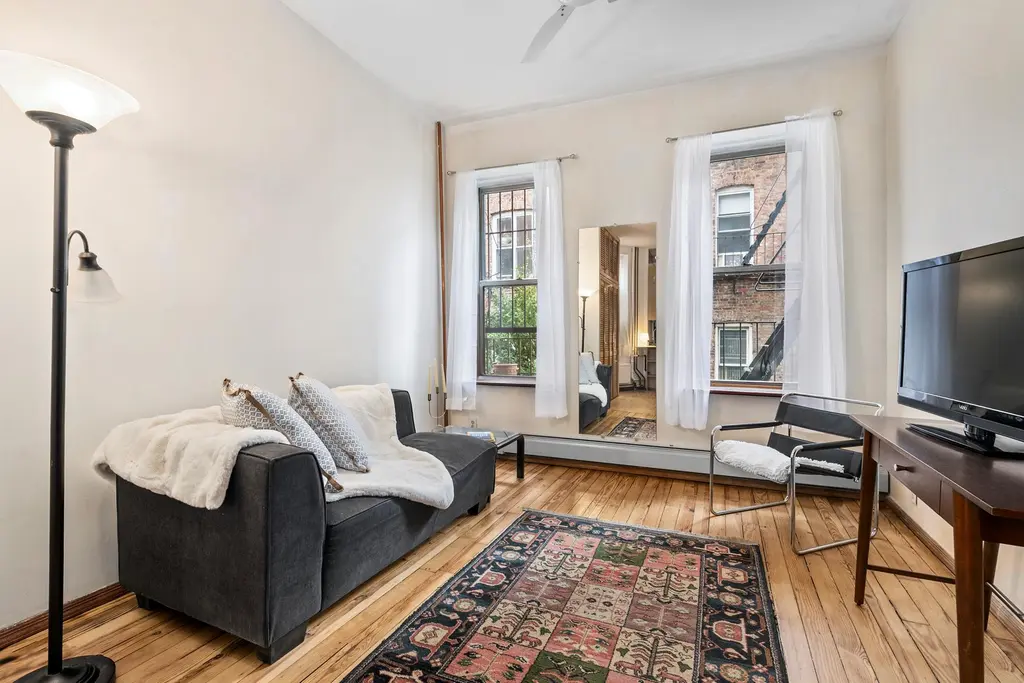
71 East 3rd Street, #6 (Douglas Elliman Real Estate)
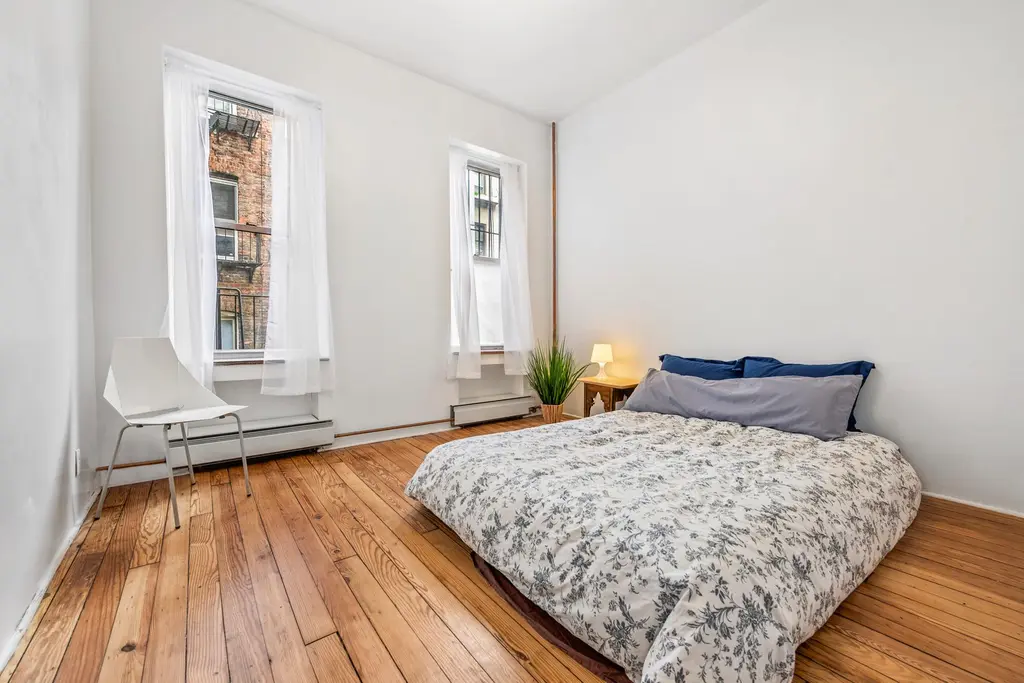
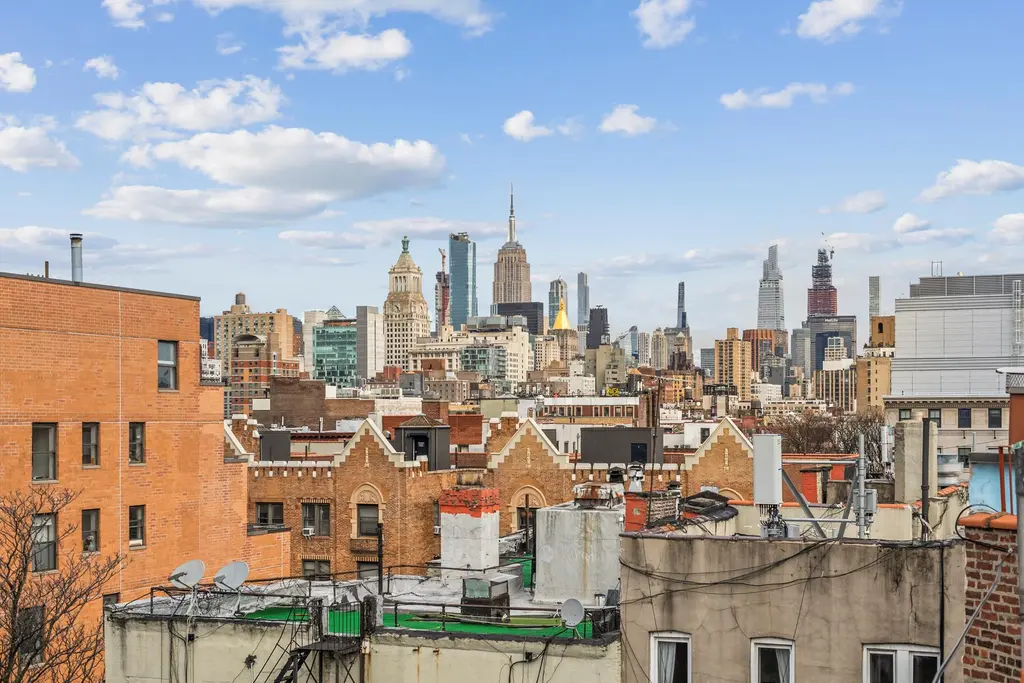
Hudson View Gardens, #E15
$775,000
Washington Heights | Cooperative | 2 Bedrooms, 1 Bath | 1,240 ft2Open House: Sunday, March 24, 2024
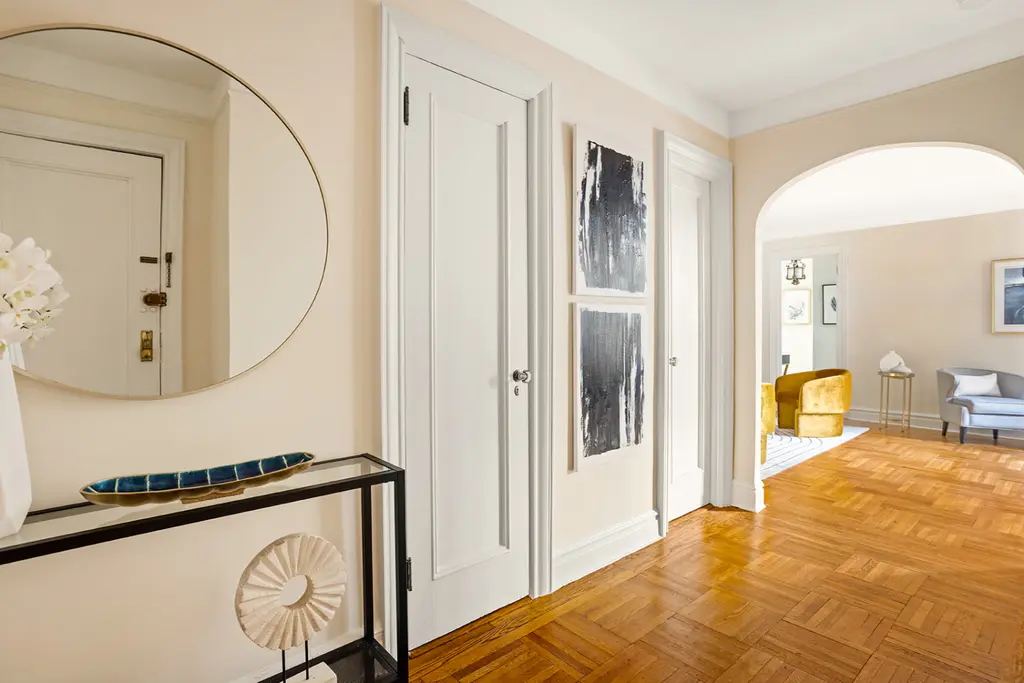
Hudson View Gardens, #E15 (Corcoran Group)
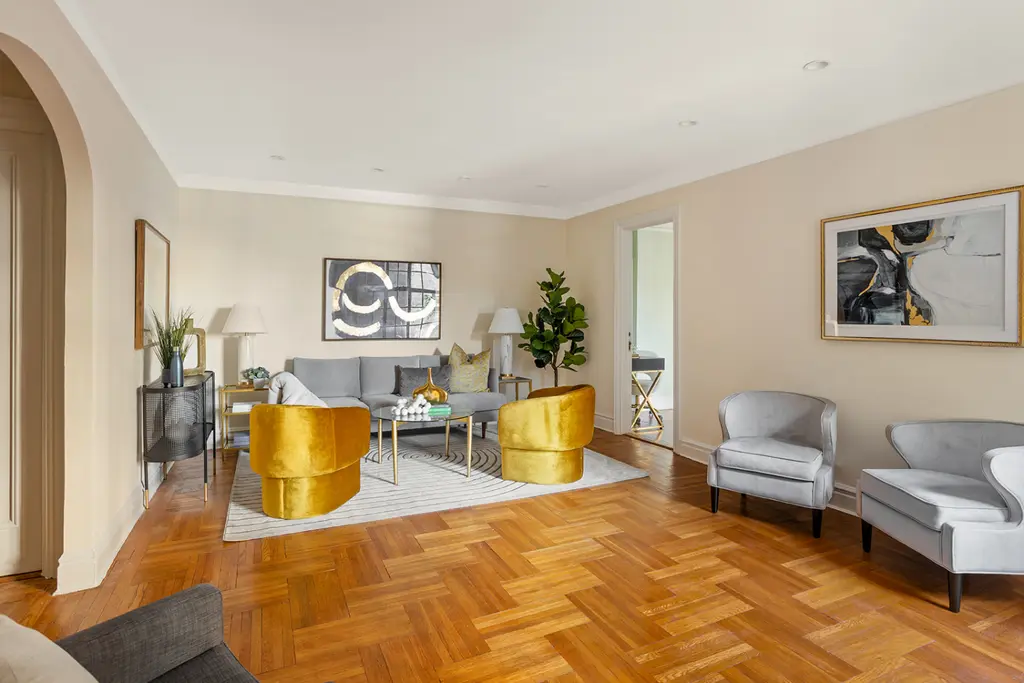
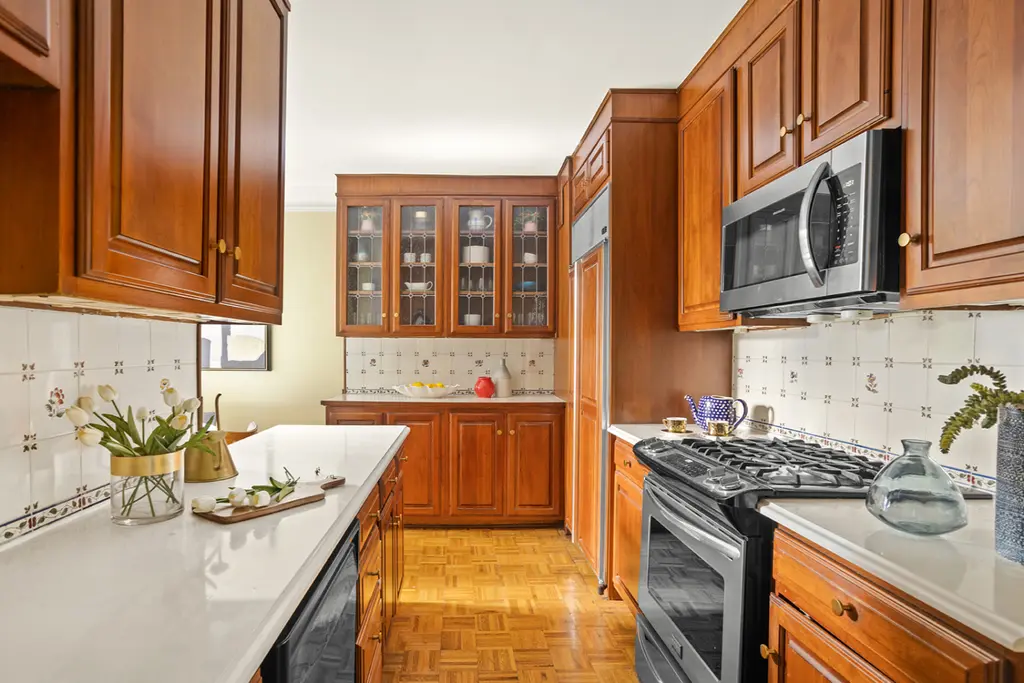
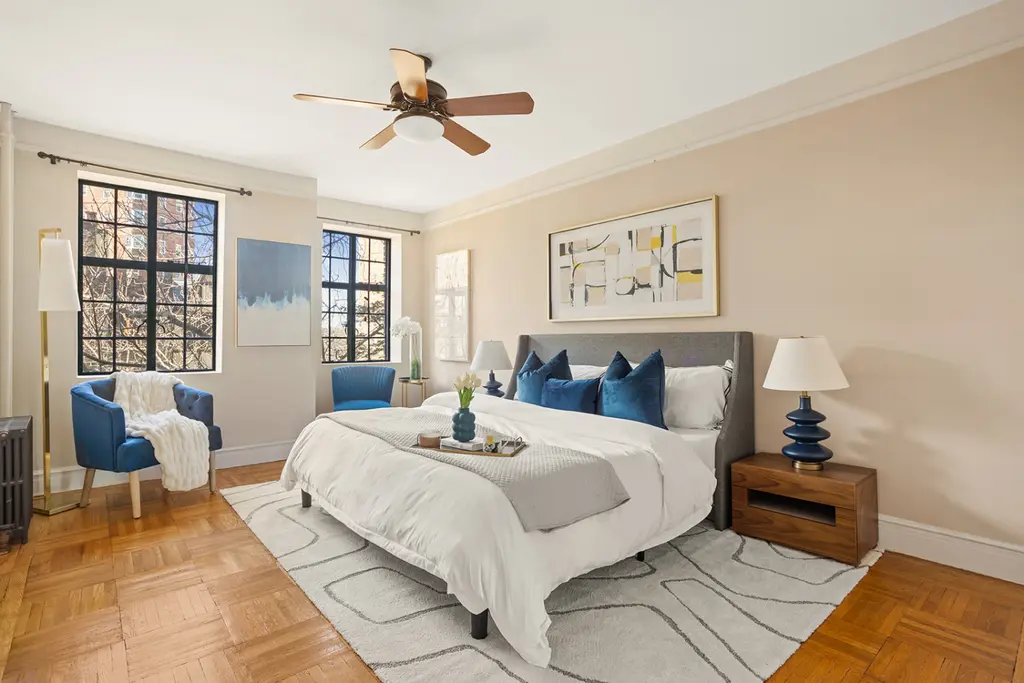
The Mansion House, #11F
$725,000
Yorkville | Cooperative | 2 Bedrooms, 1 Bath | 950 ft2Open House: Sunday, March 24, 2024
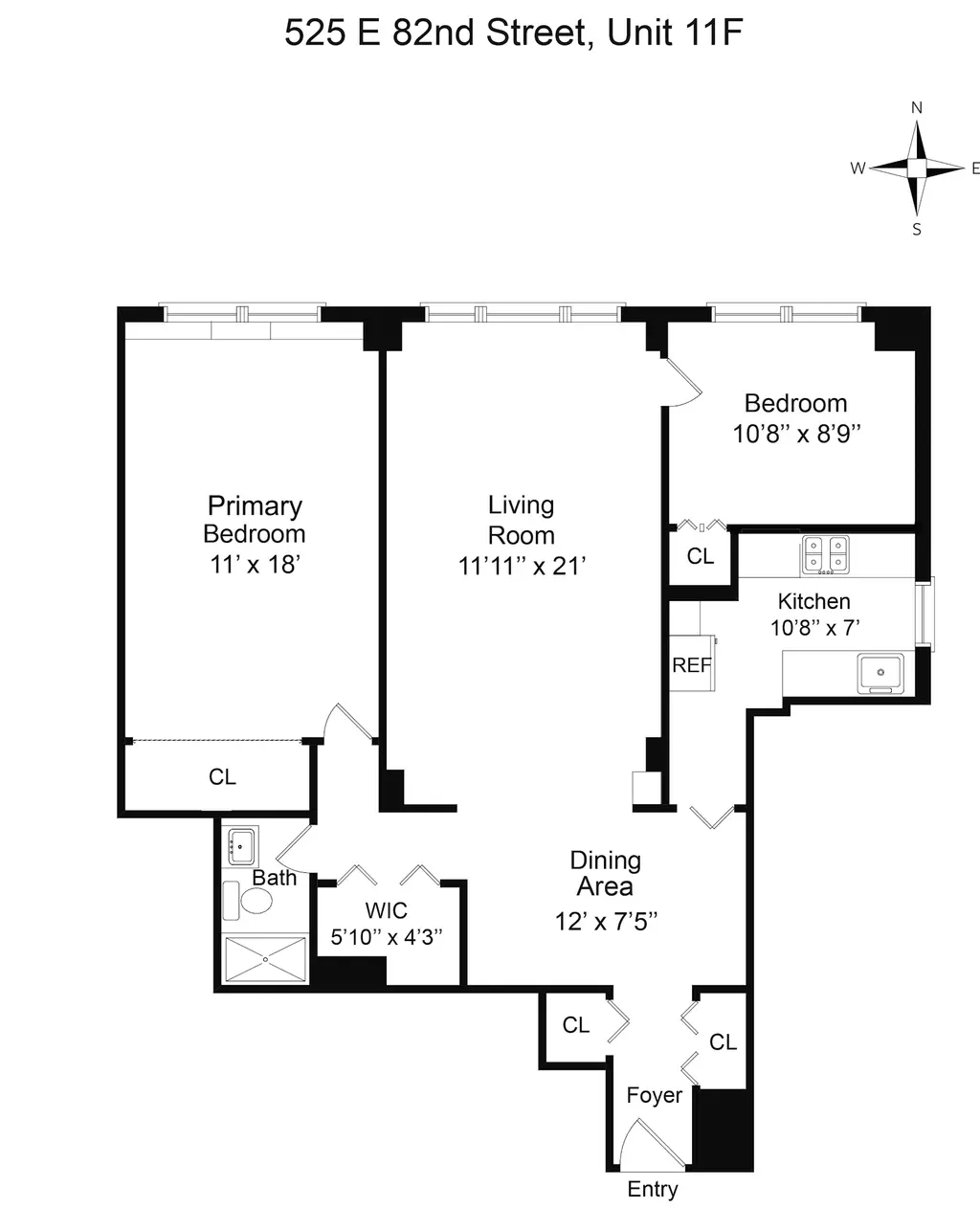
The Mansion House, #11F (Brown Harris Stevens Residential Sales LLC)
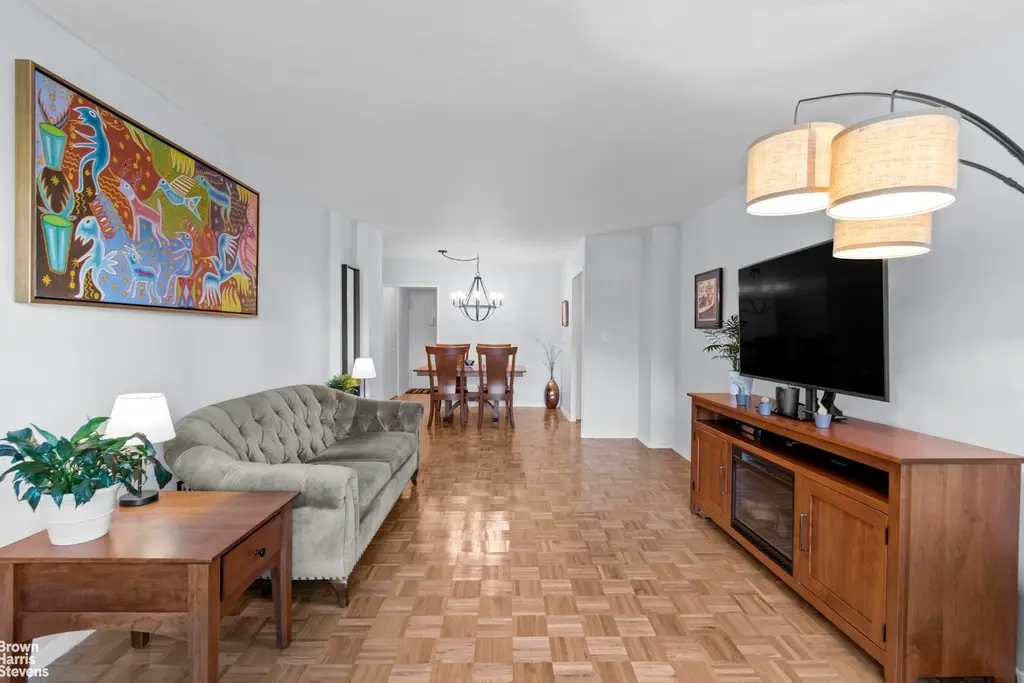
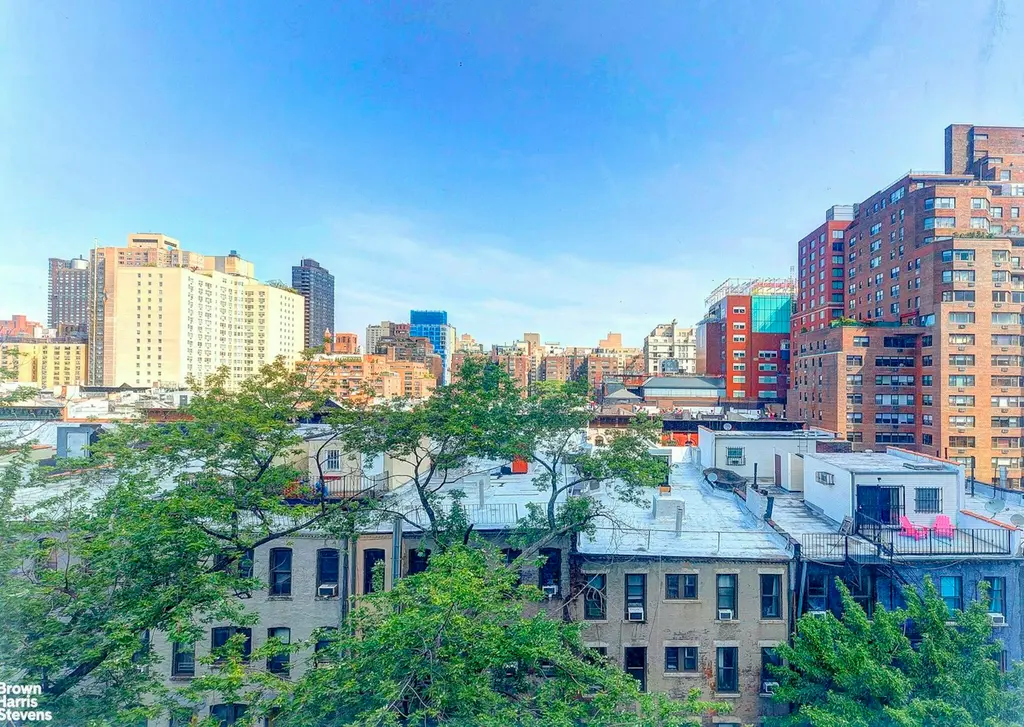
The Riviera, #10C
$699,000
Washington Heights | Cooperative | 2 Bedrooms, 1 BathOpen House: Sunday, March 24, 2024
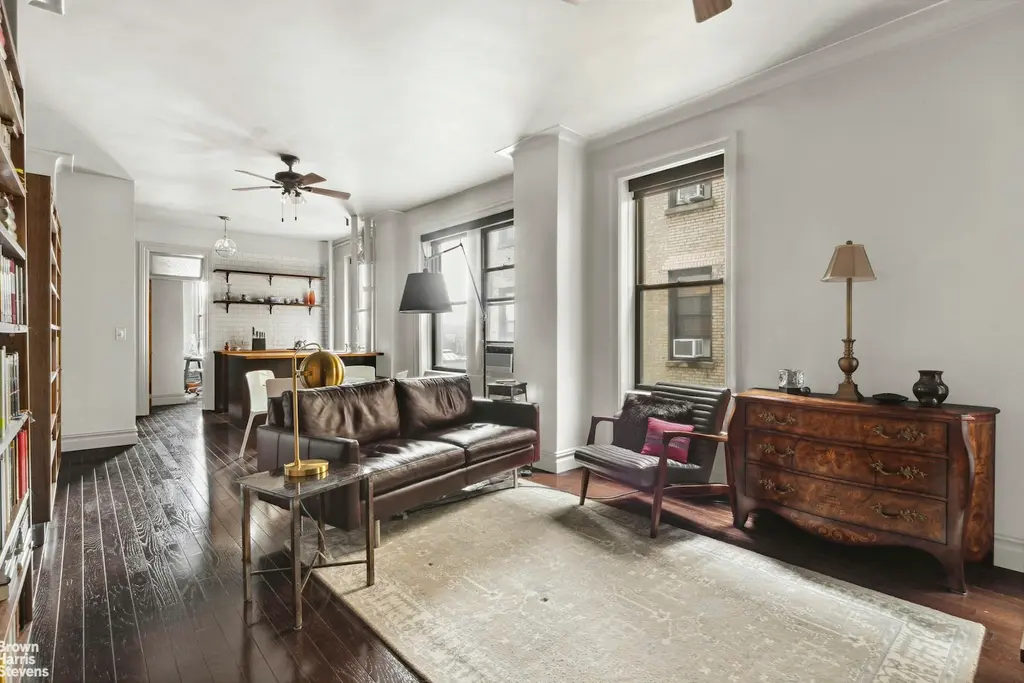
The Riviera, #10C (Brown Harris Stevens Residential Sales LLC)
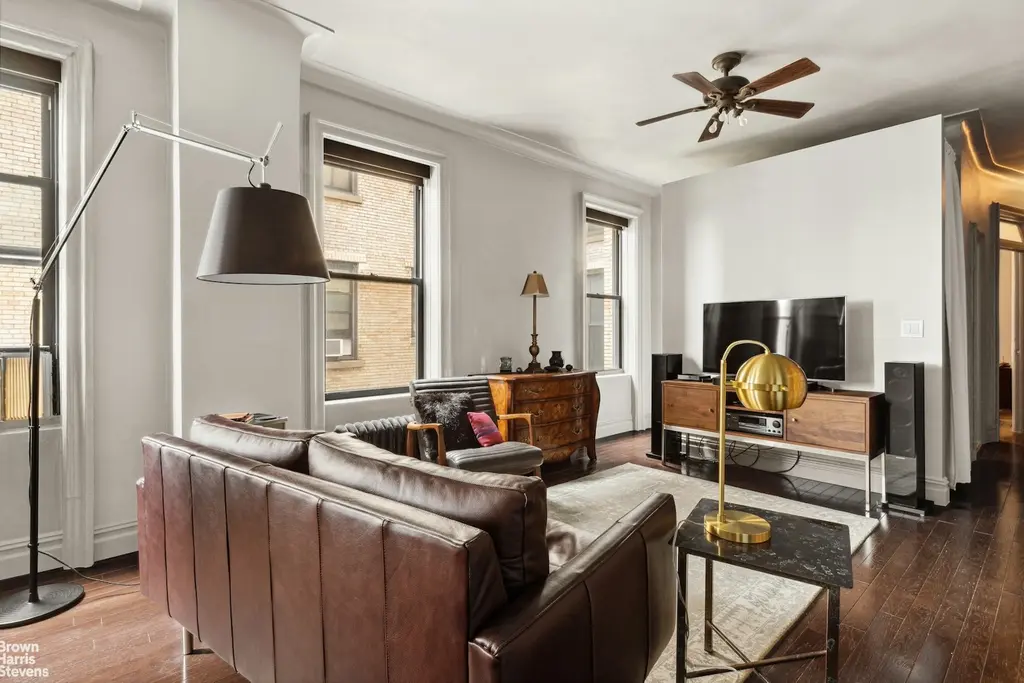
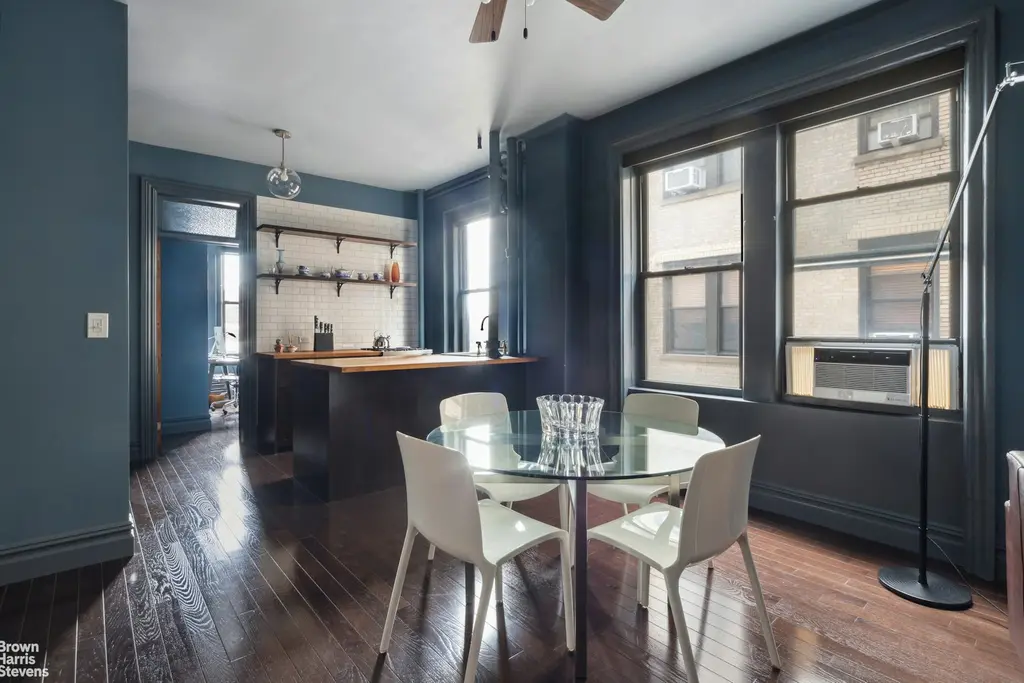
The Fontaine, #34C
$685,000
Lenox Hill | Cooperative | 1 Bedroom, 1 BathOpen House: Sunday, March 24, 2024
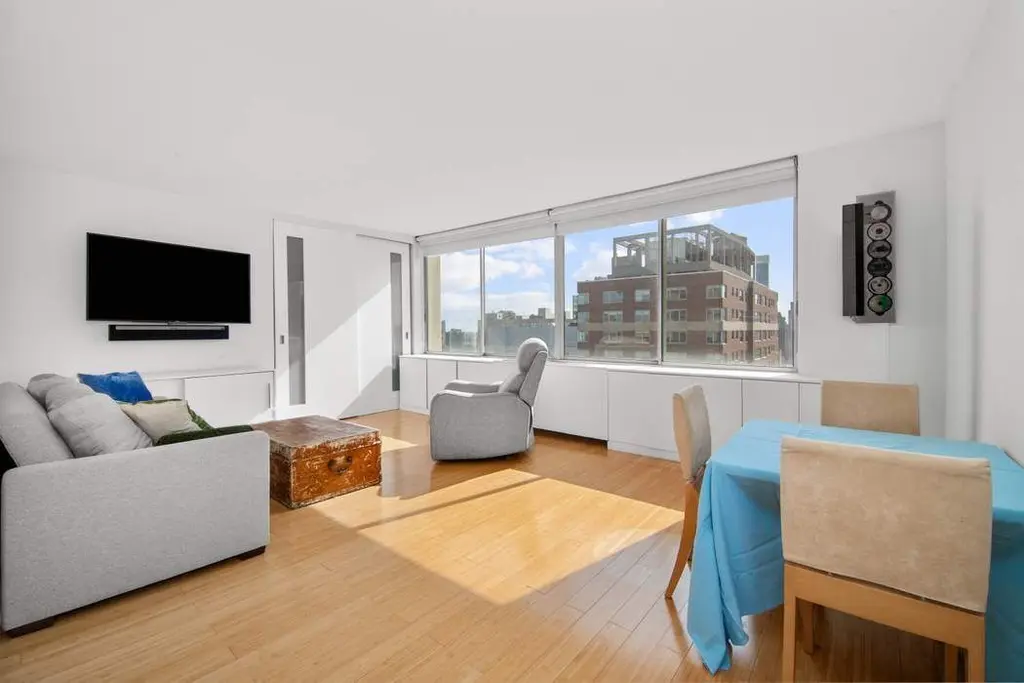
The Fontaine, #34C (Sothebys International Realty)
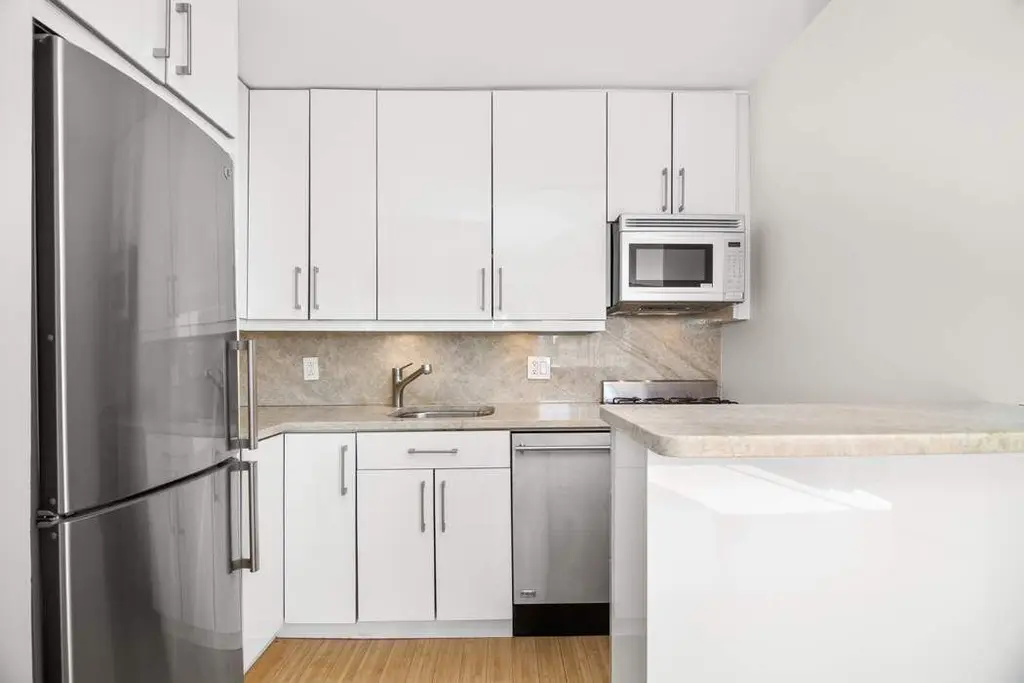
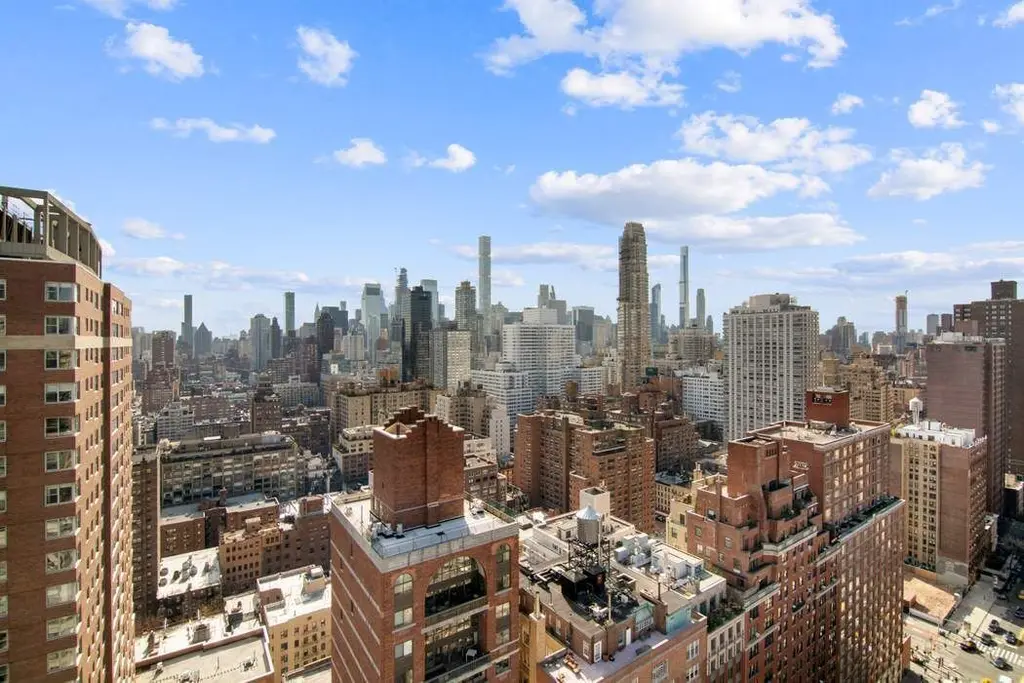
Riverview South, #16L
$650,000
Yorkville | Cooperative | 1 Bedroom, 1 Bath | 730 ft2Open House: Saturday, March 23, 2024
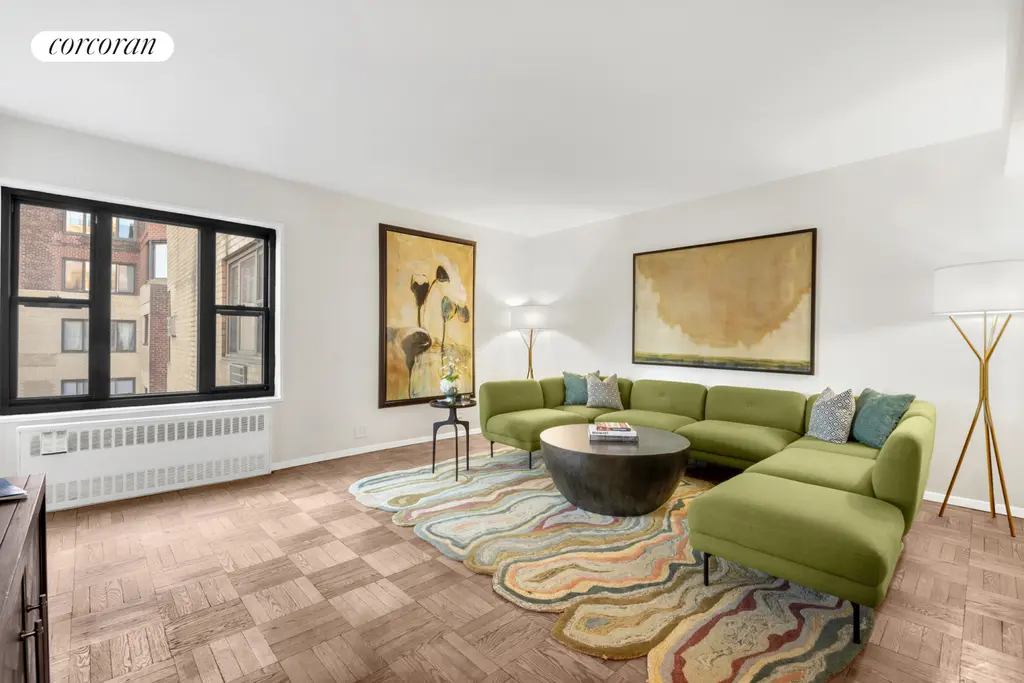
Riverview South, #16L (Corcoran Group)
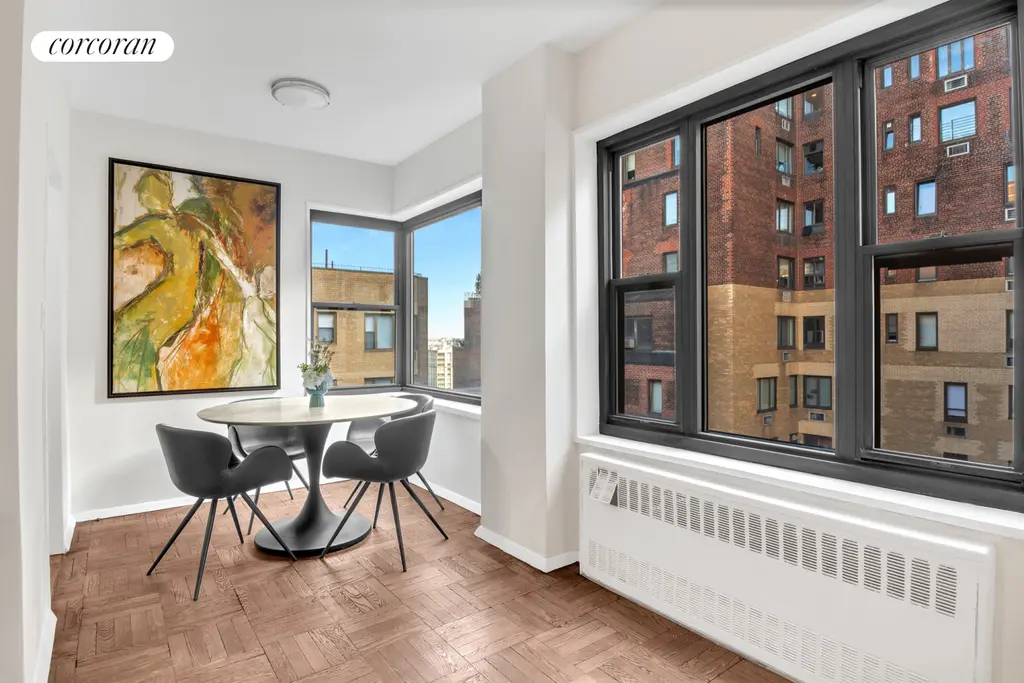
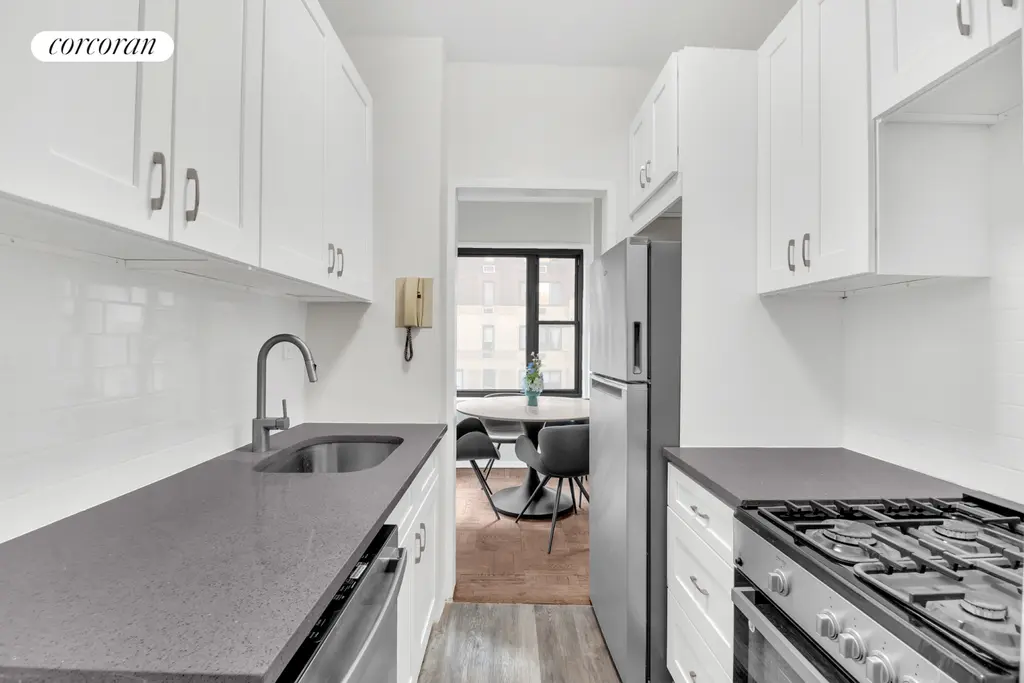
Carlton Regency South, #19H
$625,000
Murray Hill | Cooperative | 1 Bedroom, 1 BathOpen House: Sunday, March 24, 2024
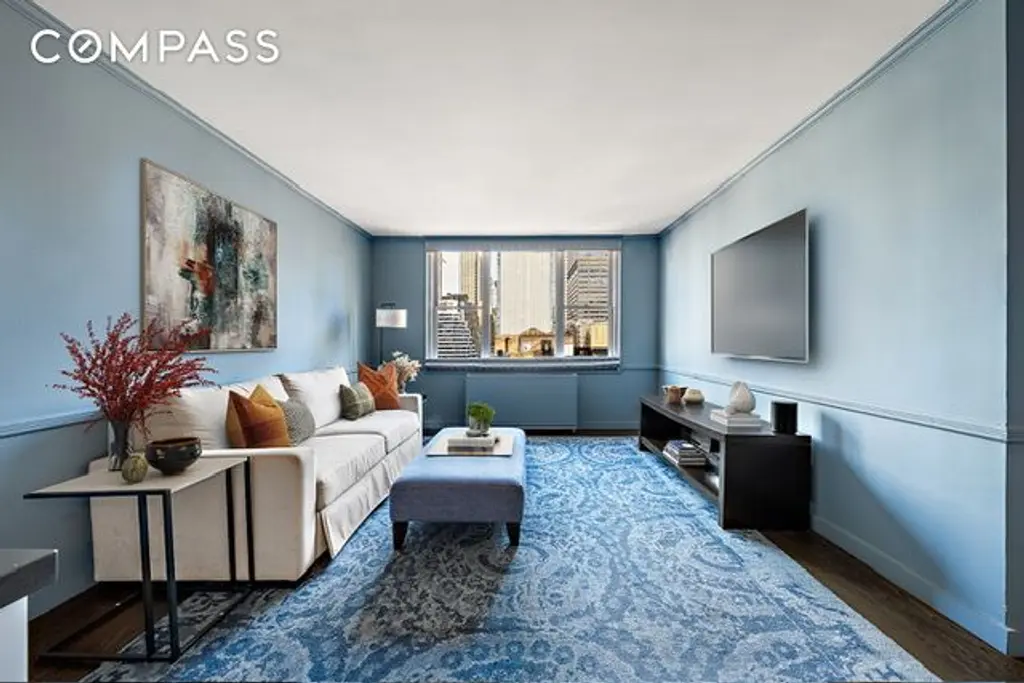
Carlton Regency South, #19H (Compass)
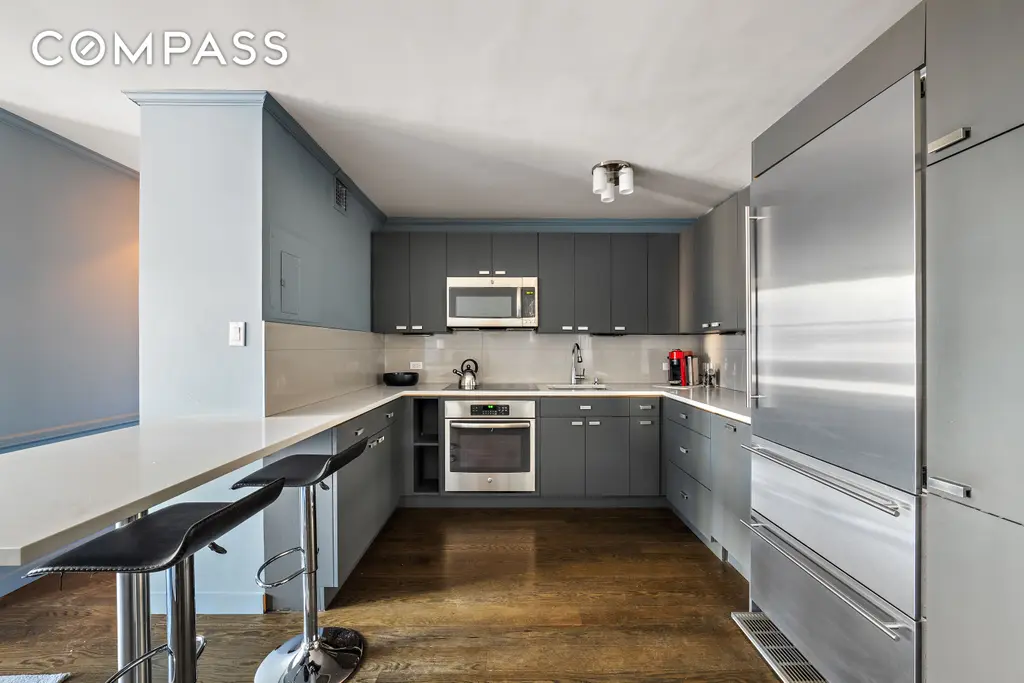
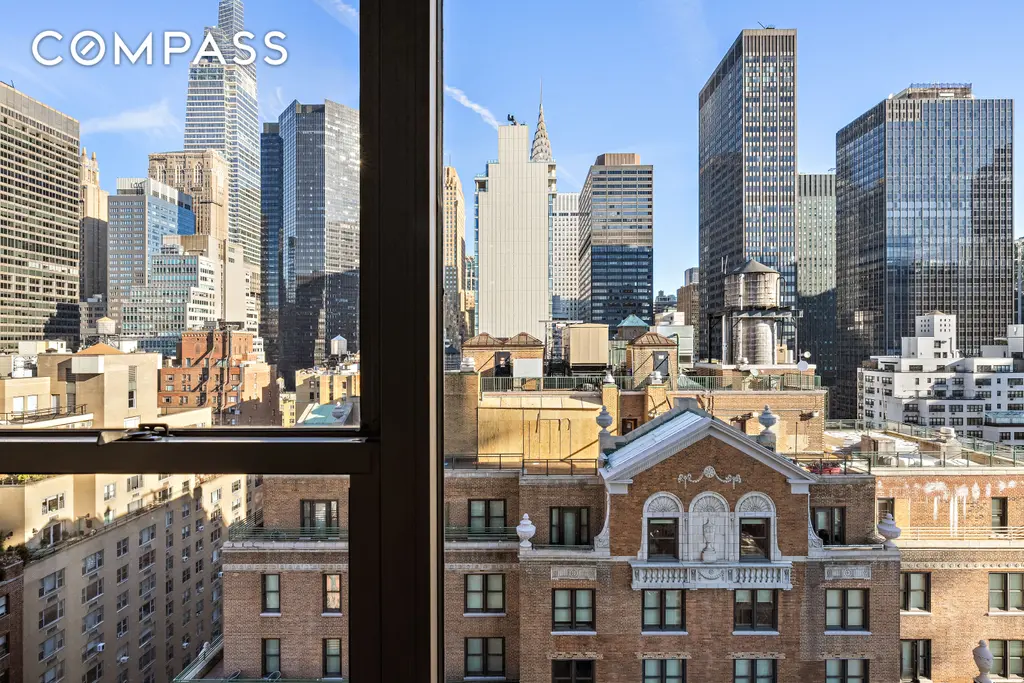
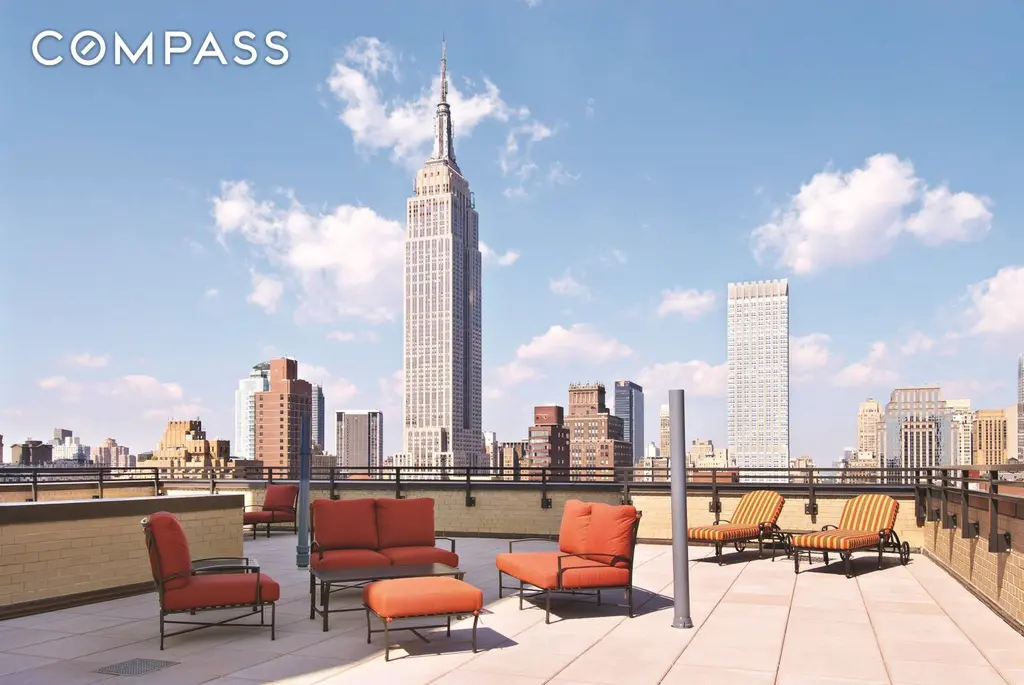
425 Central Park West, #3E
$599,000
Central Park West | Condominium | Studio, 1 Bath | 550 ft2Open House: Sunday, March 24, 2024
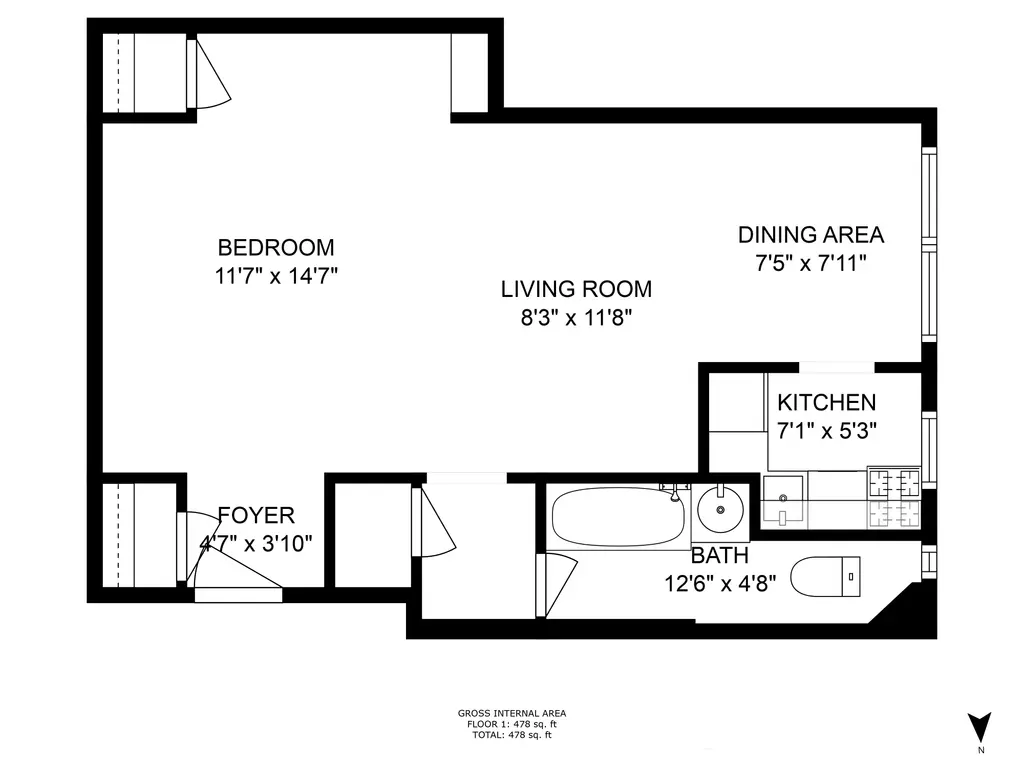
425 Central Park West, #3E (Compass)
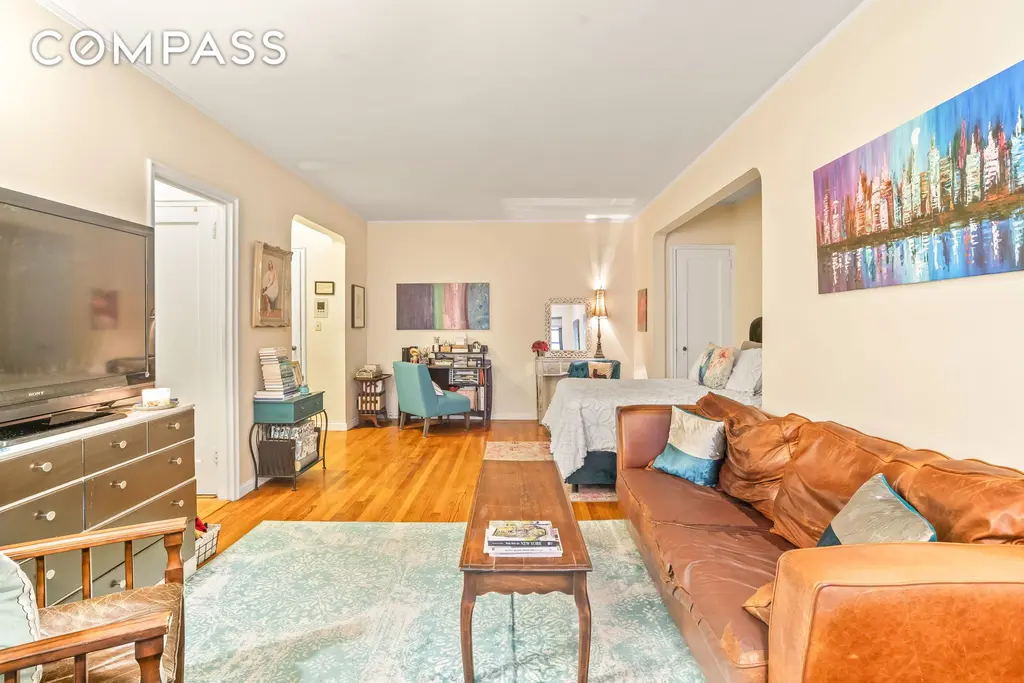

330 East 79th Street, #3F
$595,000
Lenox Hill | Cooperative | 1 Bedroom, 1 BathOpen House: Sunday, March 24, 2024
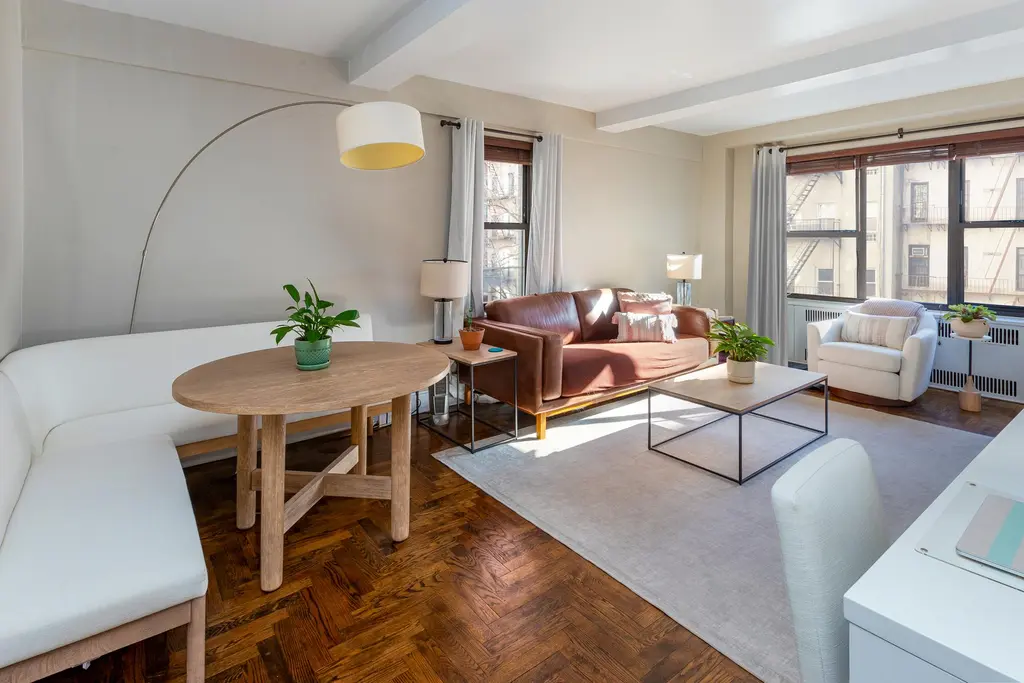
330 East 79th Street, #3F (Douglas Elliman Real Estate)
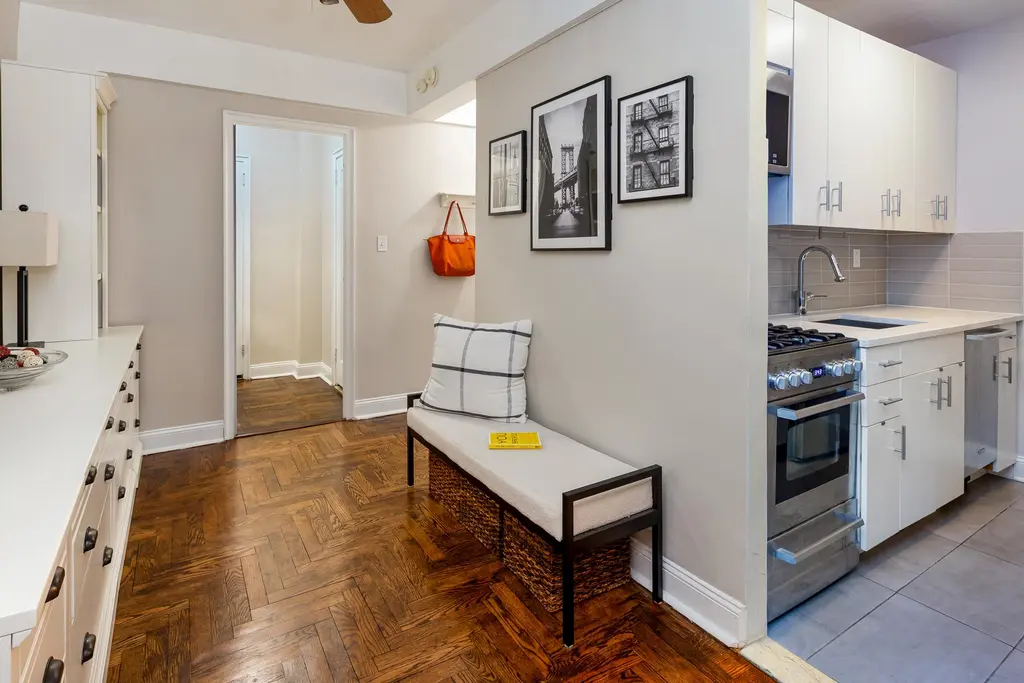
311 East 71st Street, #9F
$400,000
Lenox Hill | Cooperative | 1 Bedroom, 1 Bath | 900 ft2Open House: Sunday, March 24, 2024
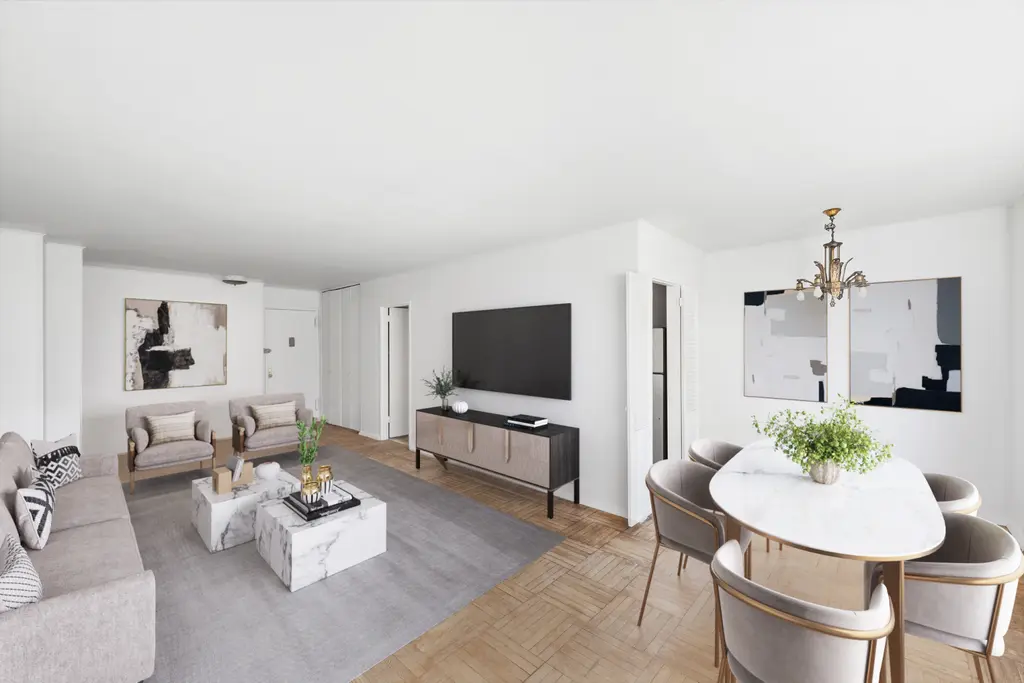
311 East 71st Street, #9F (Serhant LLC)
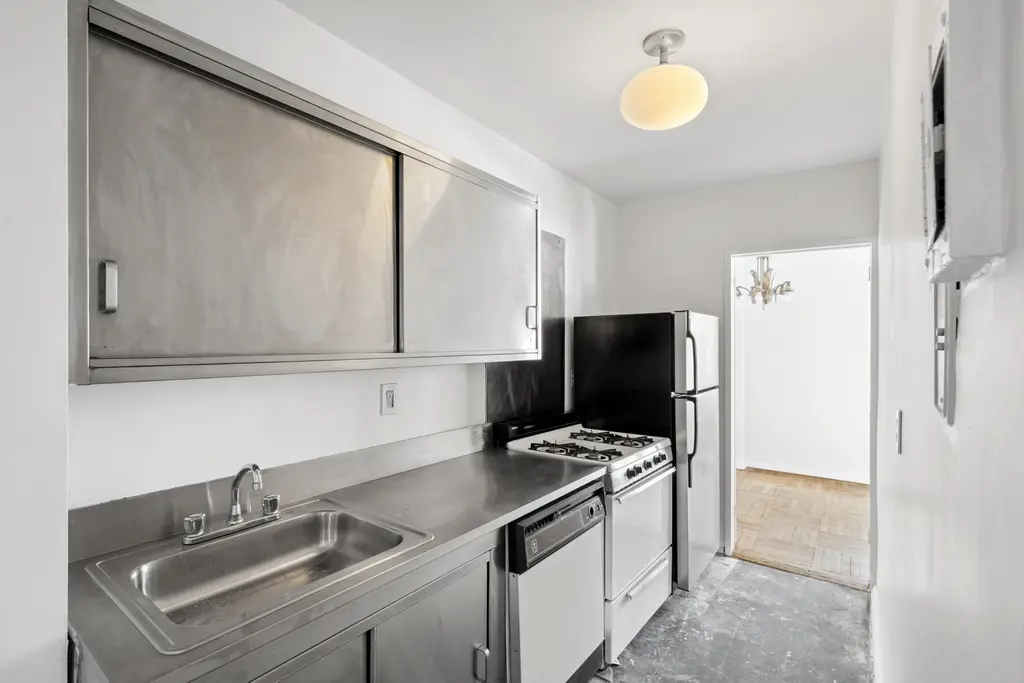
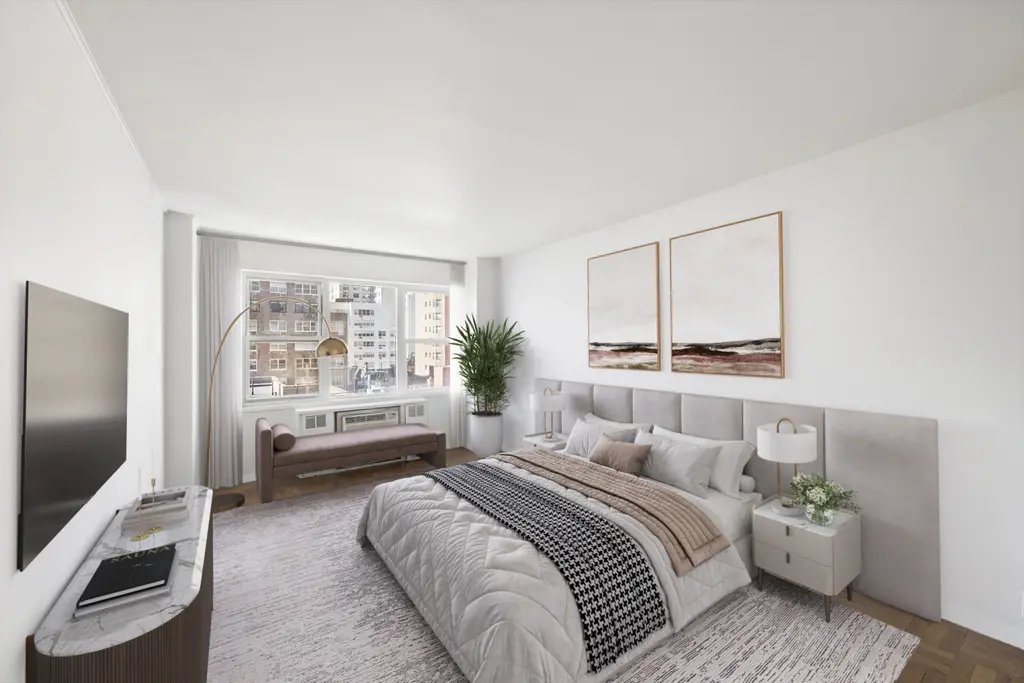
Prospect Tower, #1020
$399,000
Turtle Bay/United Nations | Cooperative | Studio, 1 BathOpen House: Sunday, March 24, 2024
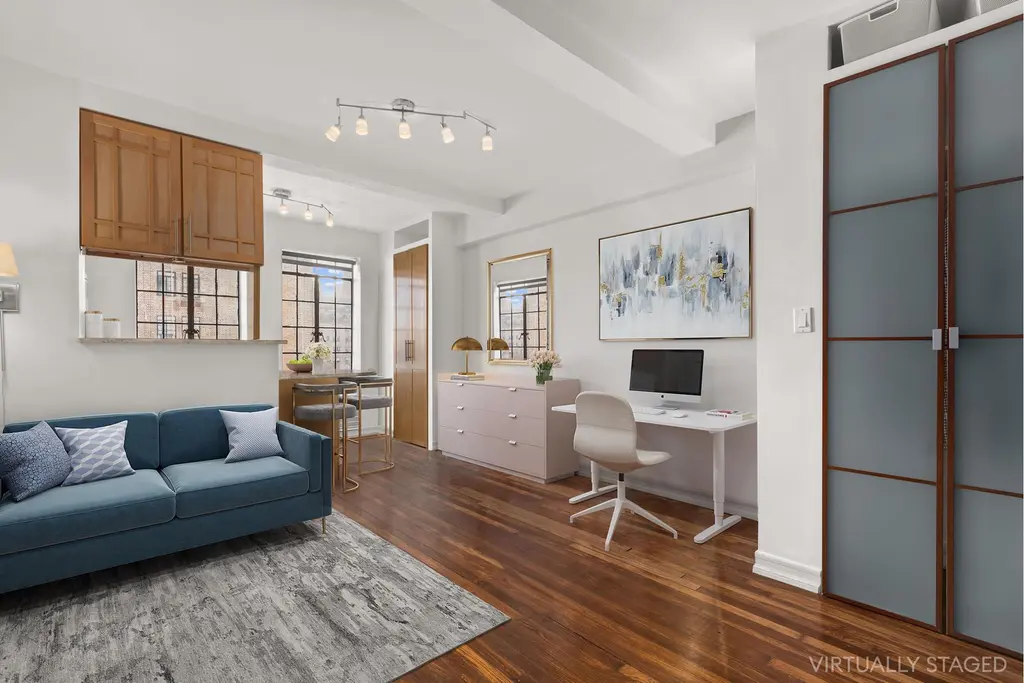
Prospect Tower, #1020 (Douglas Elliman Real Estate)
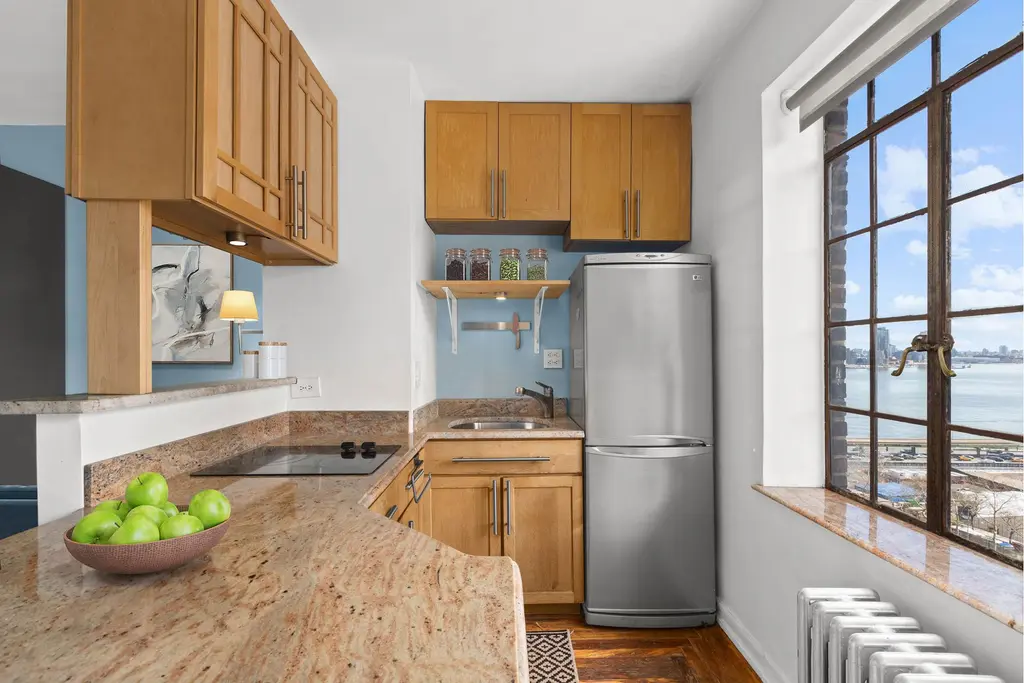
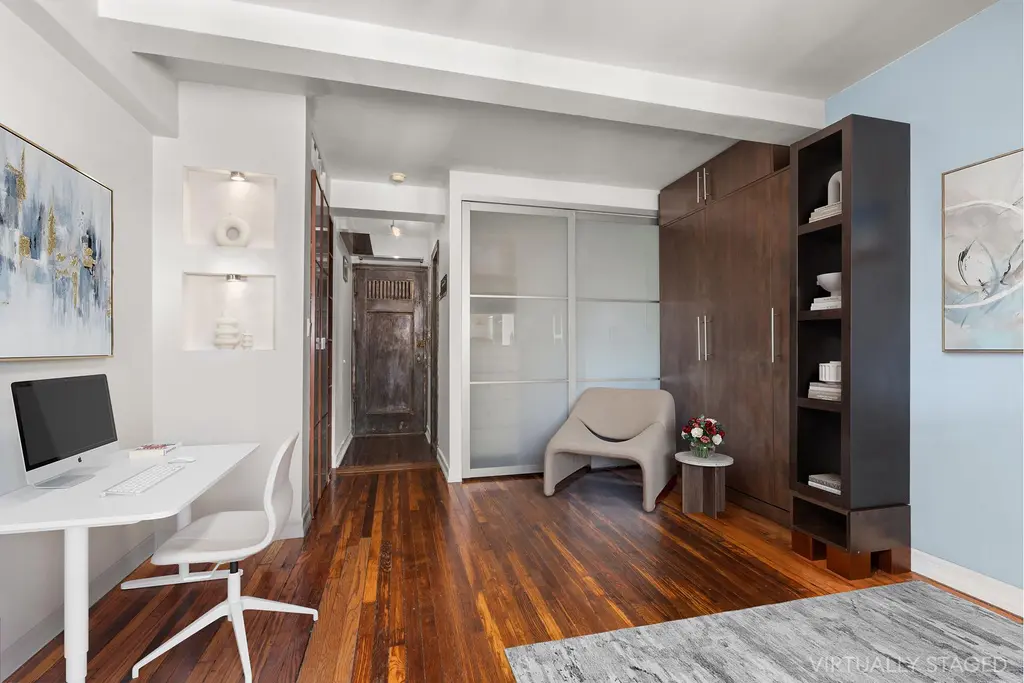
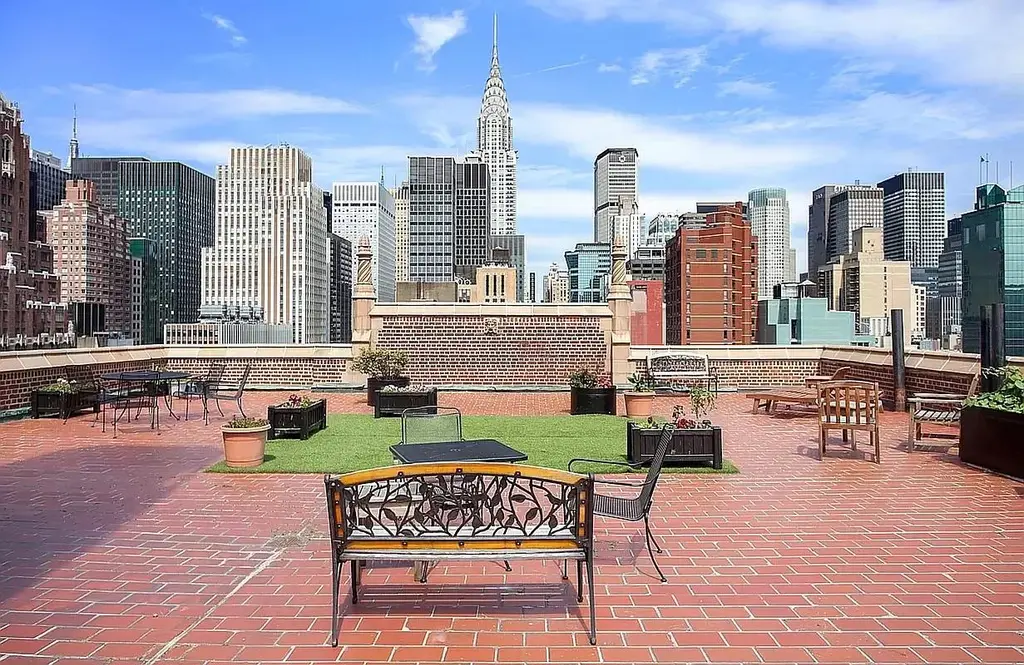
241 East 76th Street, #10G
$399,000 (-8.3%)
Lenox Hill | Cooperative | Studio, 1 BathOpen House: Saturday, March 23, 2024
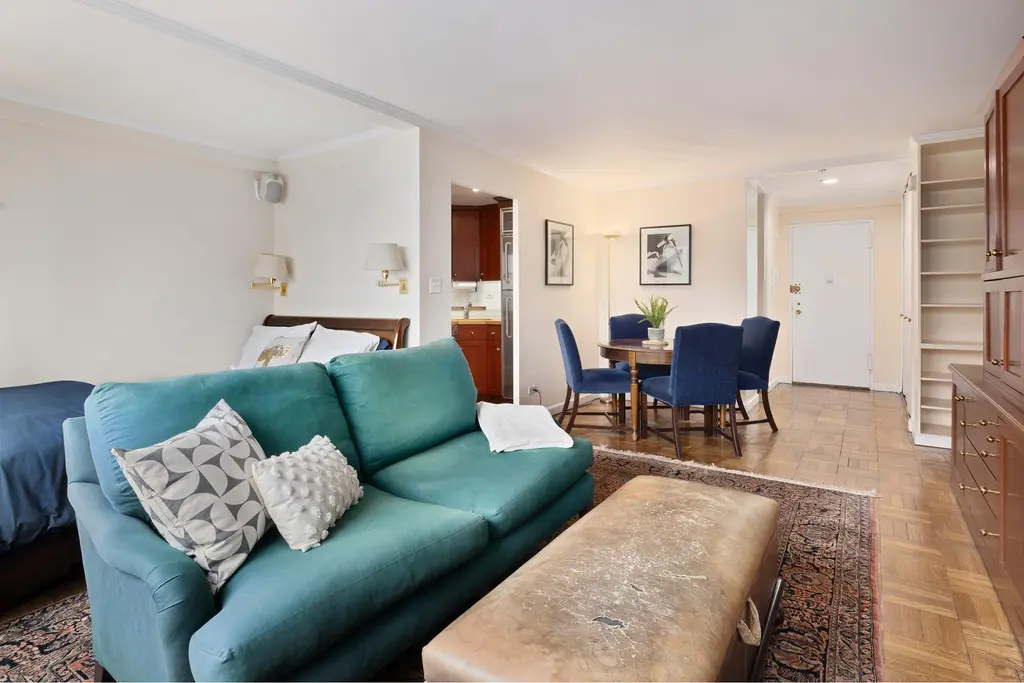
241 East 76th Street, #10G (Douglas Elliman Real Estate)
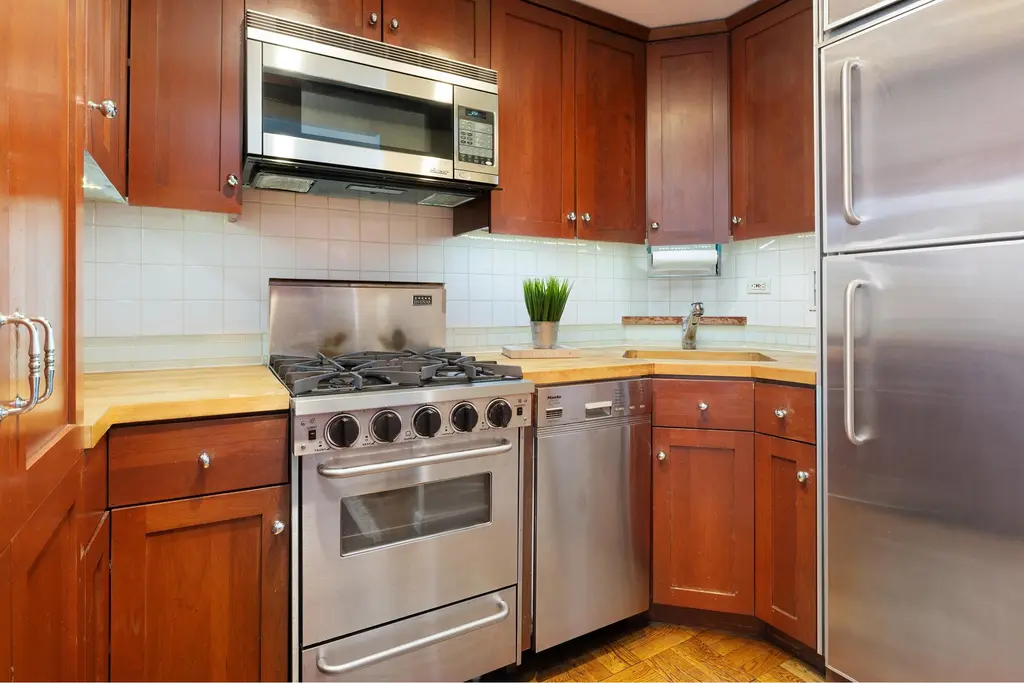
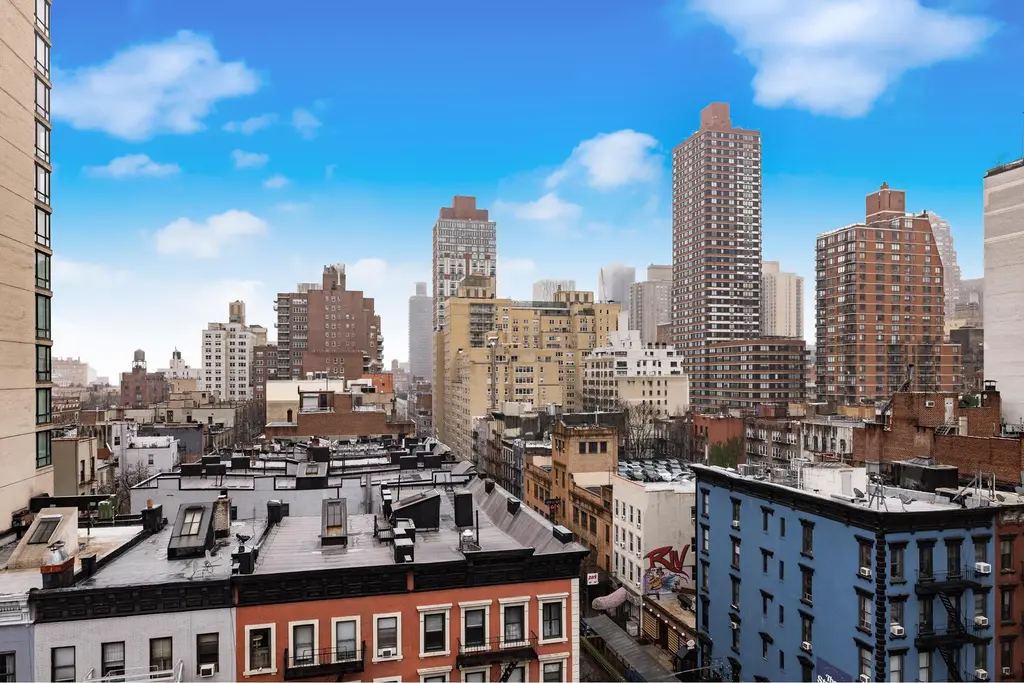
333 East 53rd Street, #1D
$350,000 (-6.7%)
Midtown East | Cooperative | Studio, 1 BathOpen House: Sunday, March 24, 2024
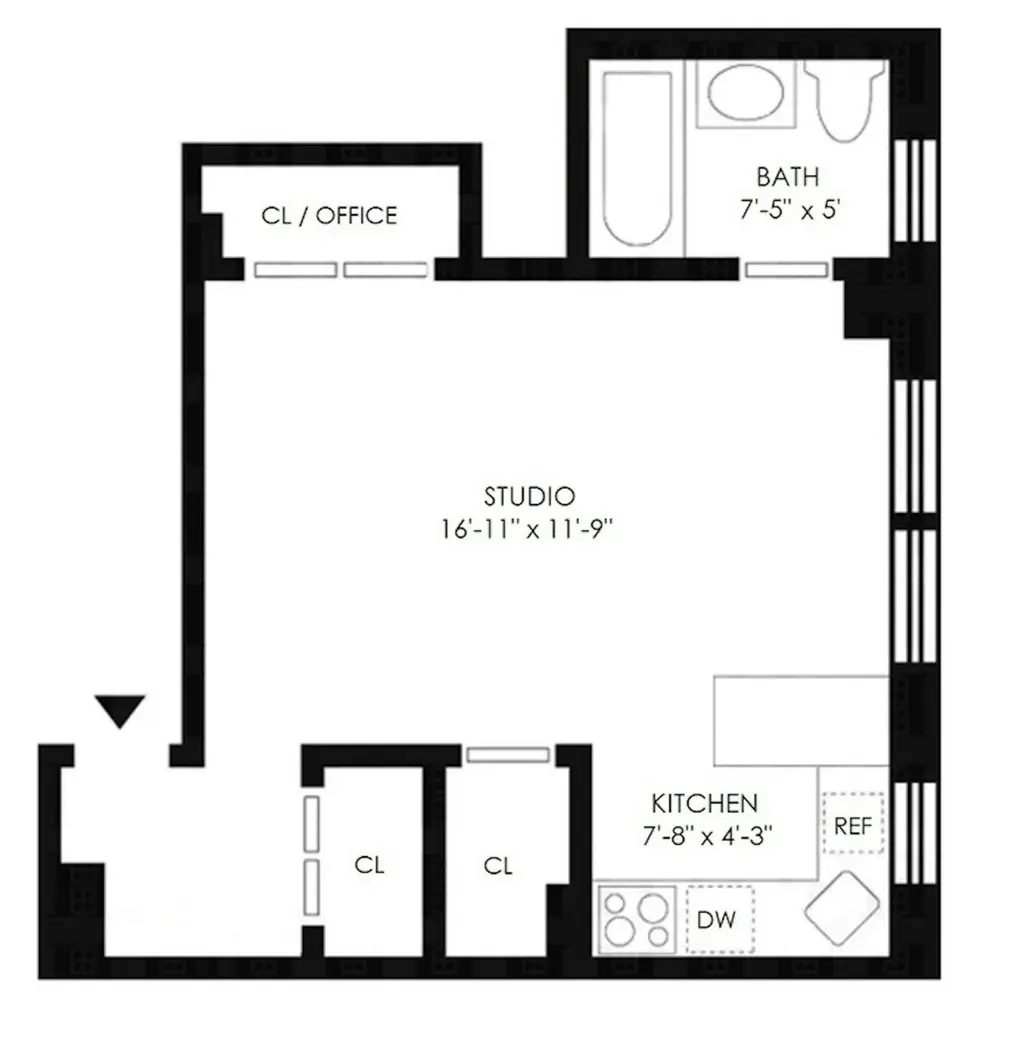
333 East 53rd Street, #1D (Brown Harris Stevens Residential Sales LLC)
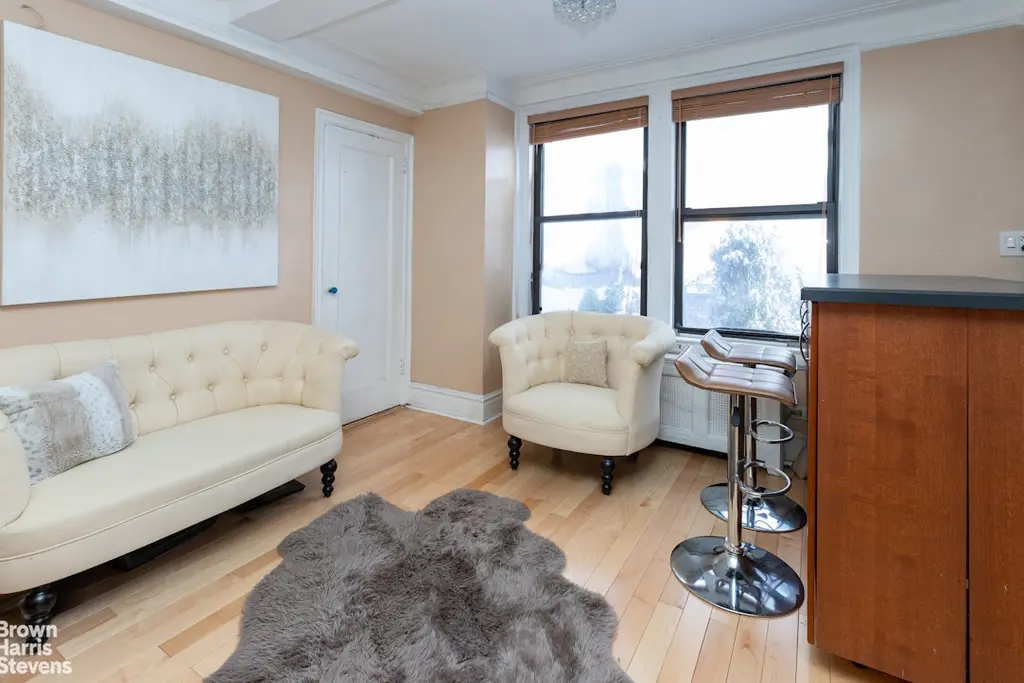
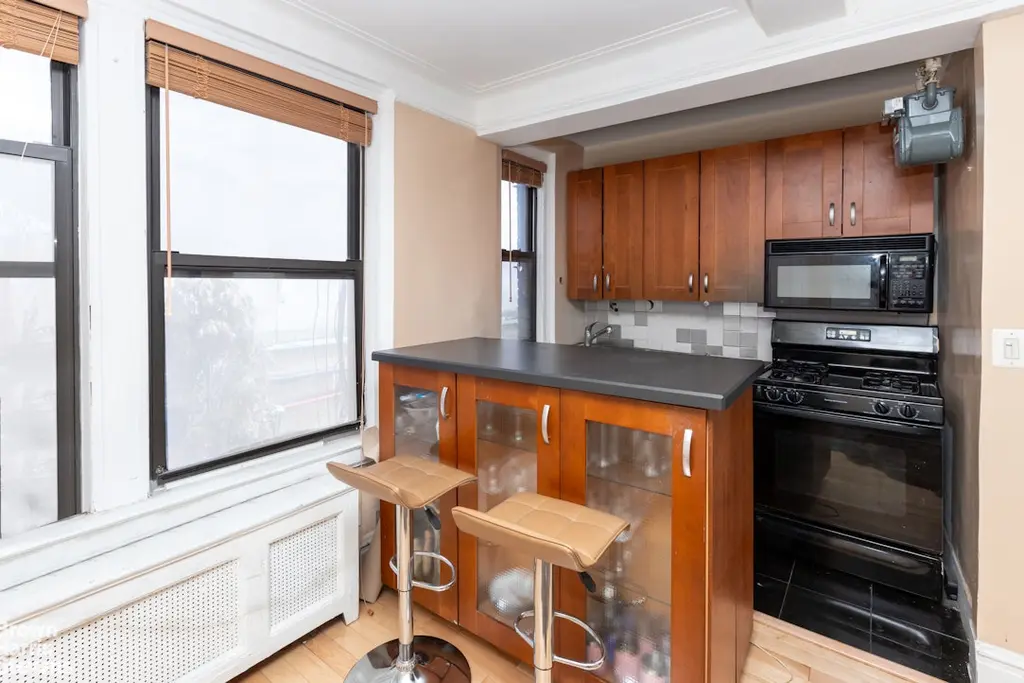
155 East 49th Street, #4E
$325,000
Midtown East | Cooperative | Studio, 1 BathOpen House: Sunday, March 24, 2024
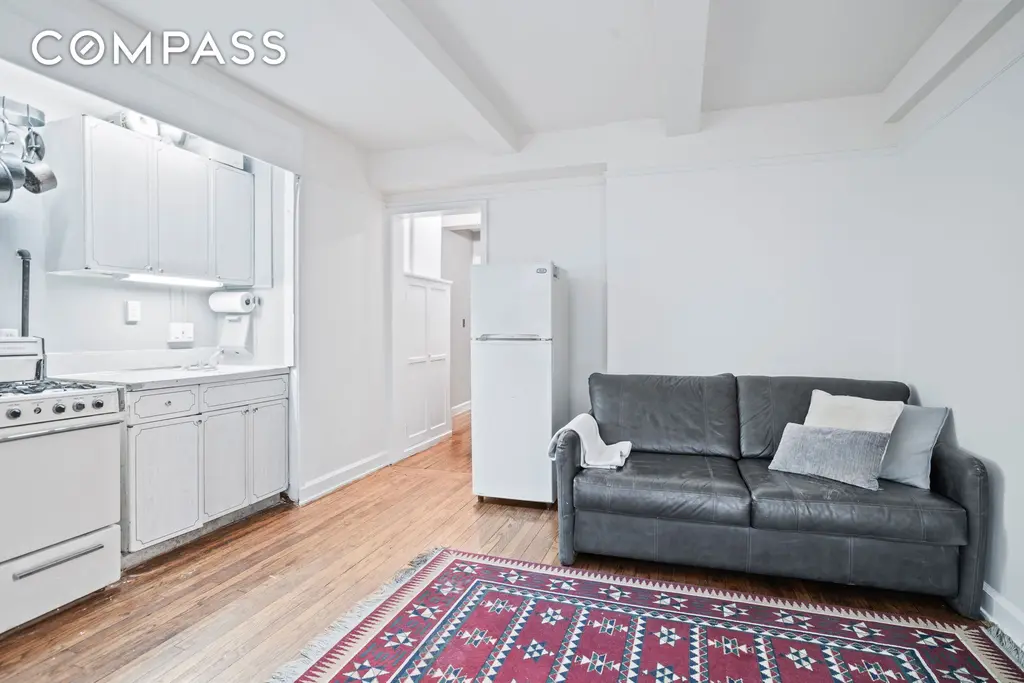
155 East 49th Street, #4E (Compass)
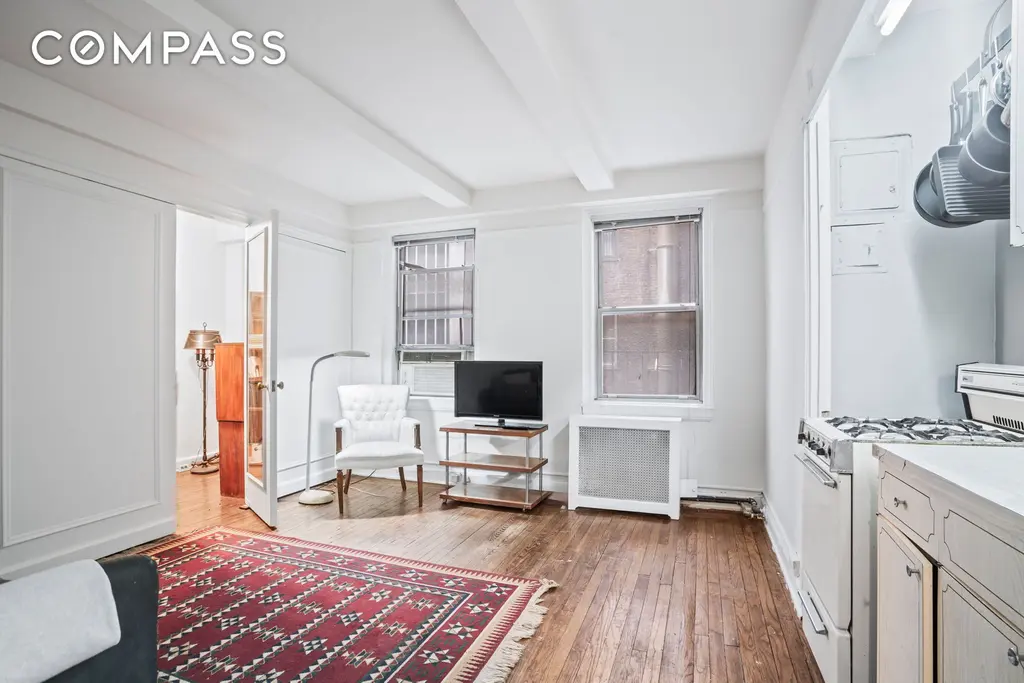
Would you like to tour any of these properties?
Just complete the info below.
Or call us at (212) 755-5544
Would you like to tour any of these properties?

Contributing Writer
Cait Etherington
Cait Etherington has over twenty years of experience working as a journalist and communications consultant. Her articles and reviews have been published in newspapers and magazines across the United States and internationally. An experienced financial writer, Cait is committed to exposing the human side of stories about contemporary business, banking and workplace relations. She also enjoys writing about trends, lifestyles and real estate in New York City where she lives with her family in a cozy apartment on the twentieth floor of a Manhattan high rise.

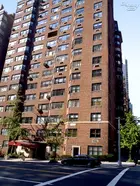
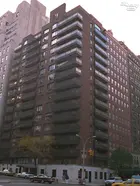
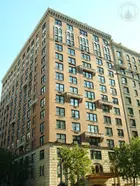
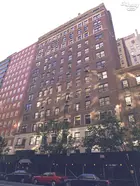
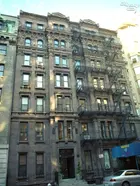
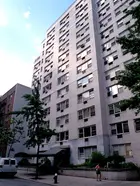
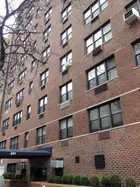
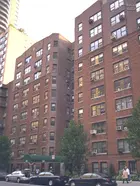
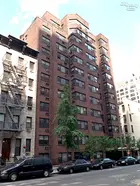
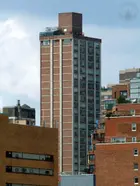
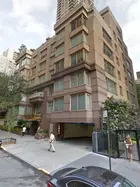
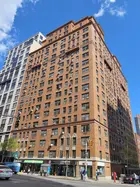

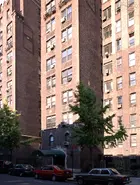

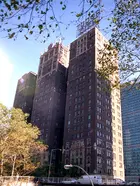
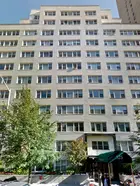
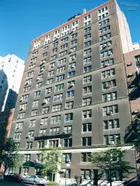
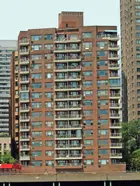
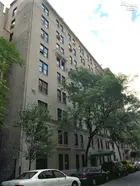
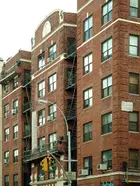

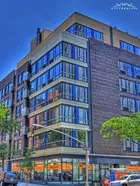
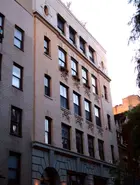
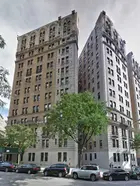


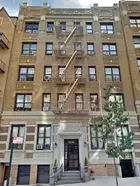

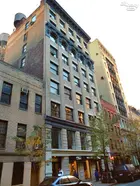
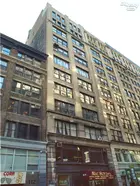
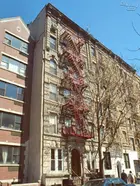
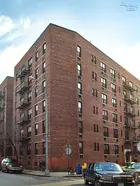

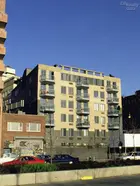

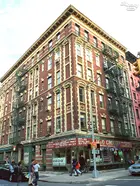
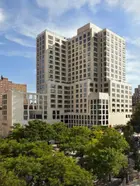

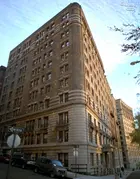
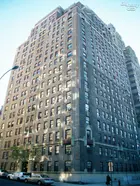
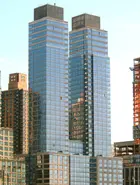



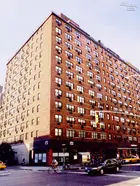
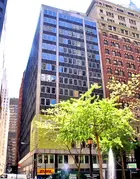
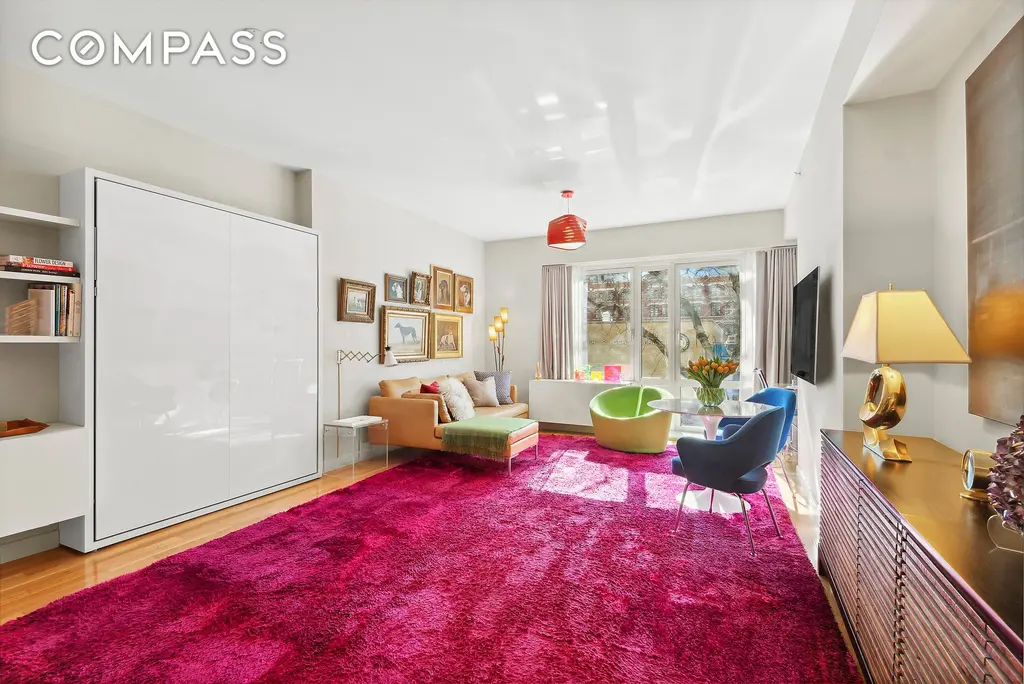
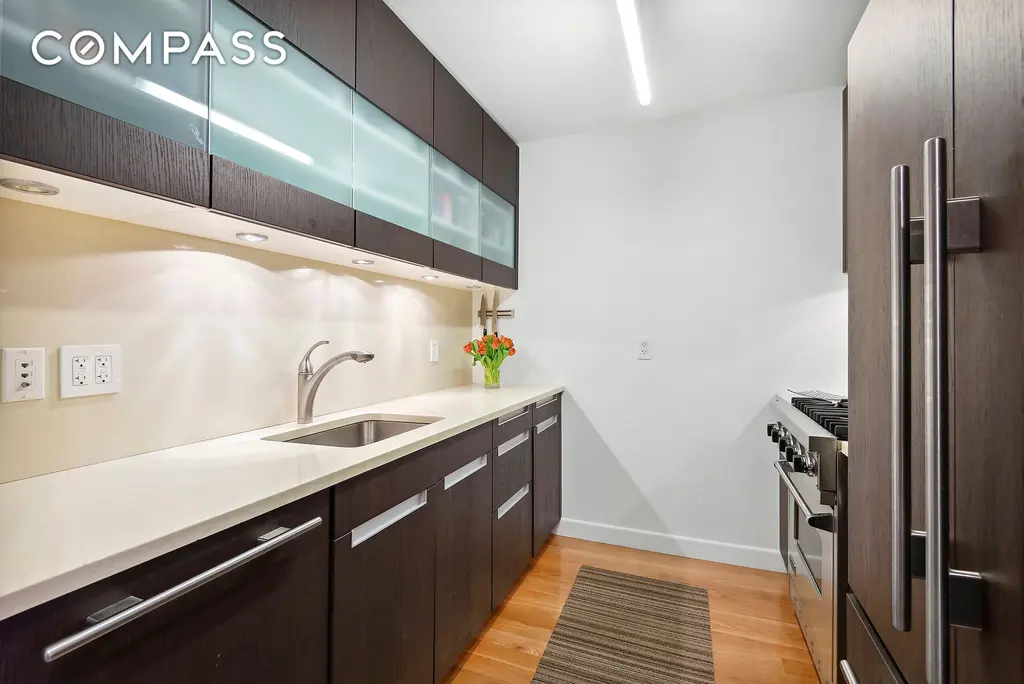
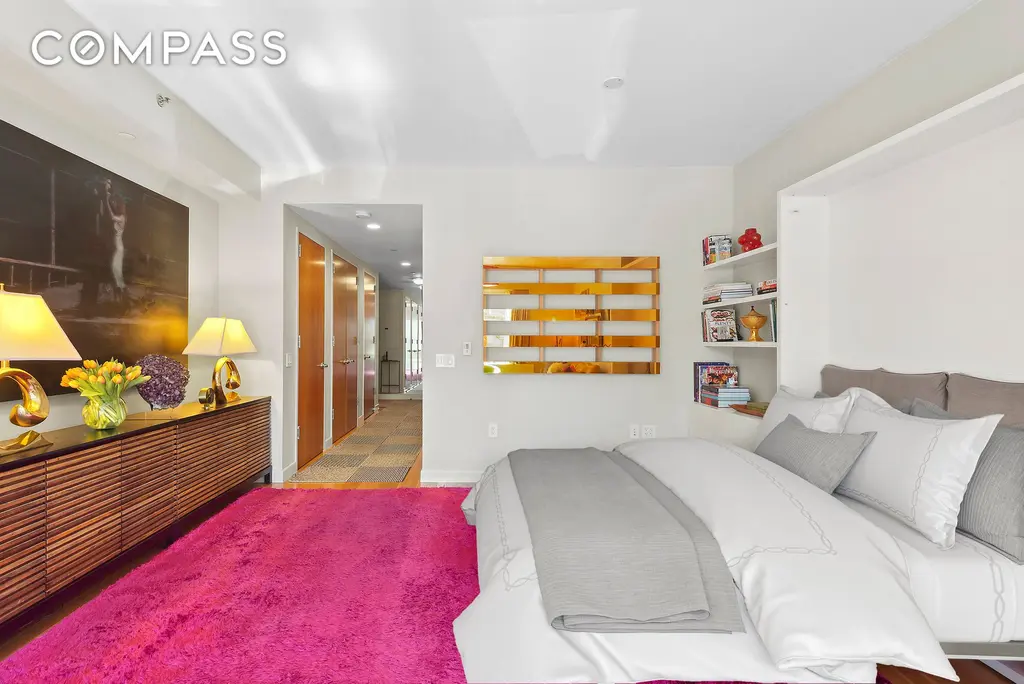
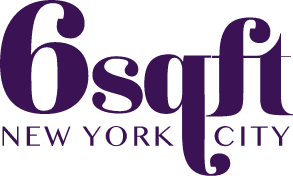 6sqft delivers the latest on real estate, architecture, and design, straight from New York City.
6sqft delivers the latest on real estate, architecture, and design, straight from New York City.
